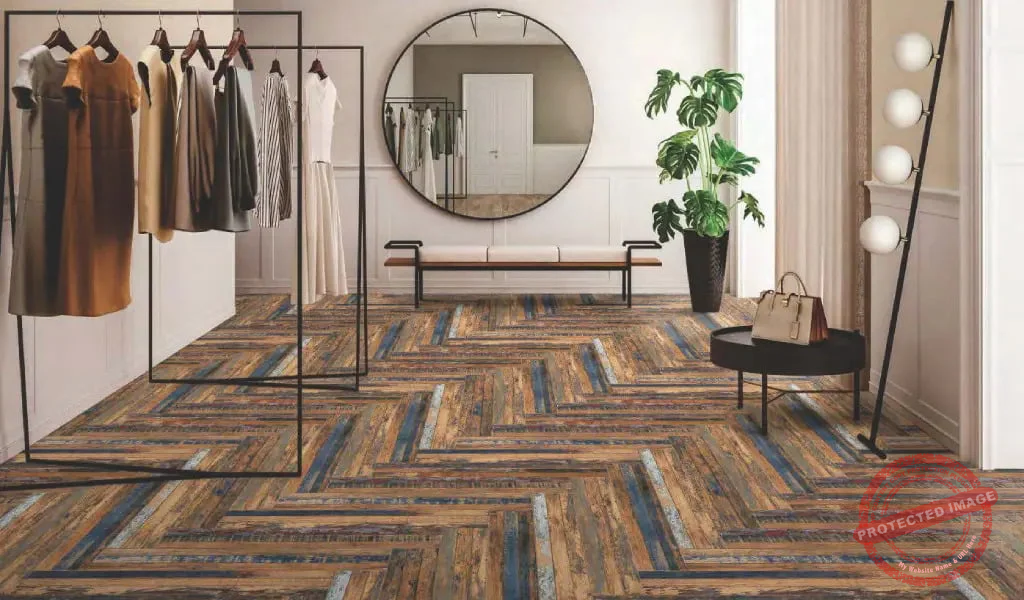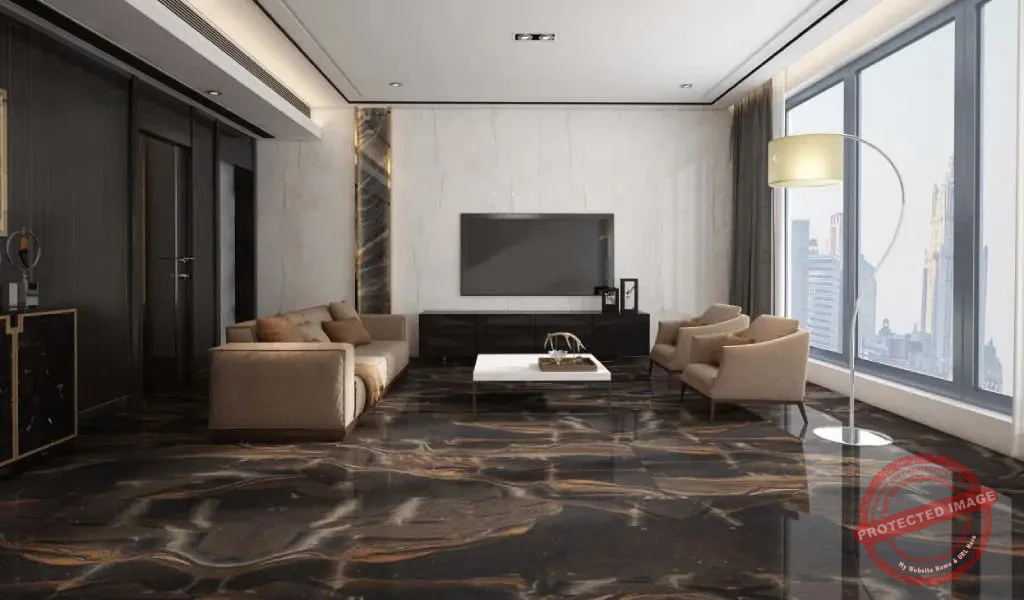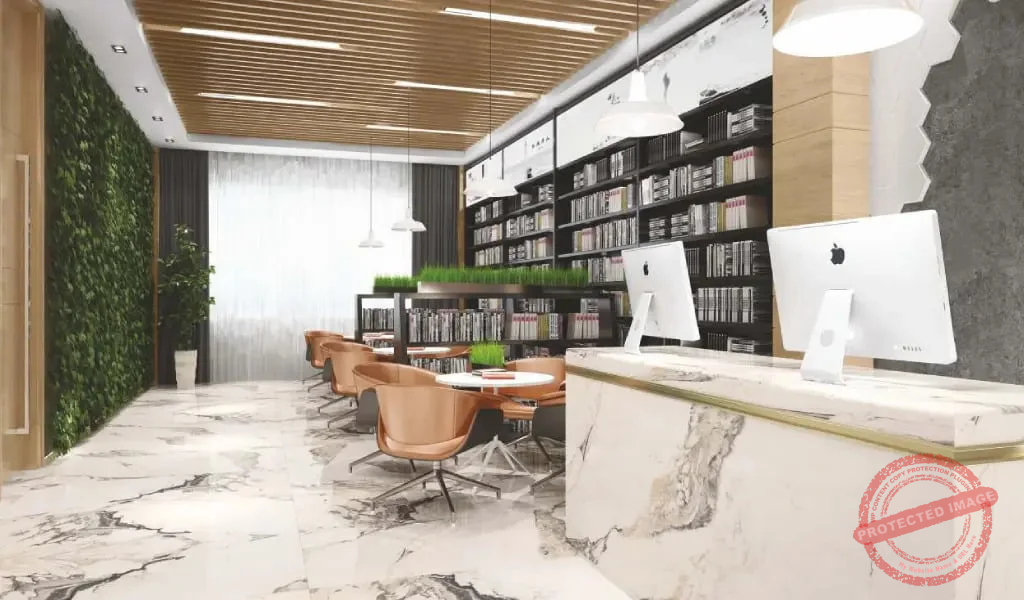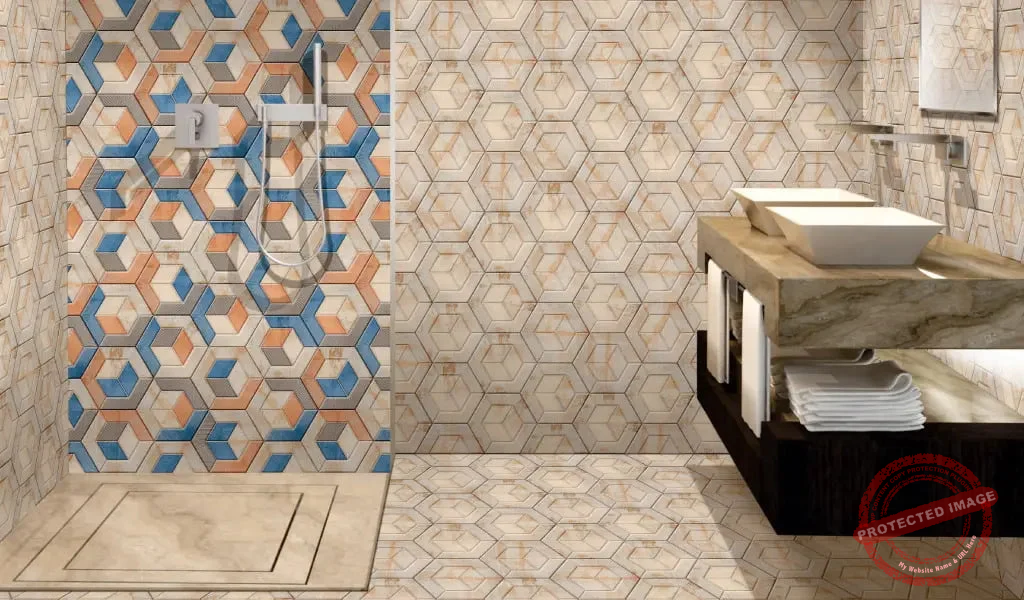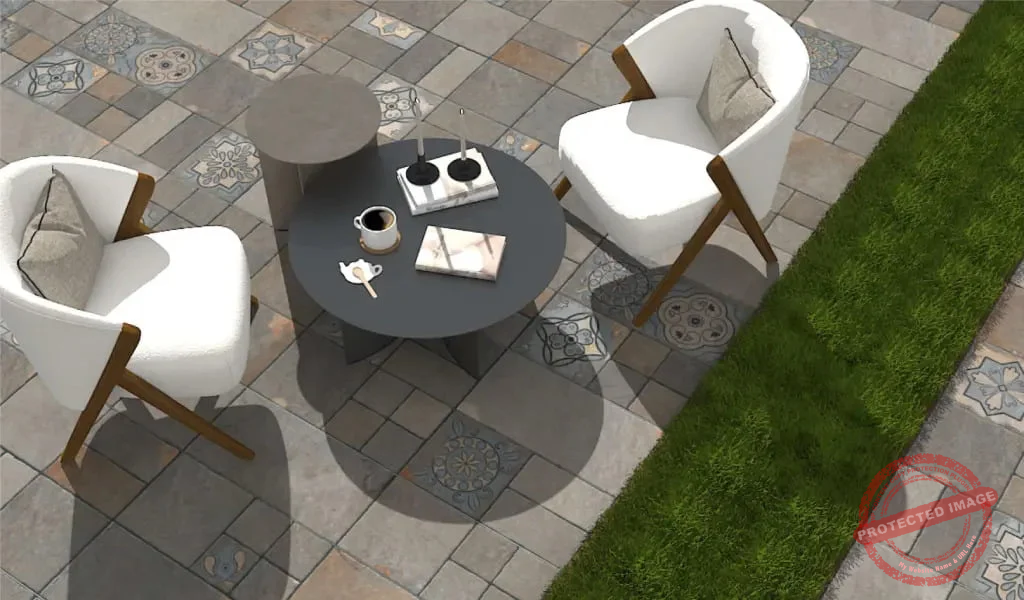Fetching....
Morbi-ICPL is a leading B2B platform specializing in high-quality ceramic tiles and construction materials. As part of Ishan Ceramics Pvt Ltd, we cater to bulk buyers, ensuring competitive pricing, seamless ordering, and expert guidance. With our deep market expertise and strong manufacturer relationships, we deliver cost-effective and innovative solutions to businesses across India.
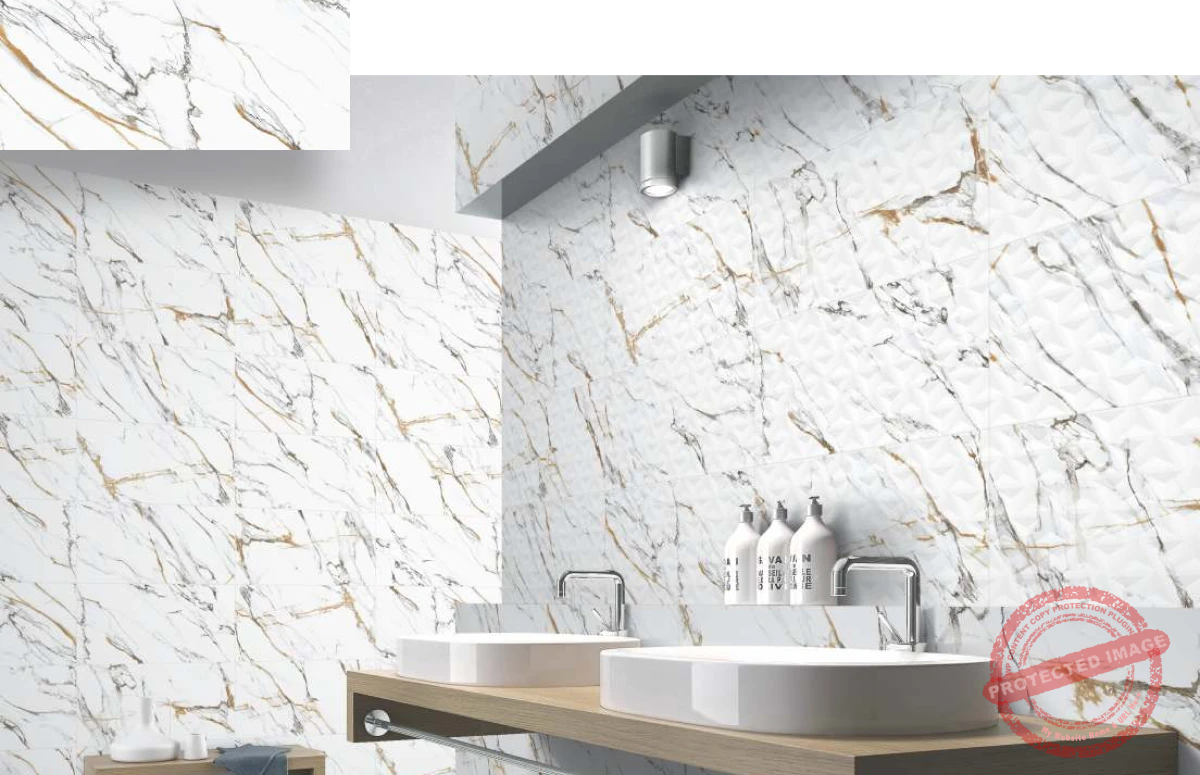
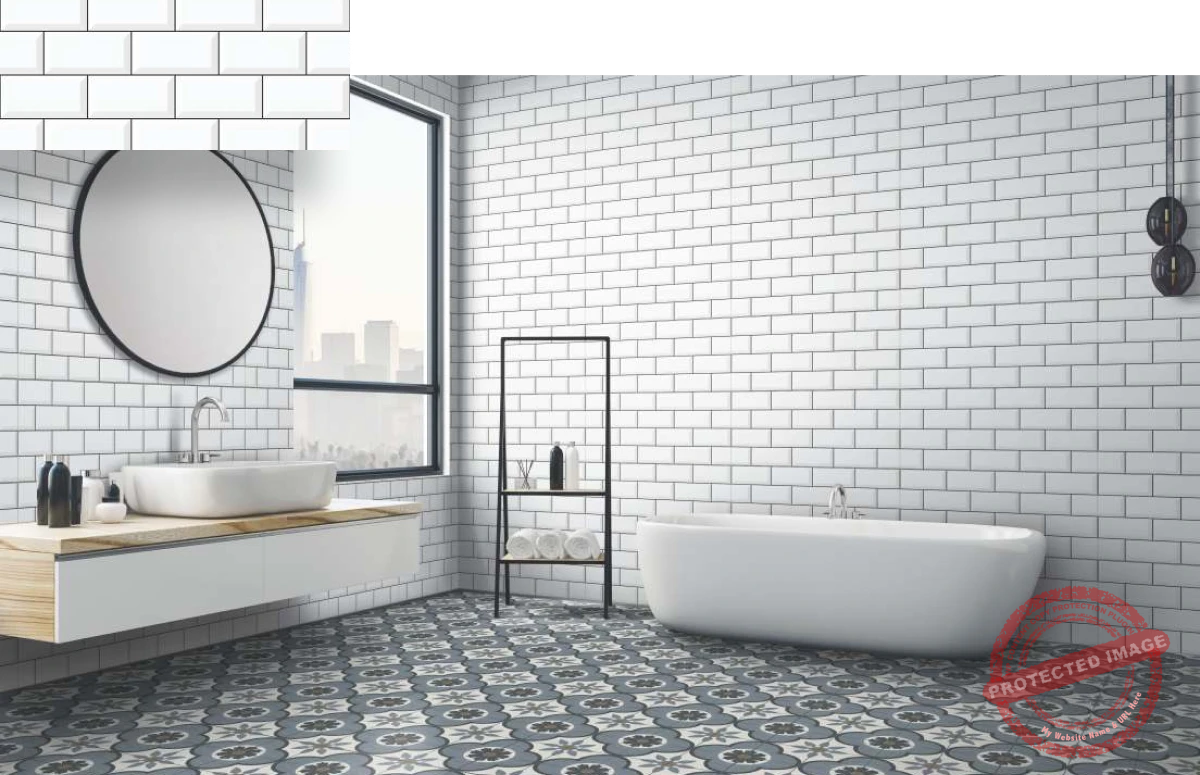
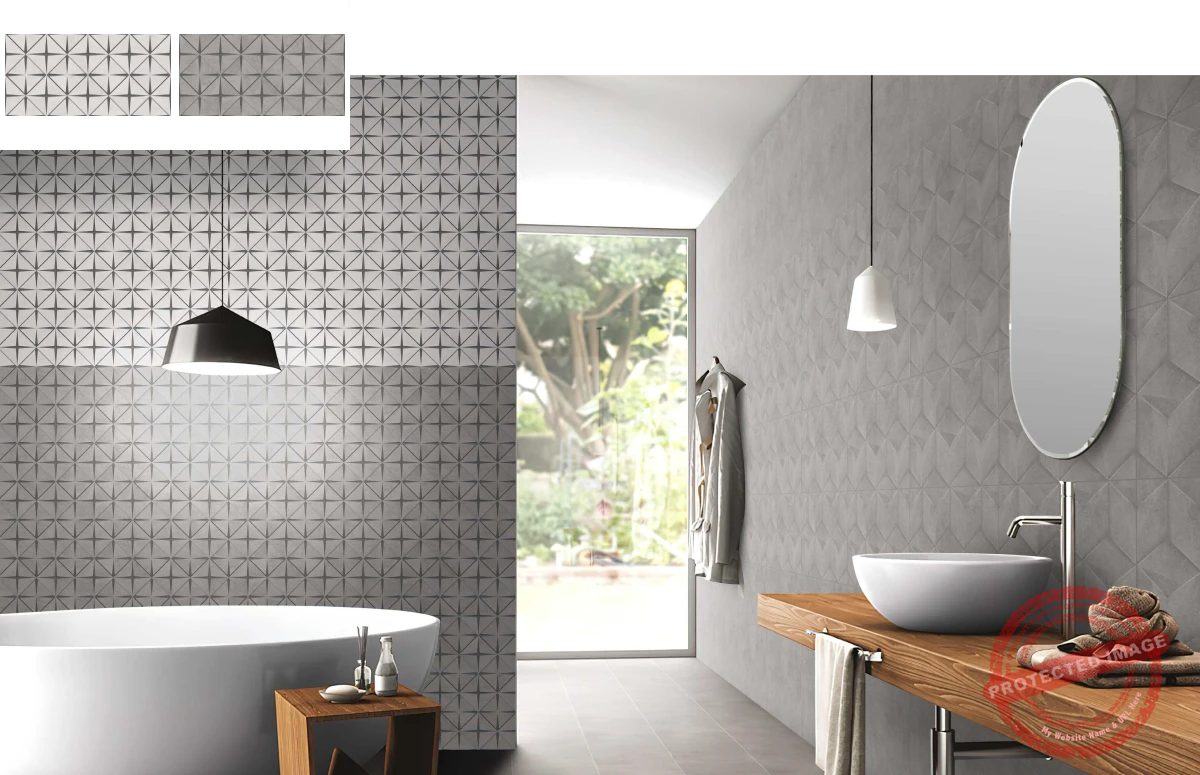
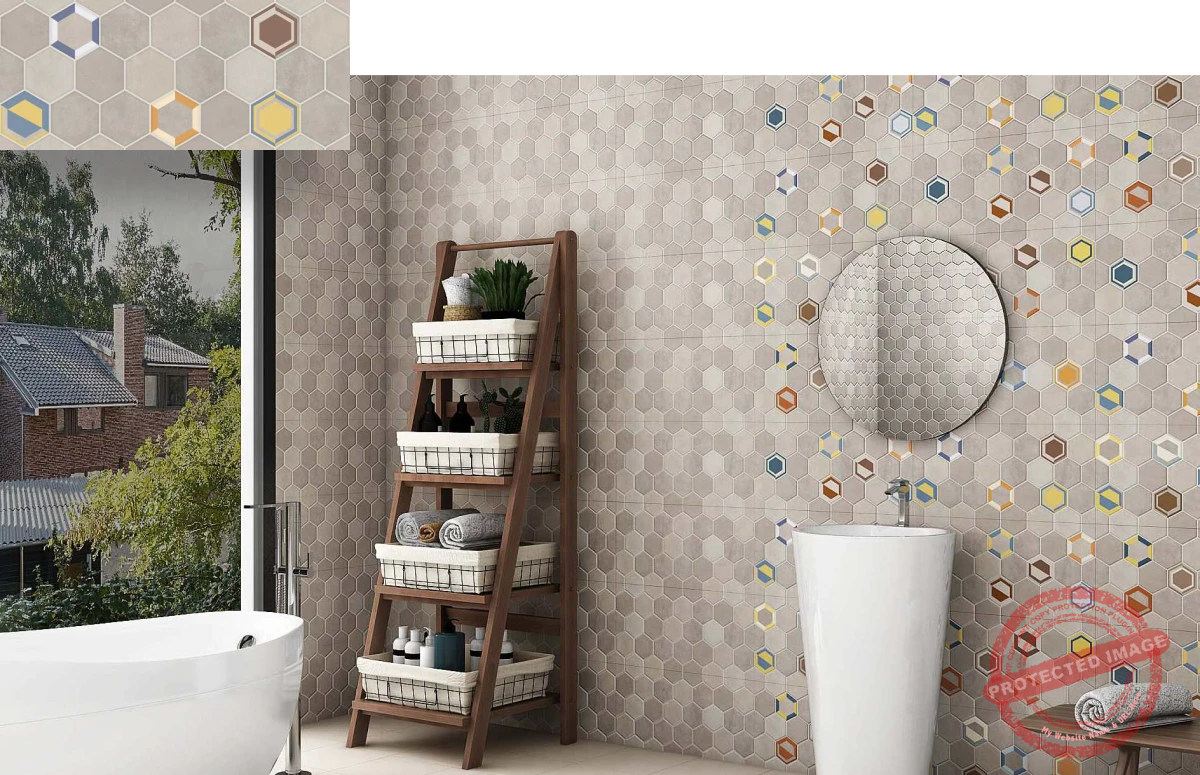
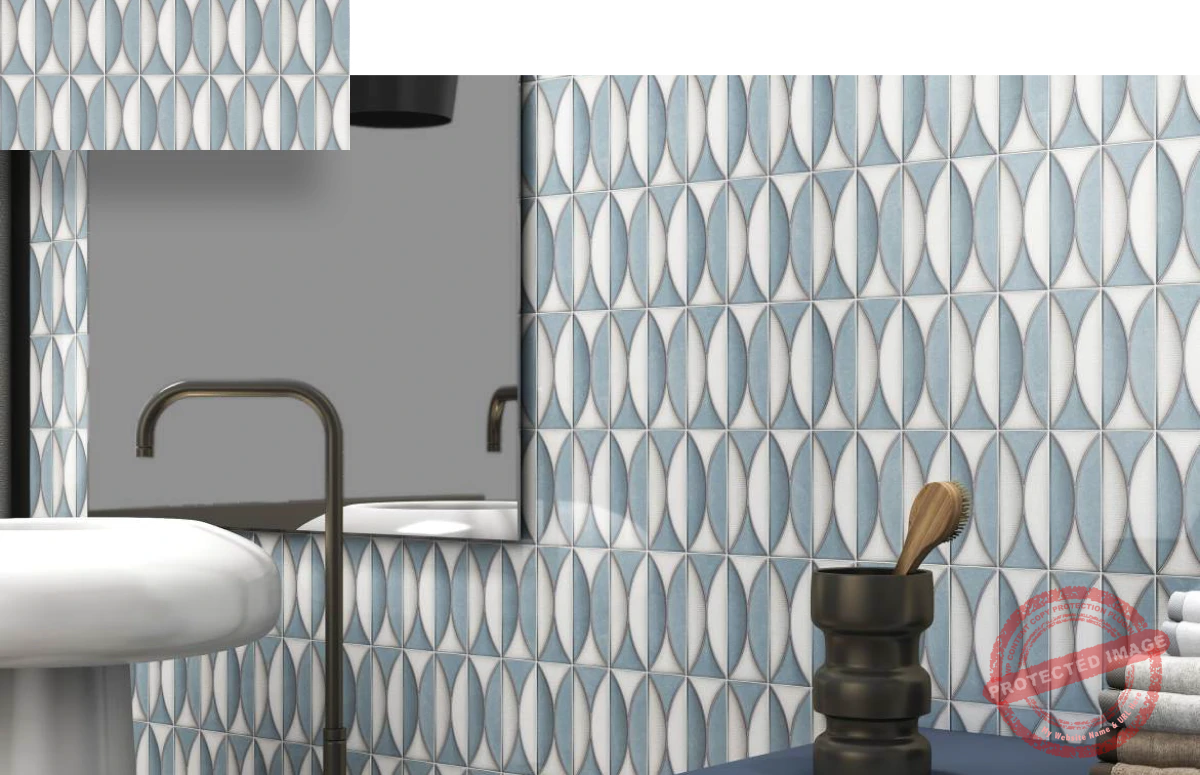
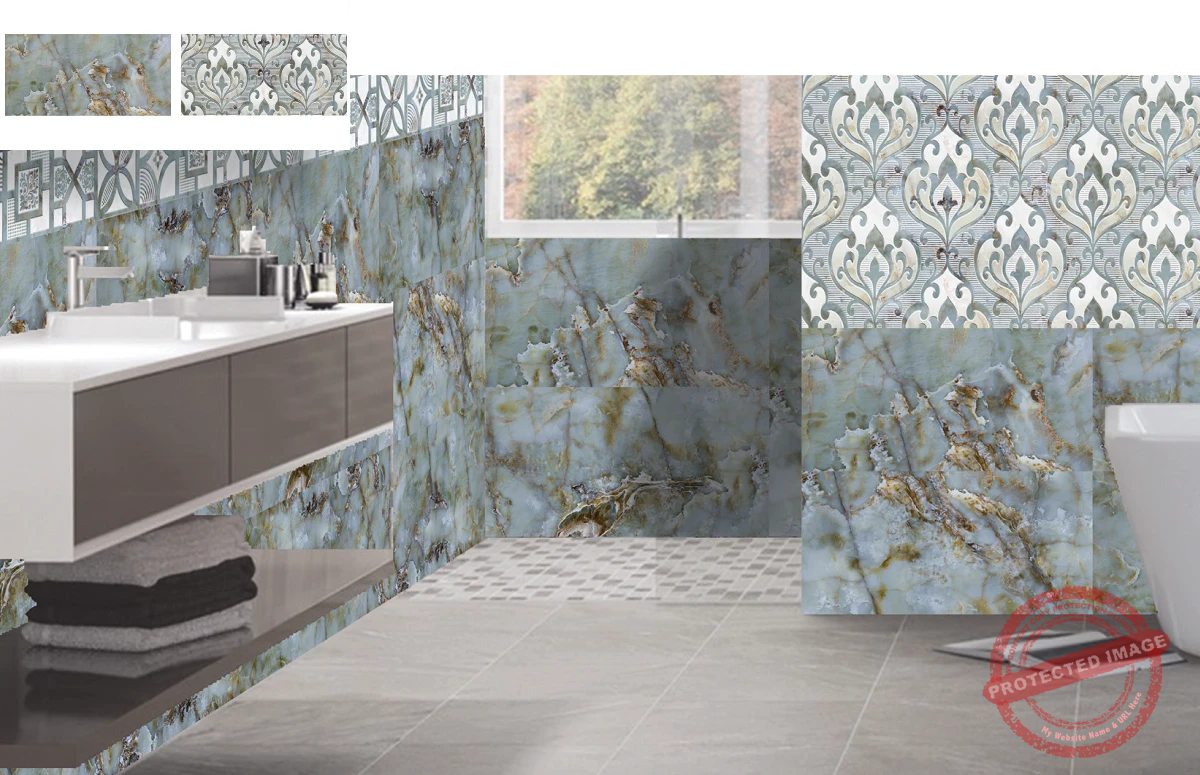
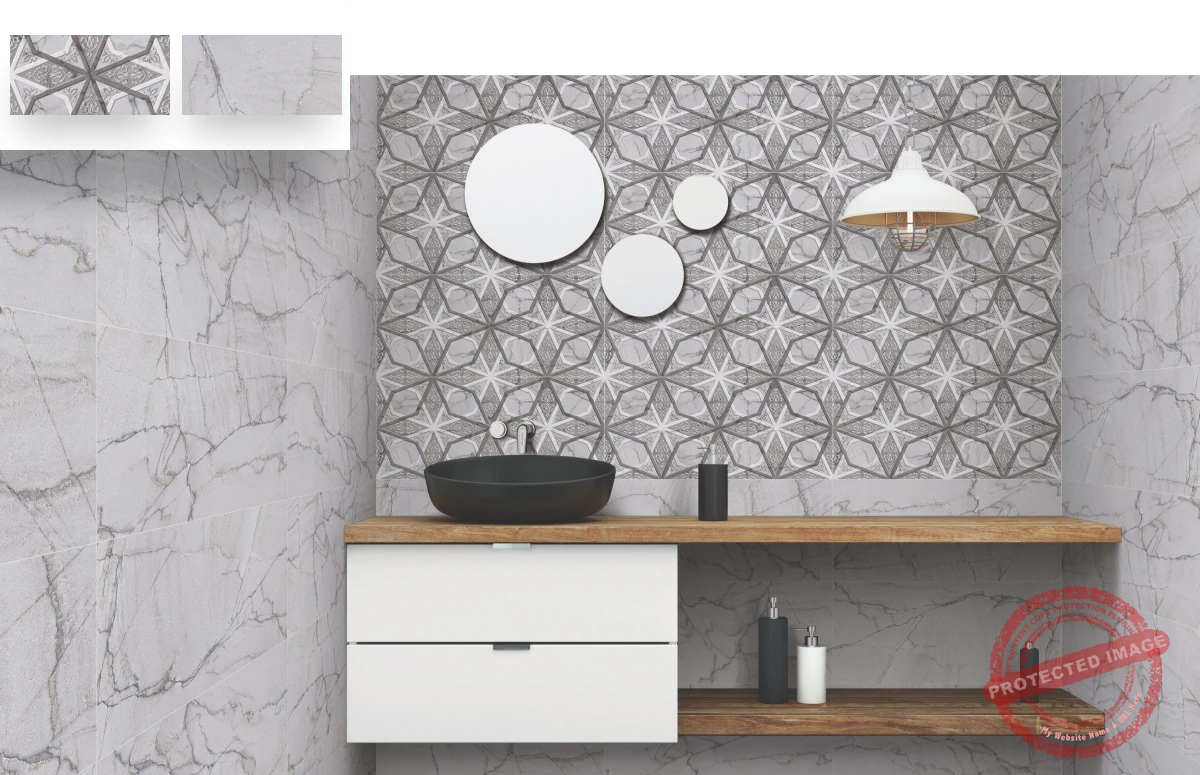
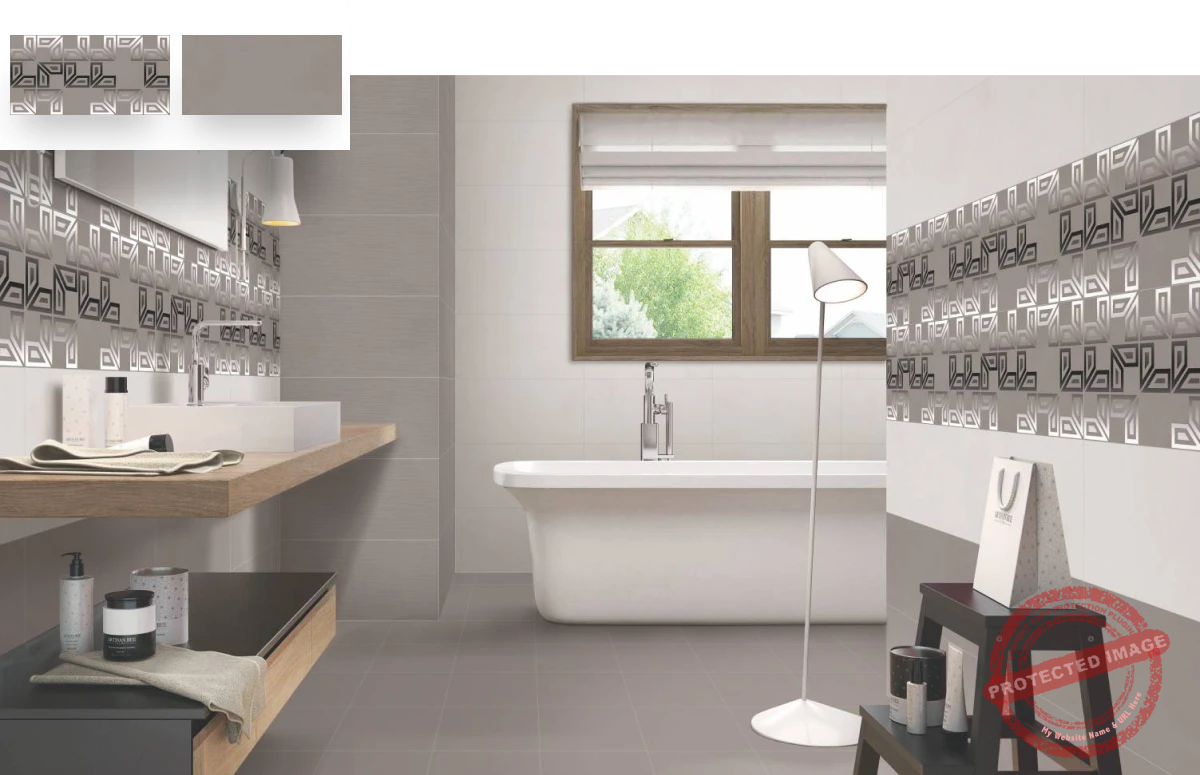
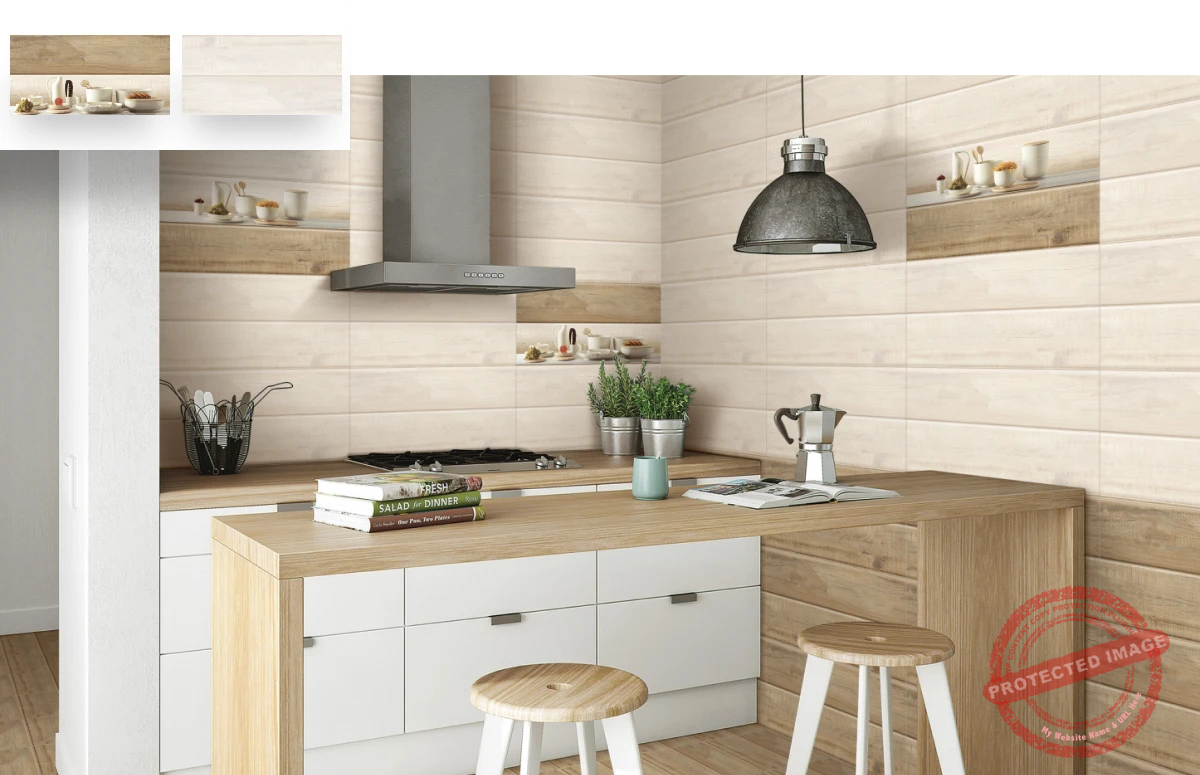
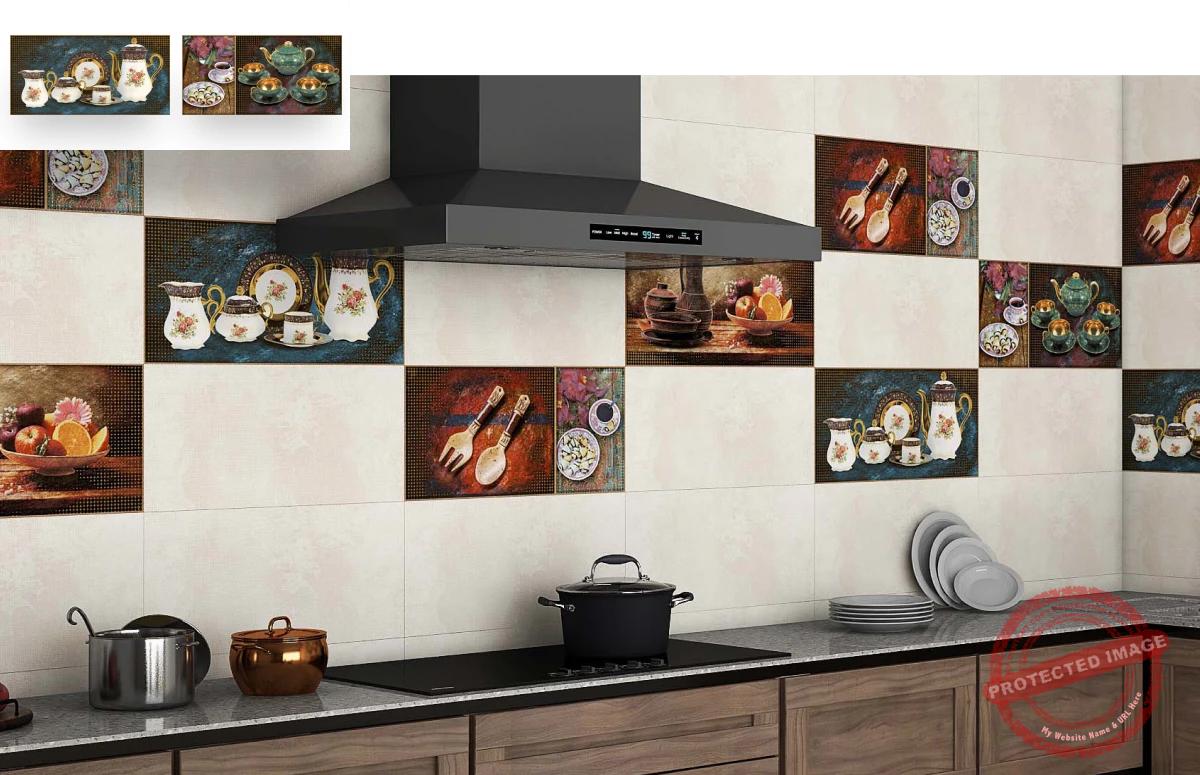
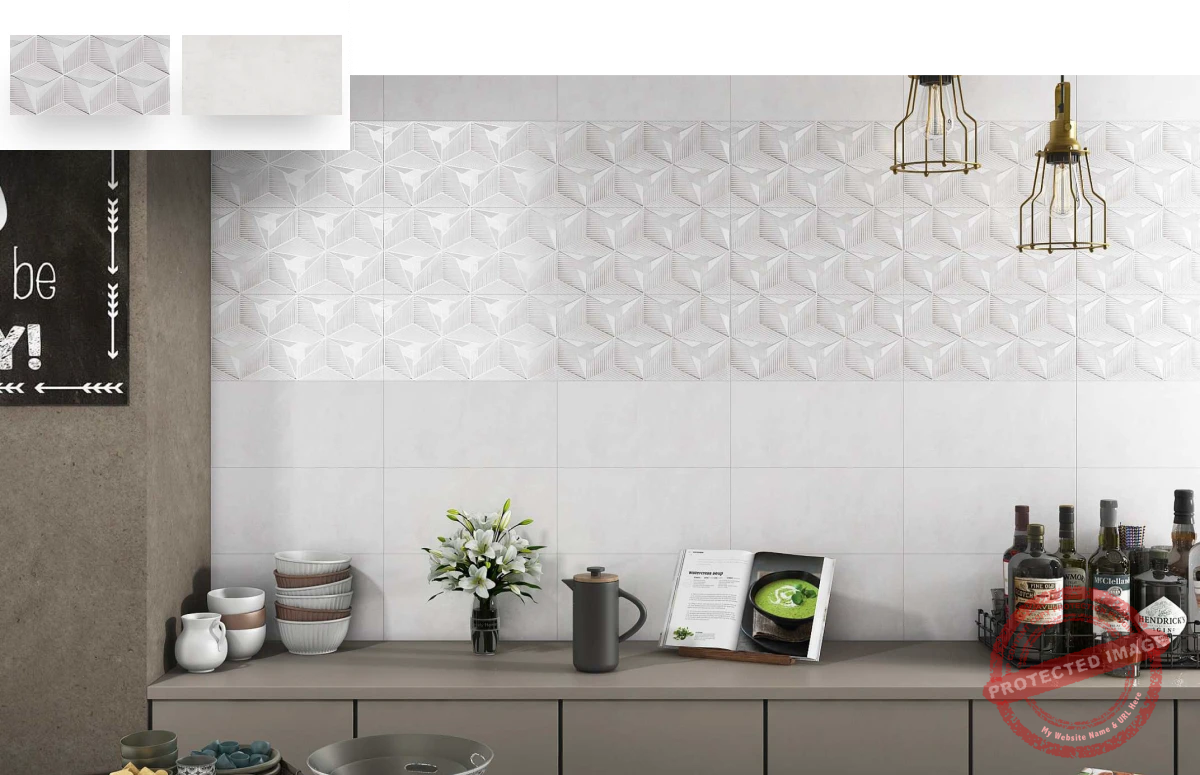
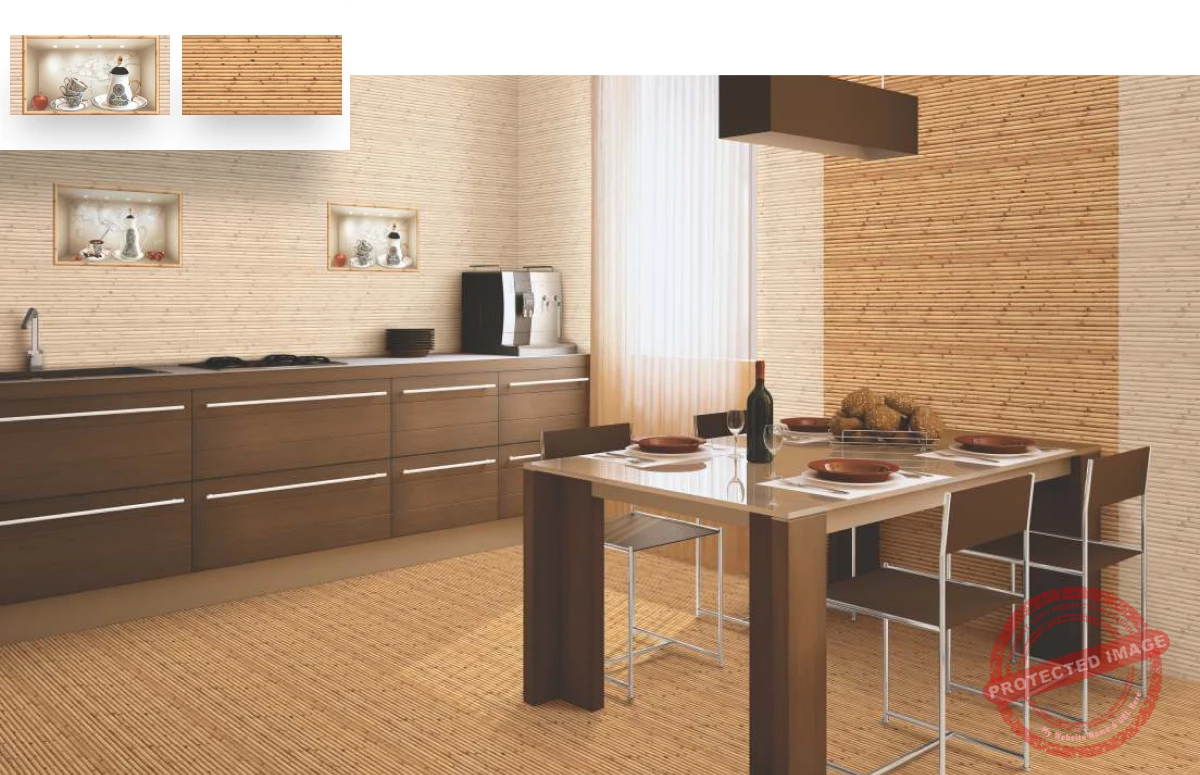
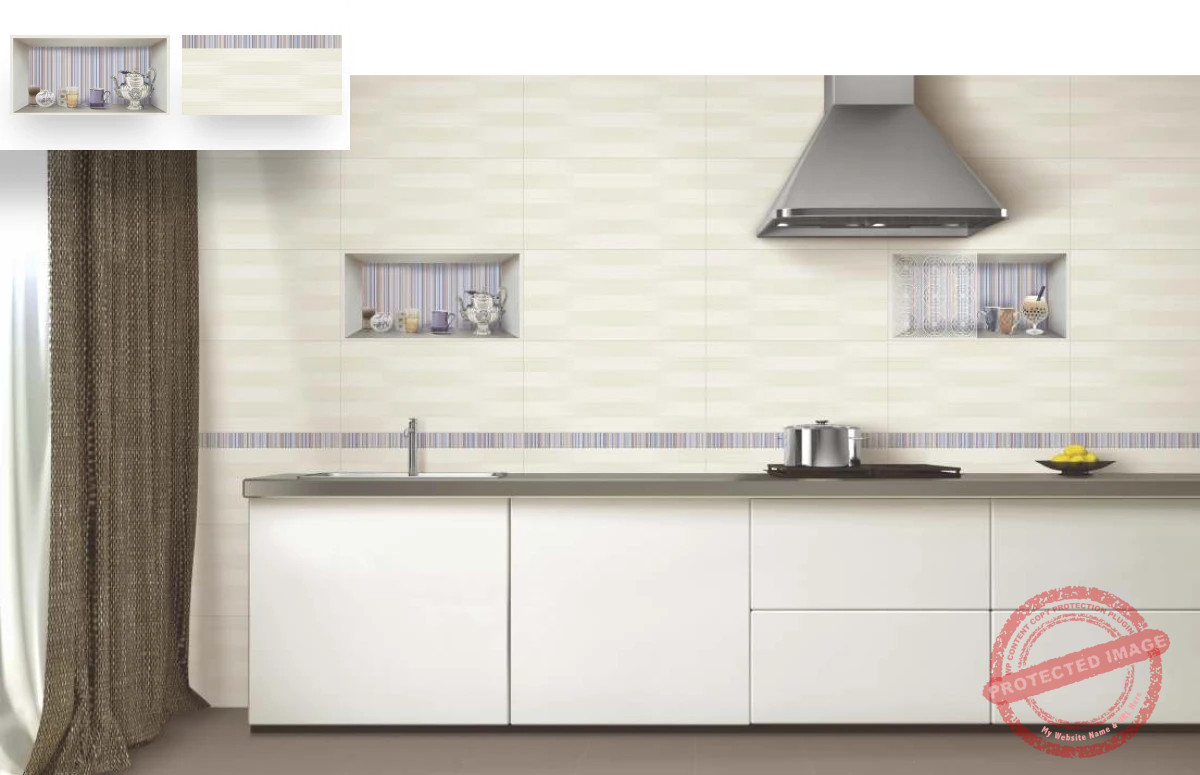
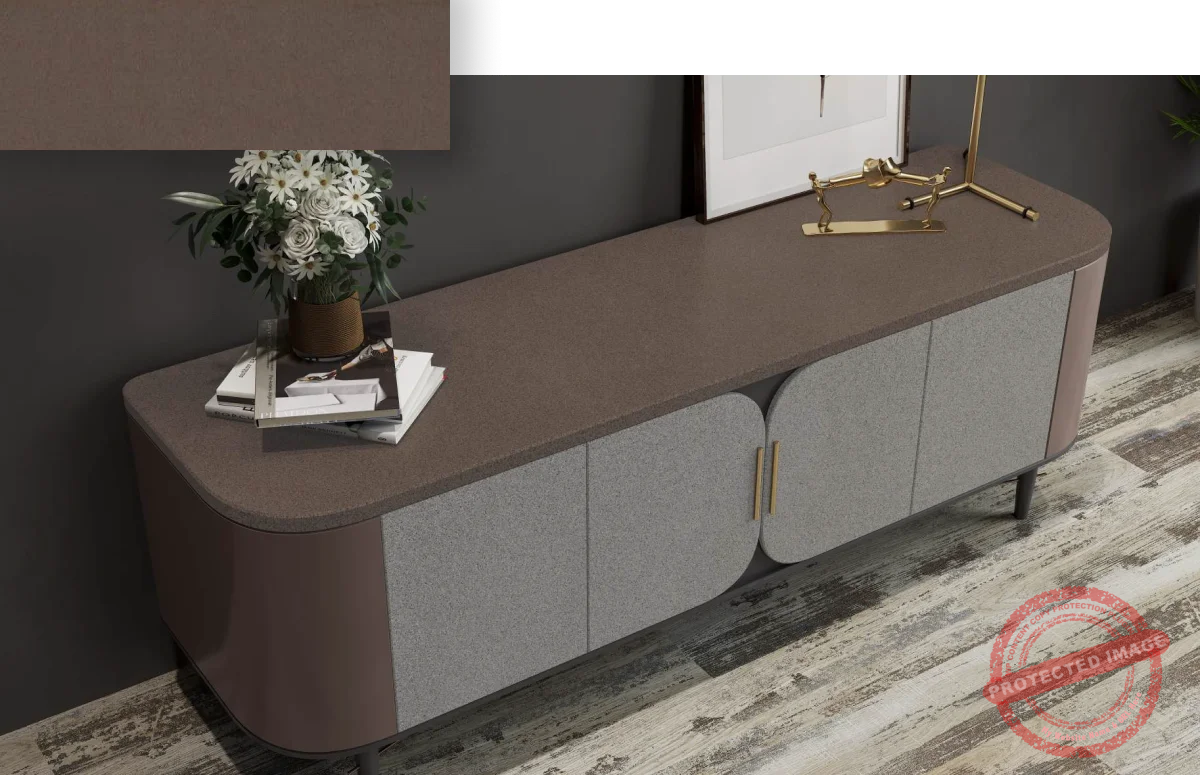
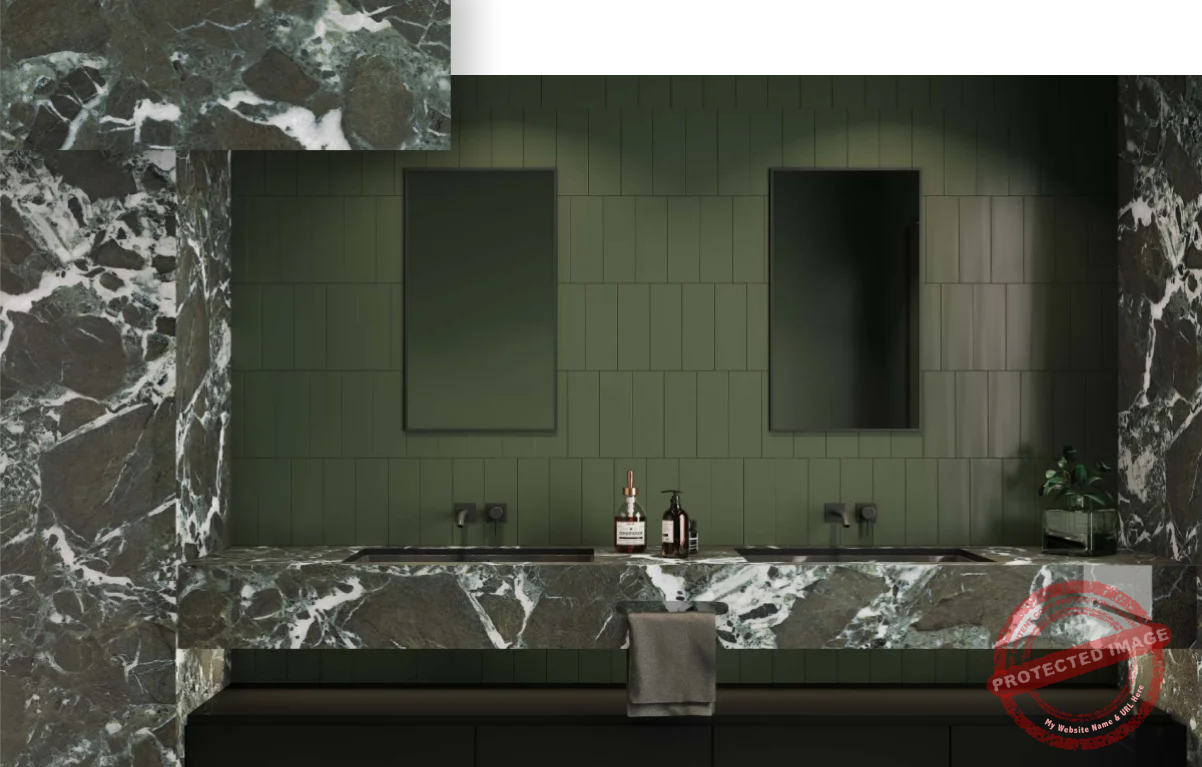
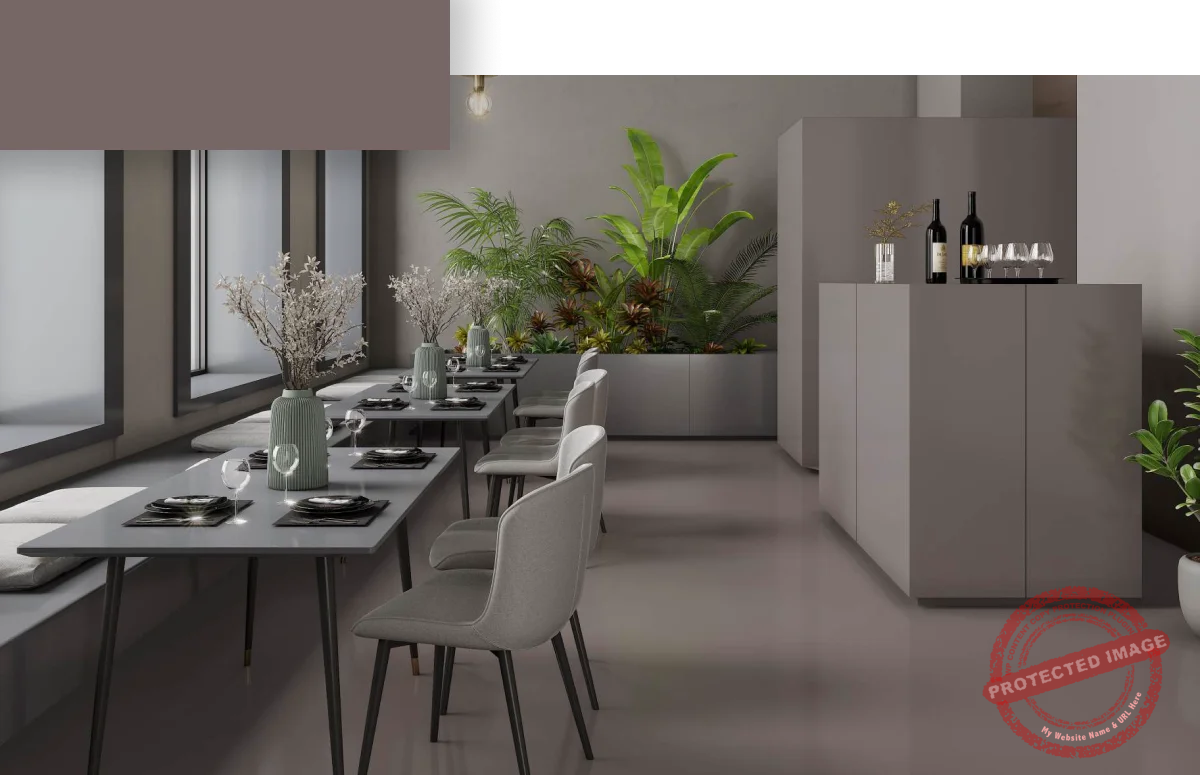
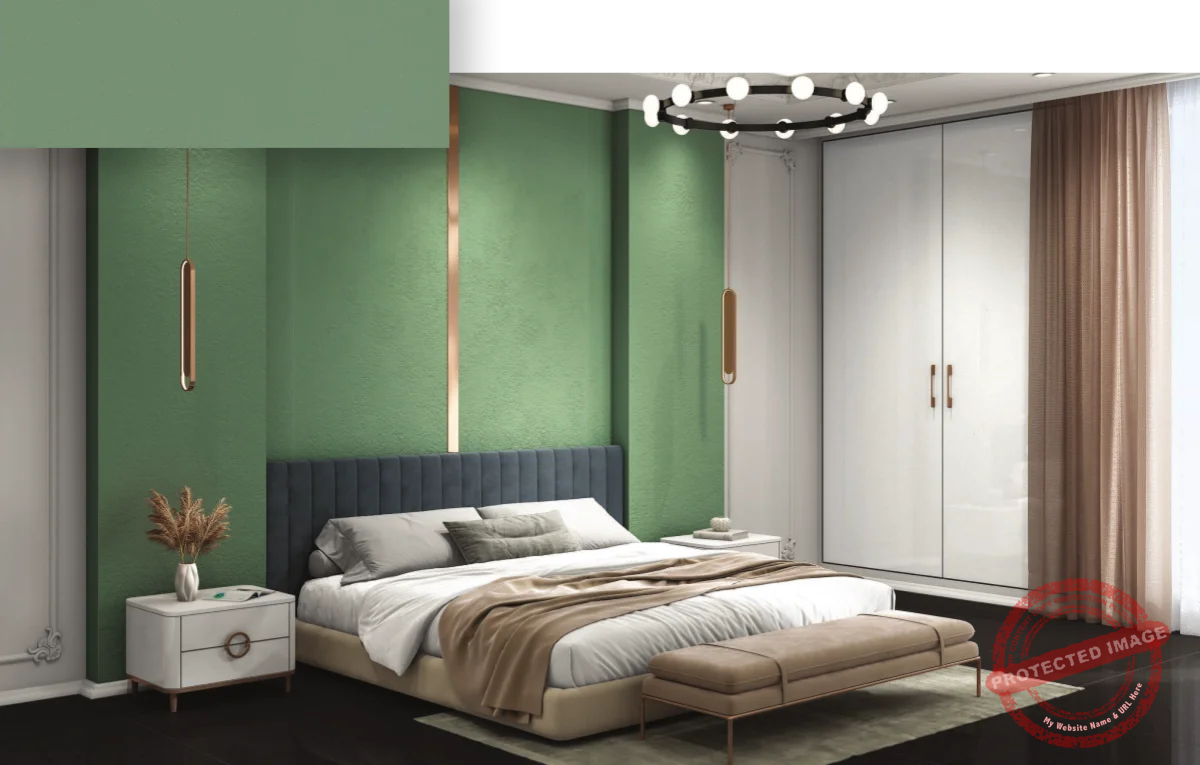
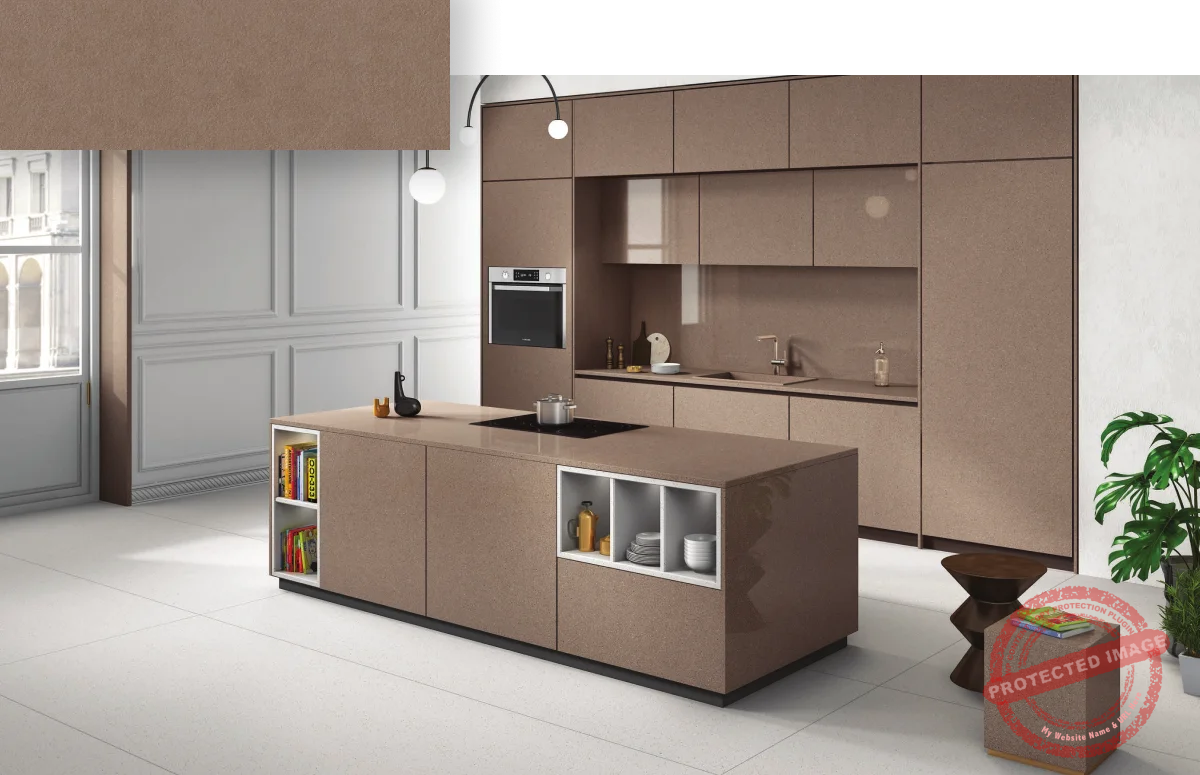
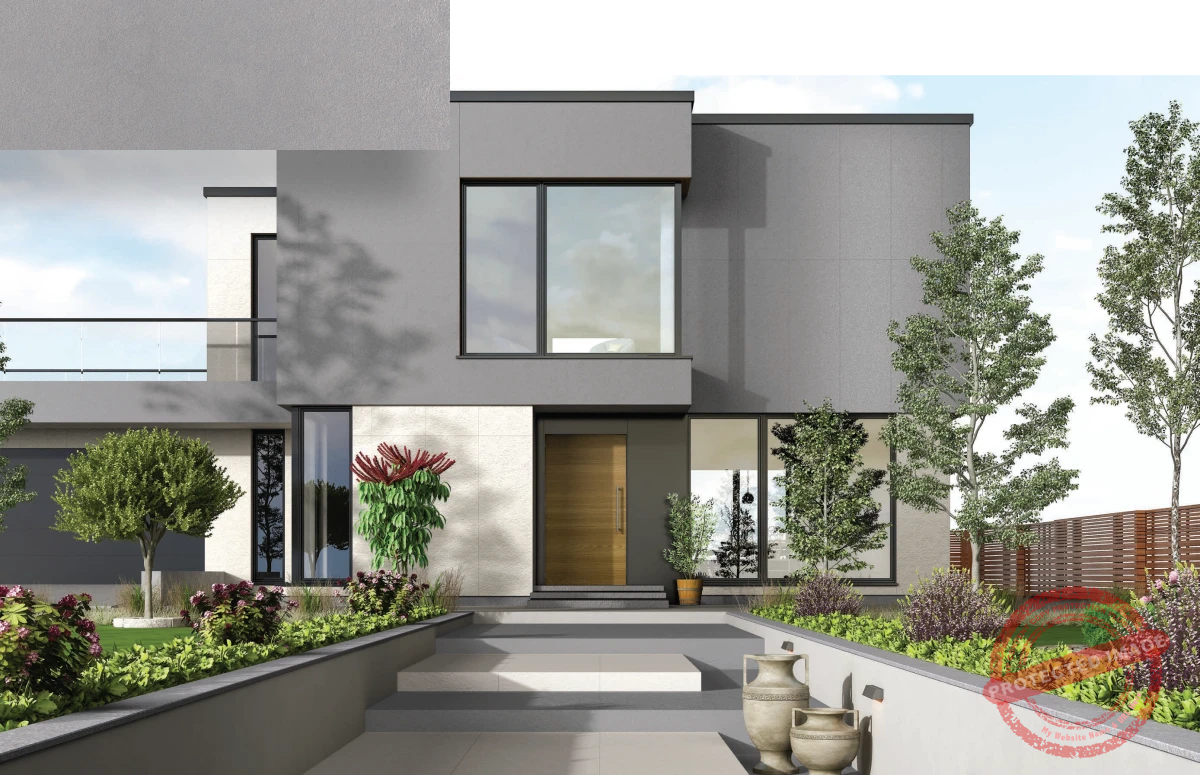
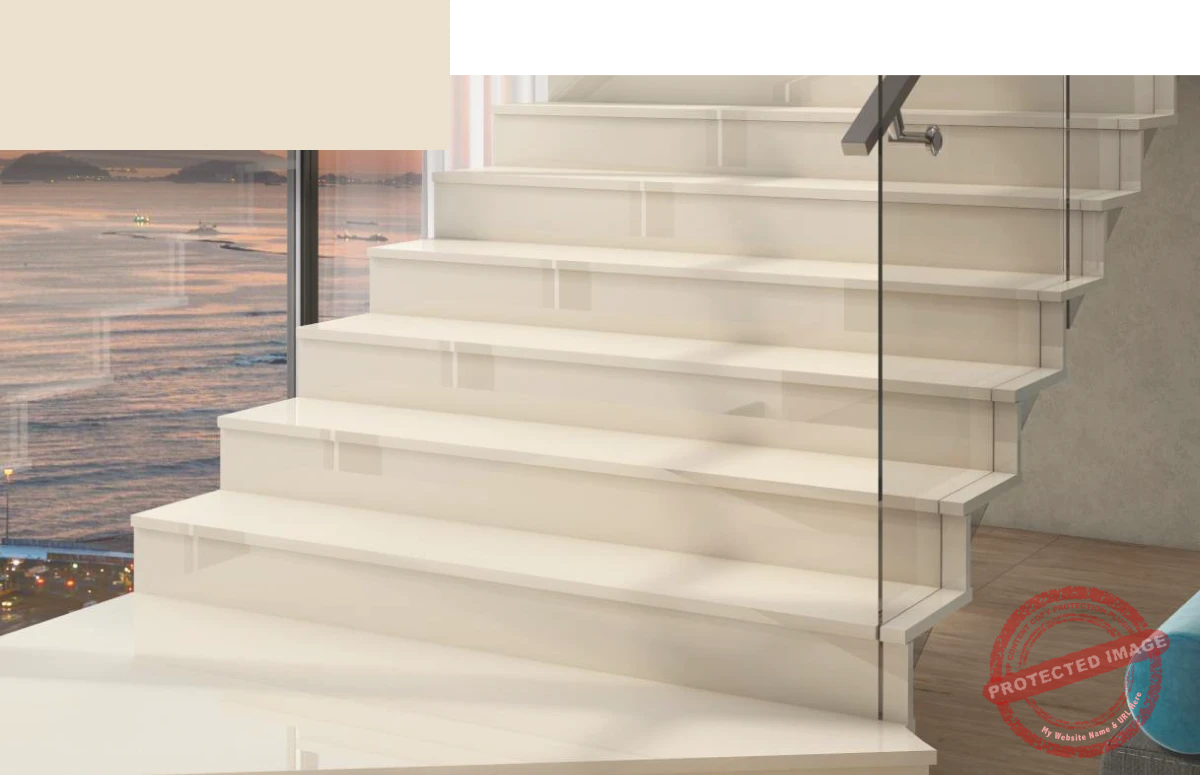
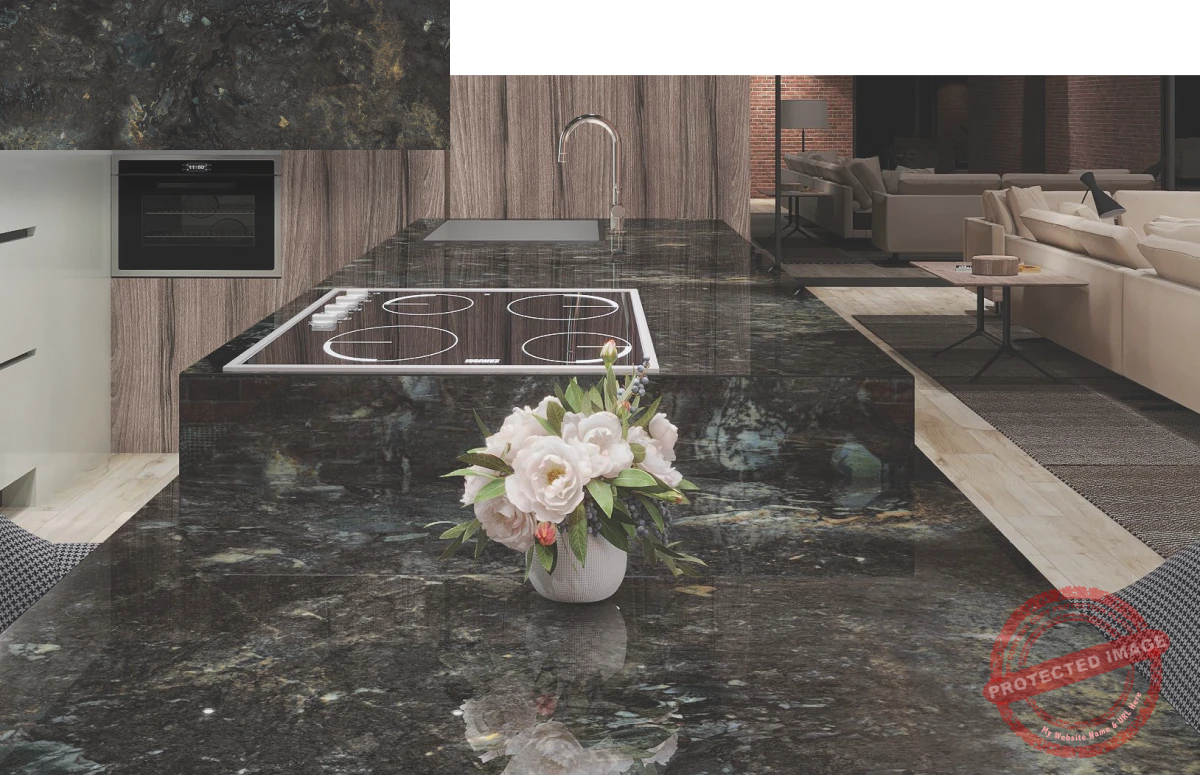
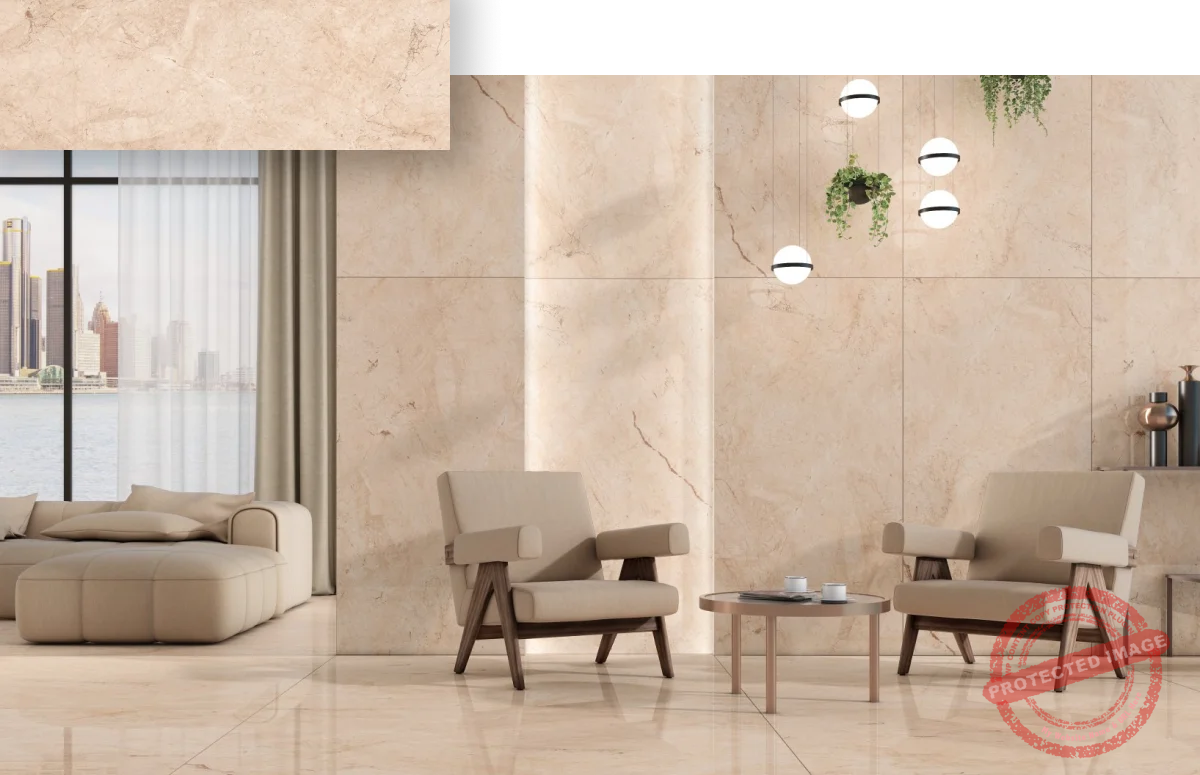
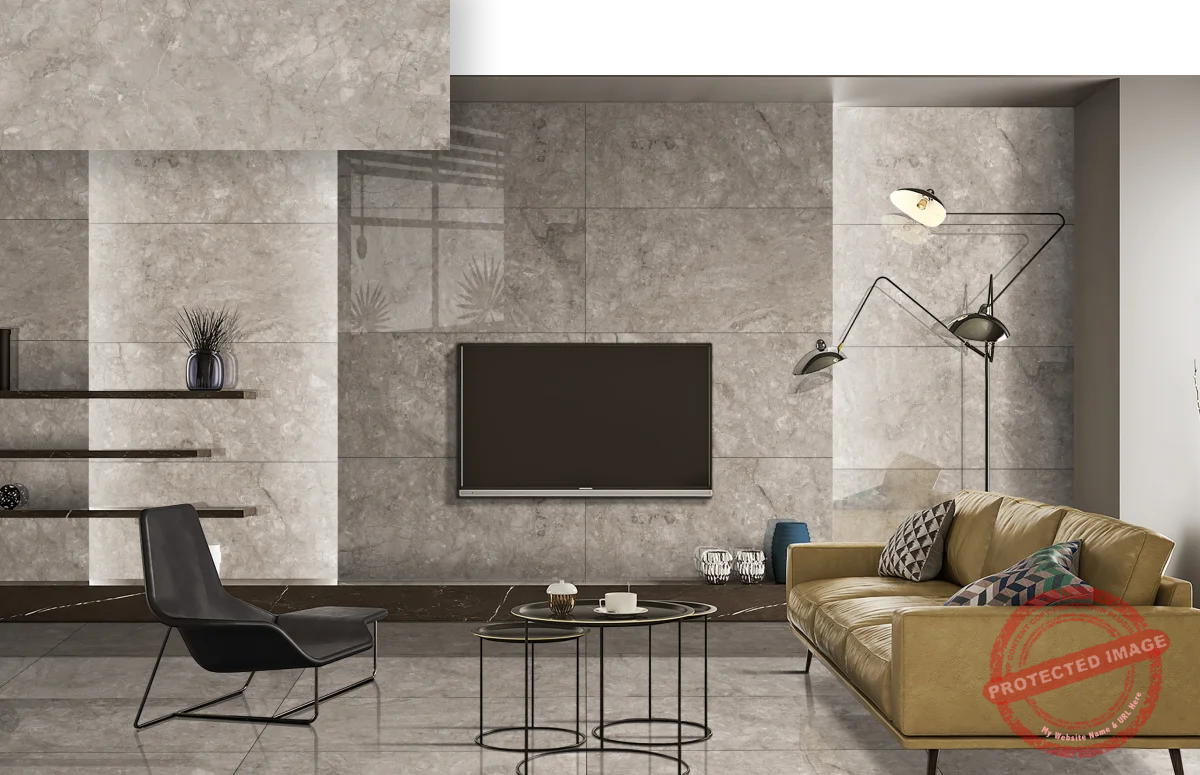
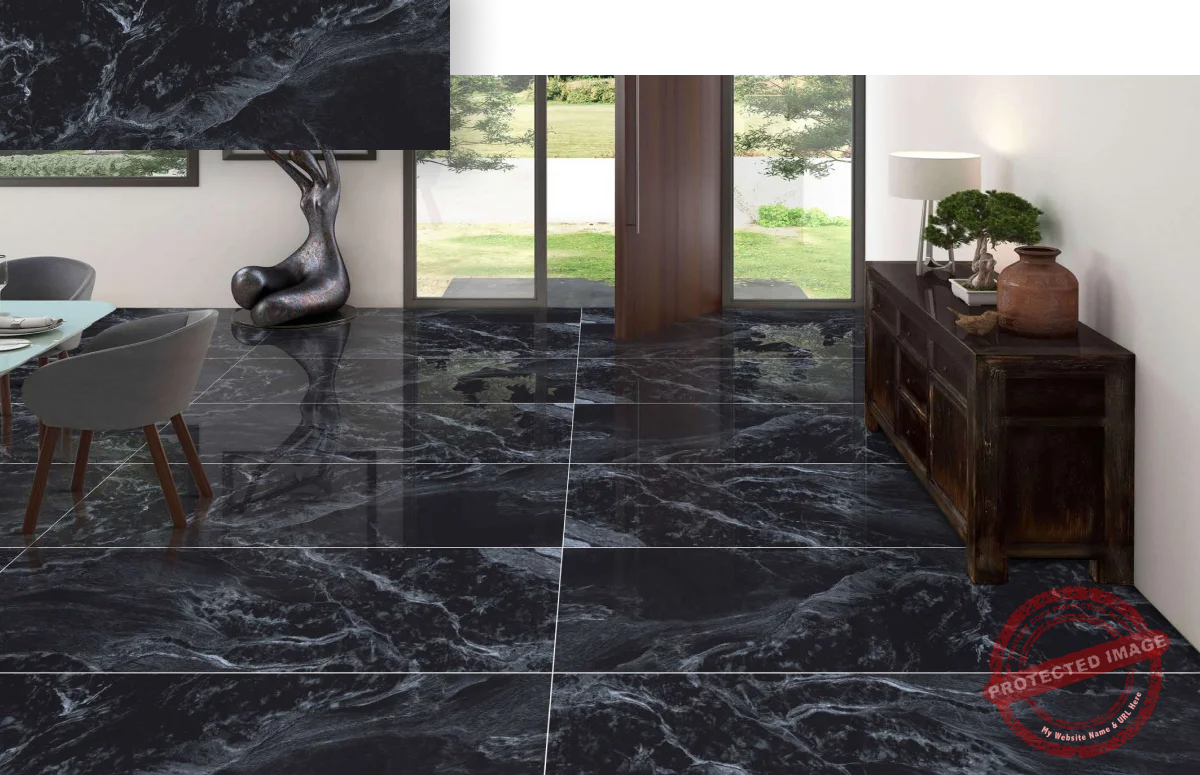
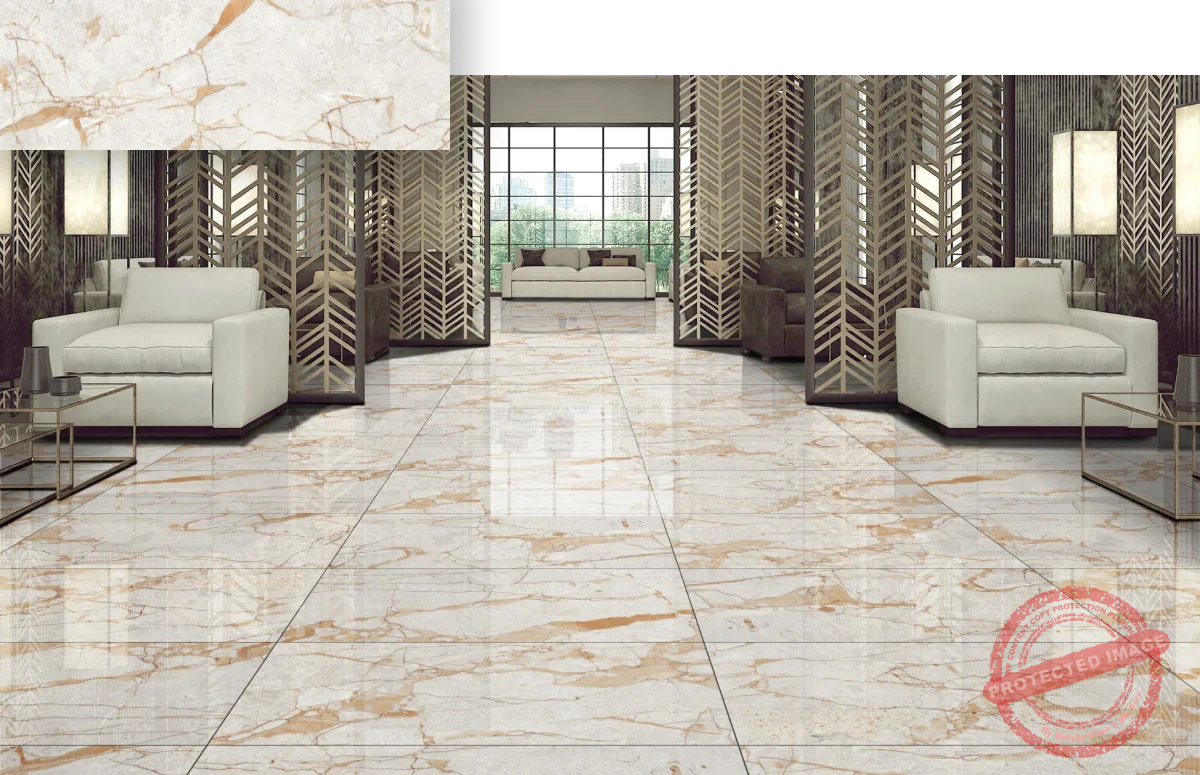
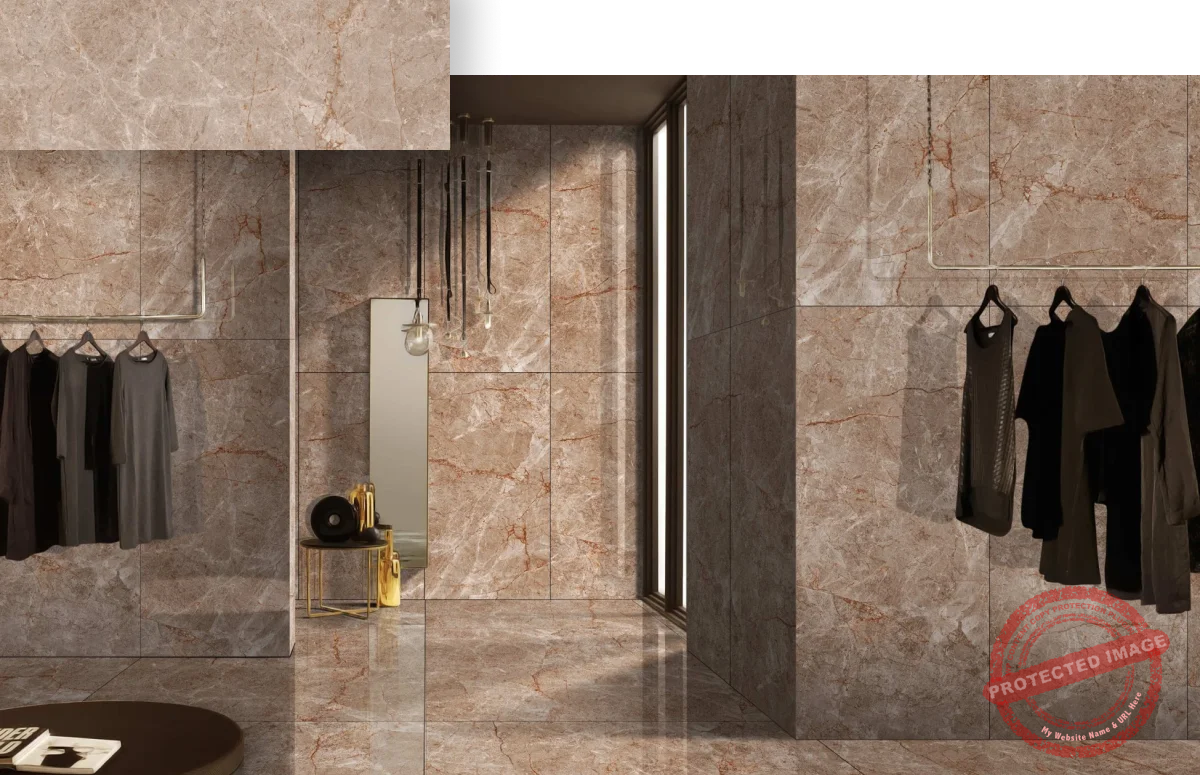
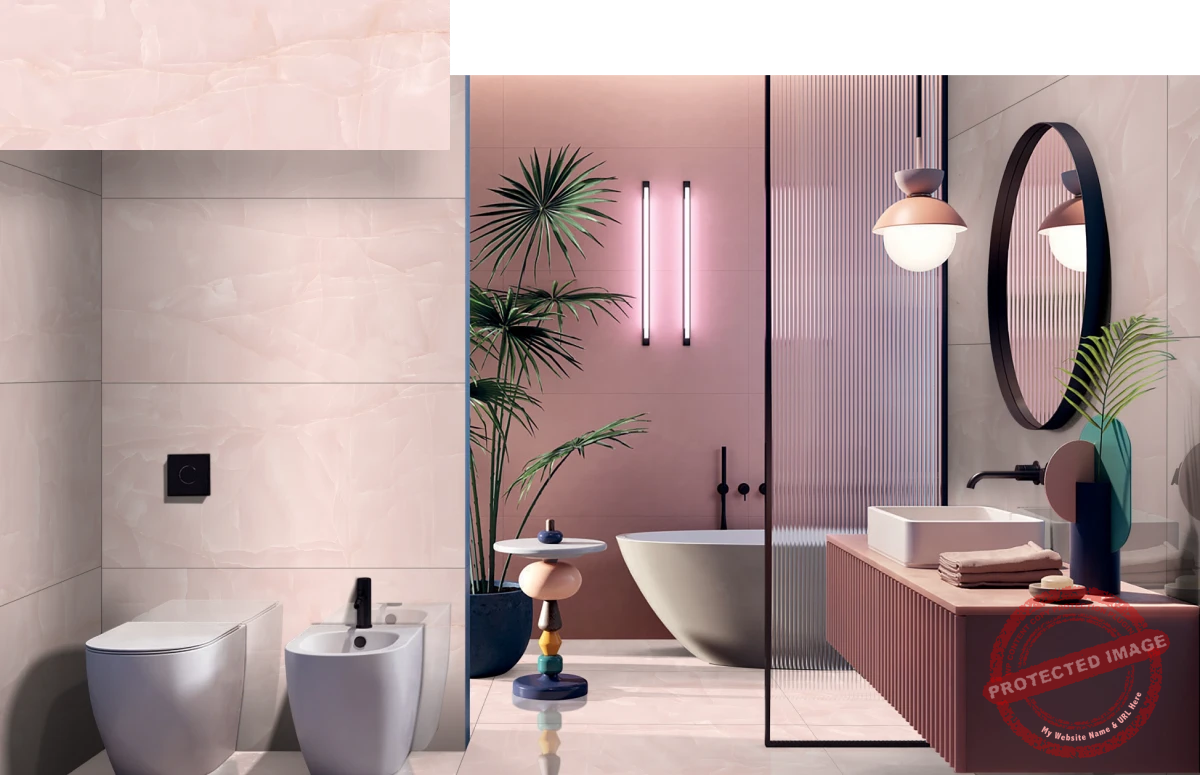
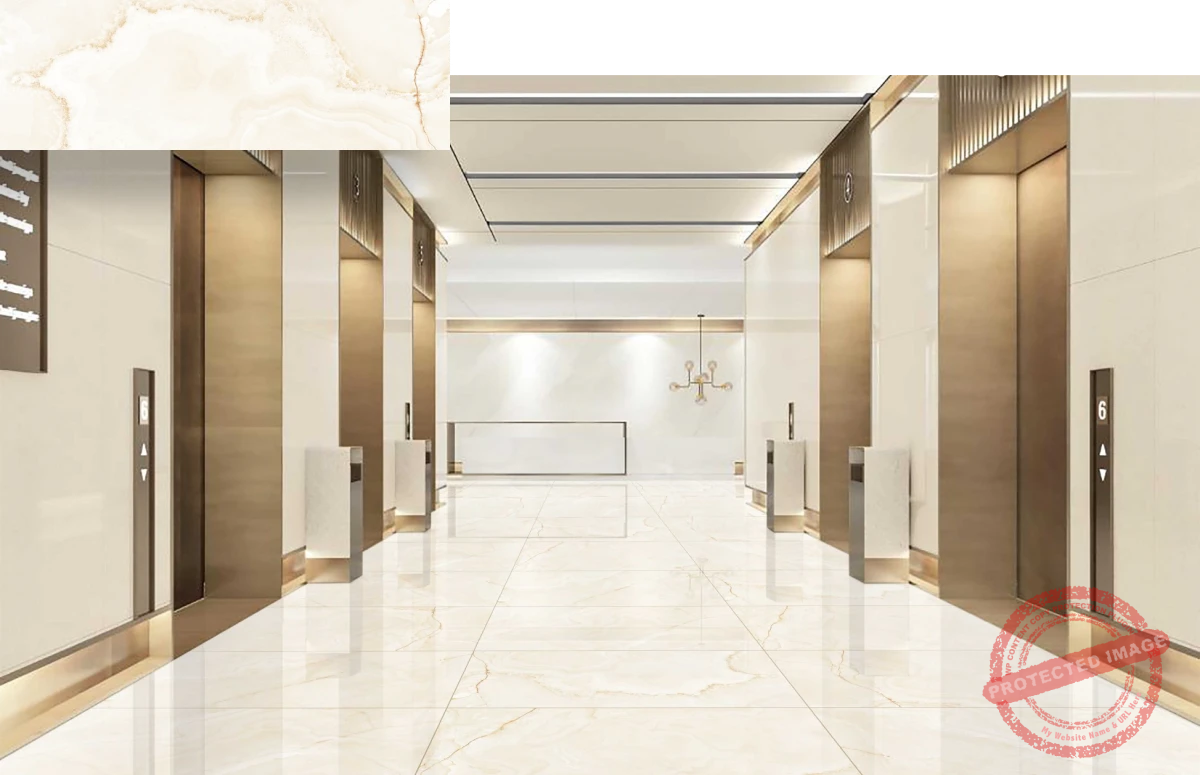
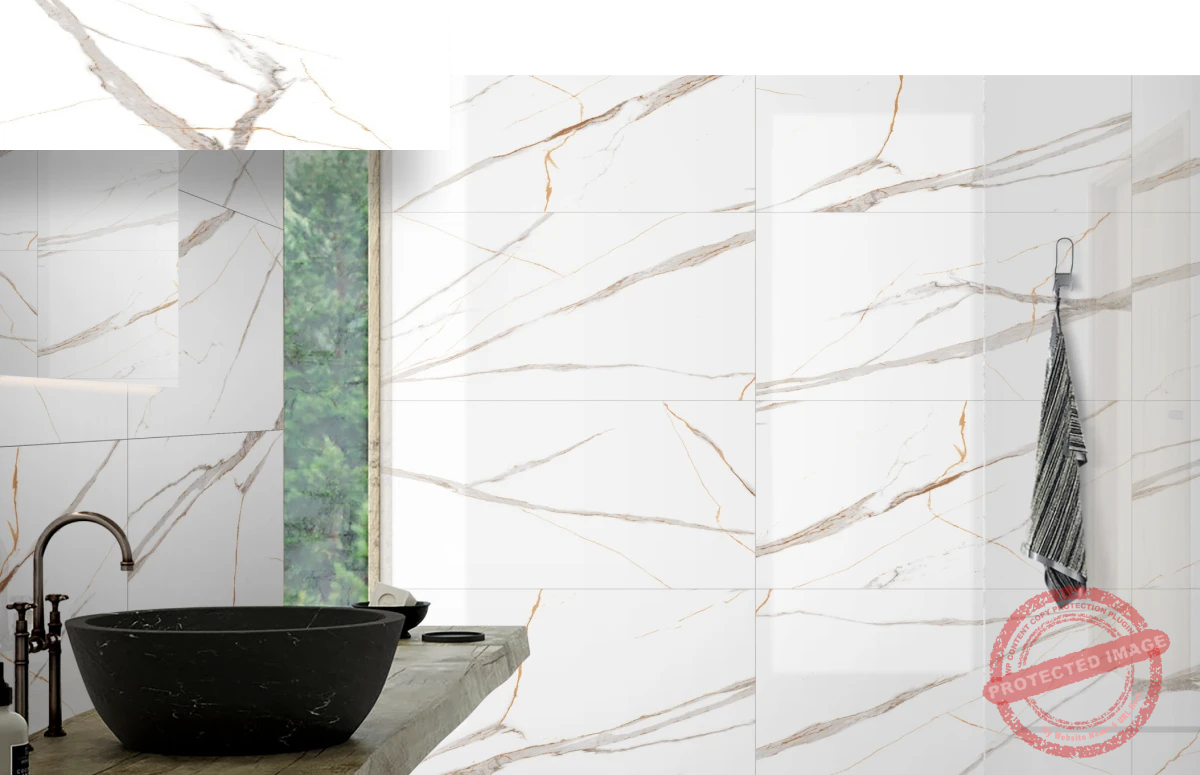
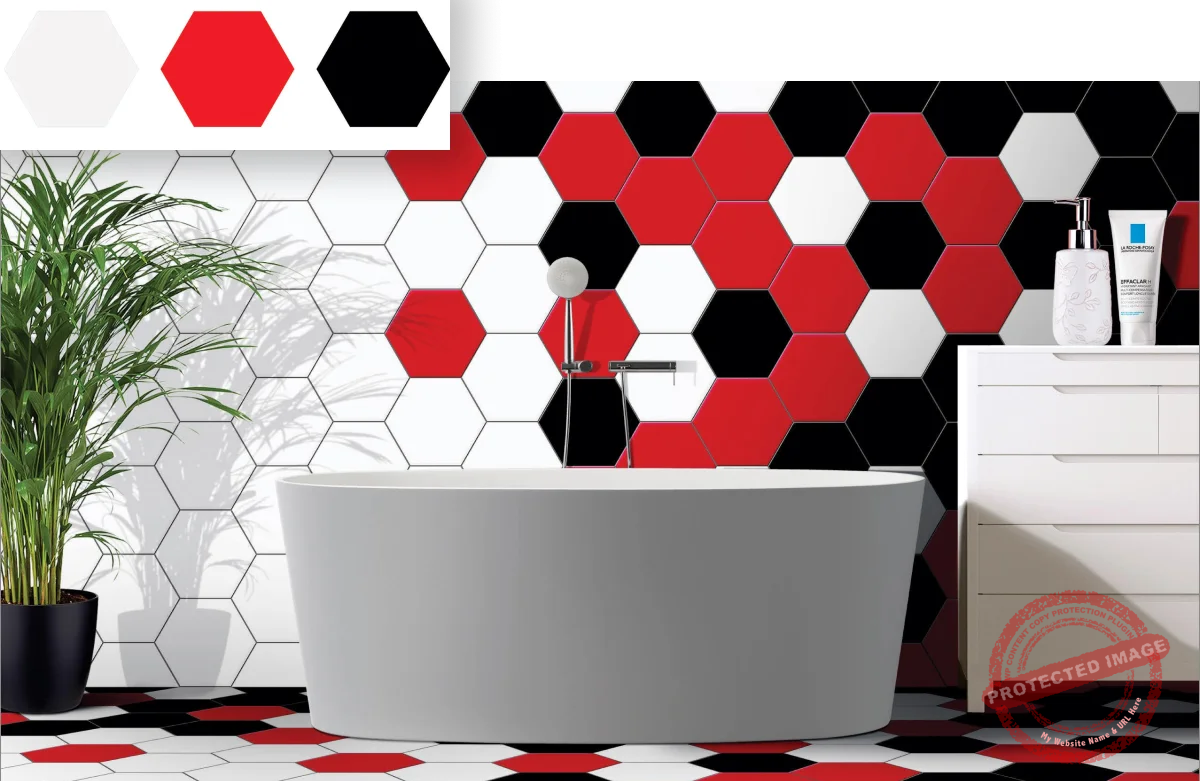
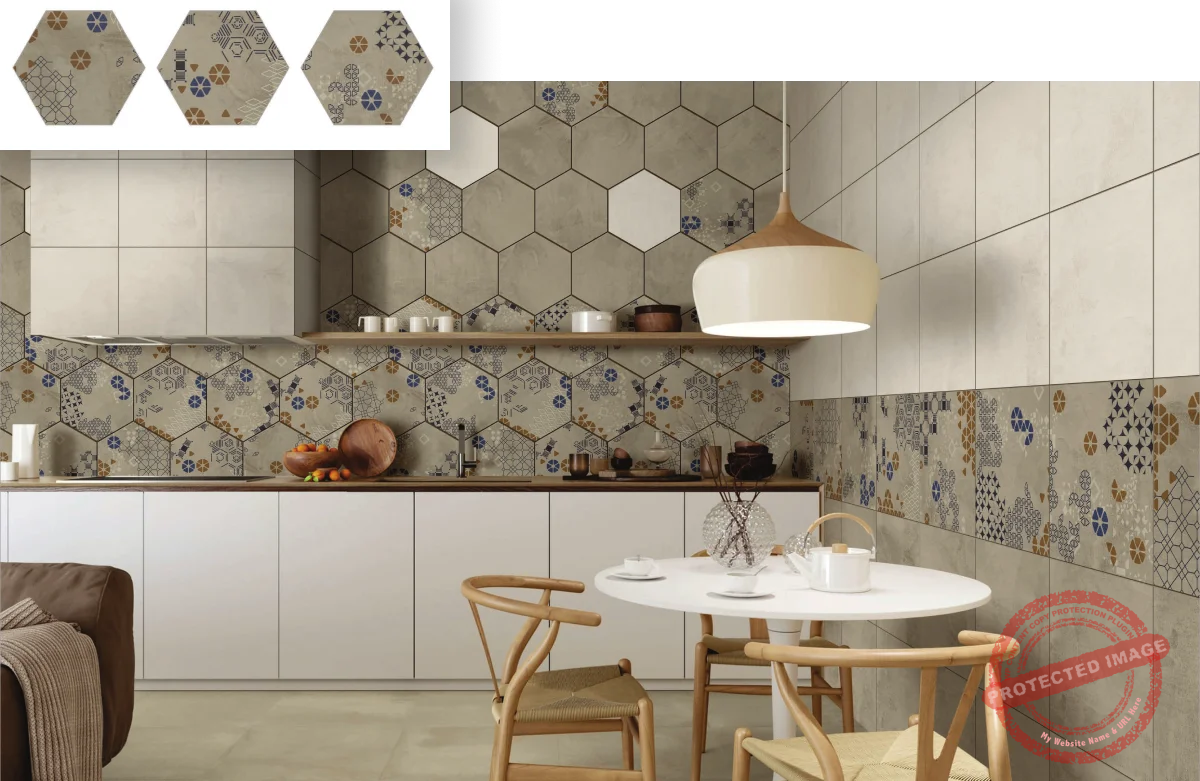
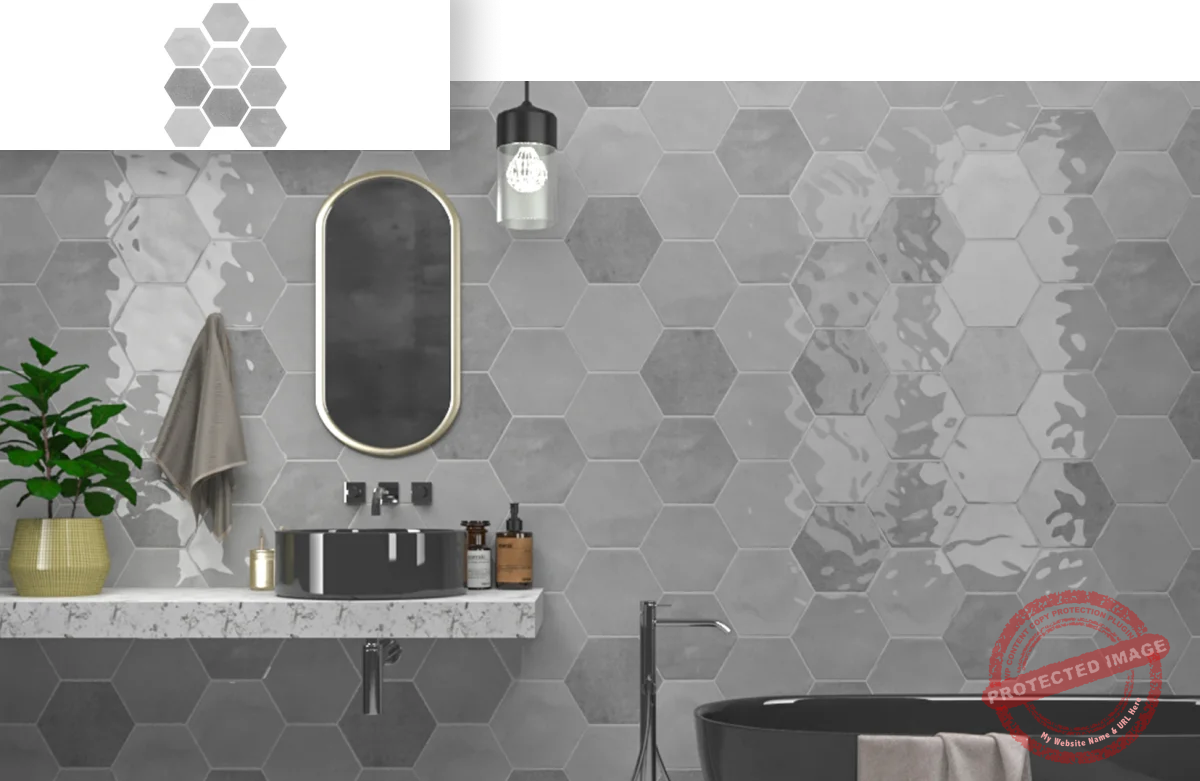
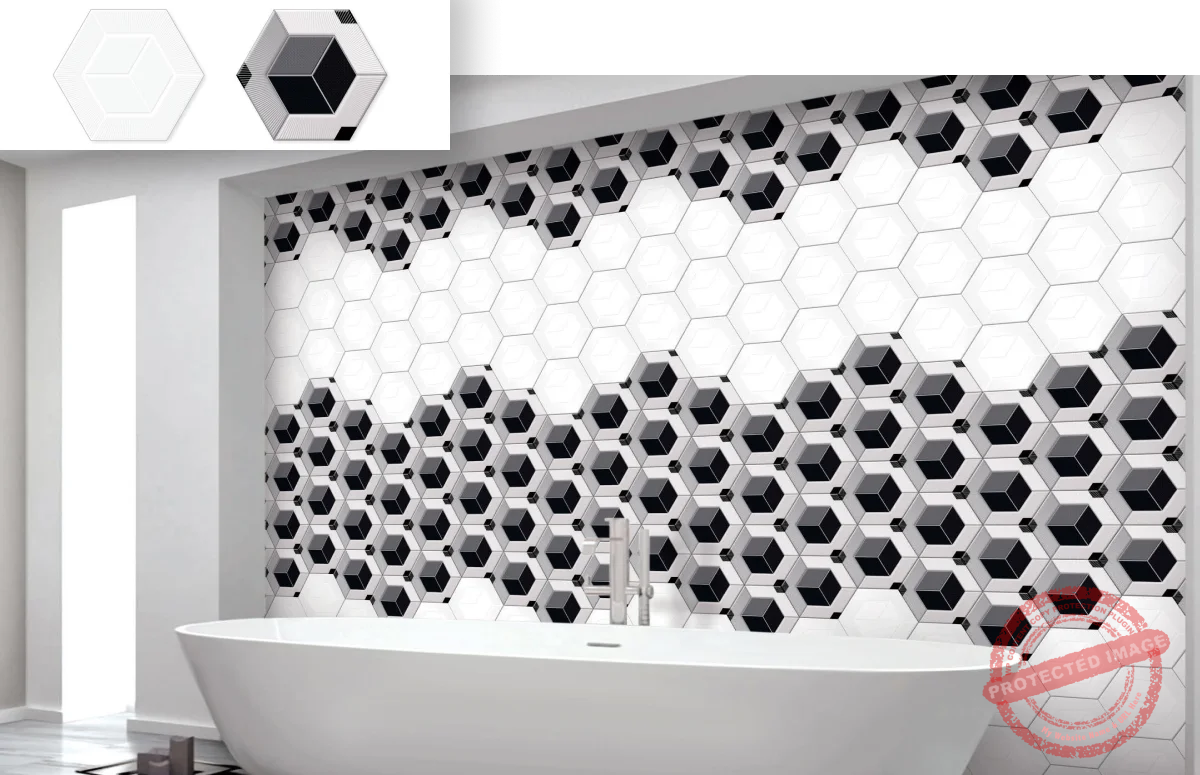
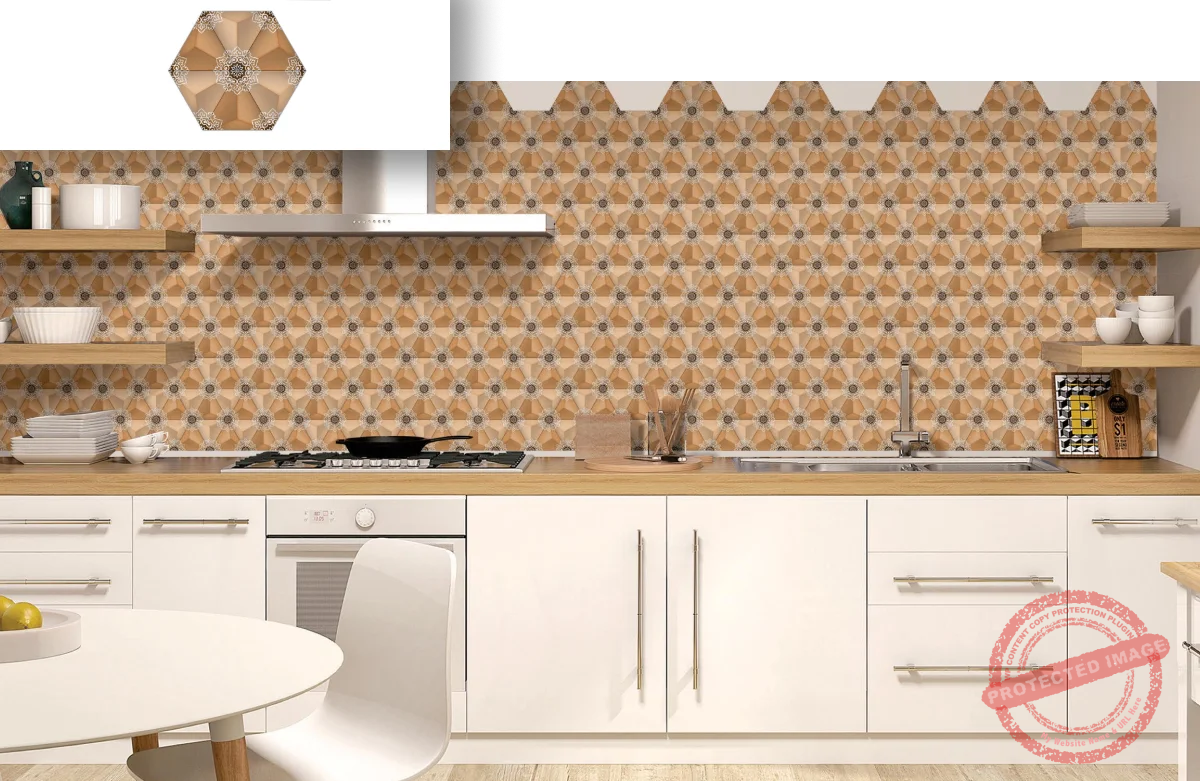
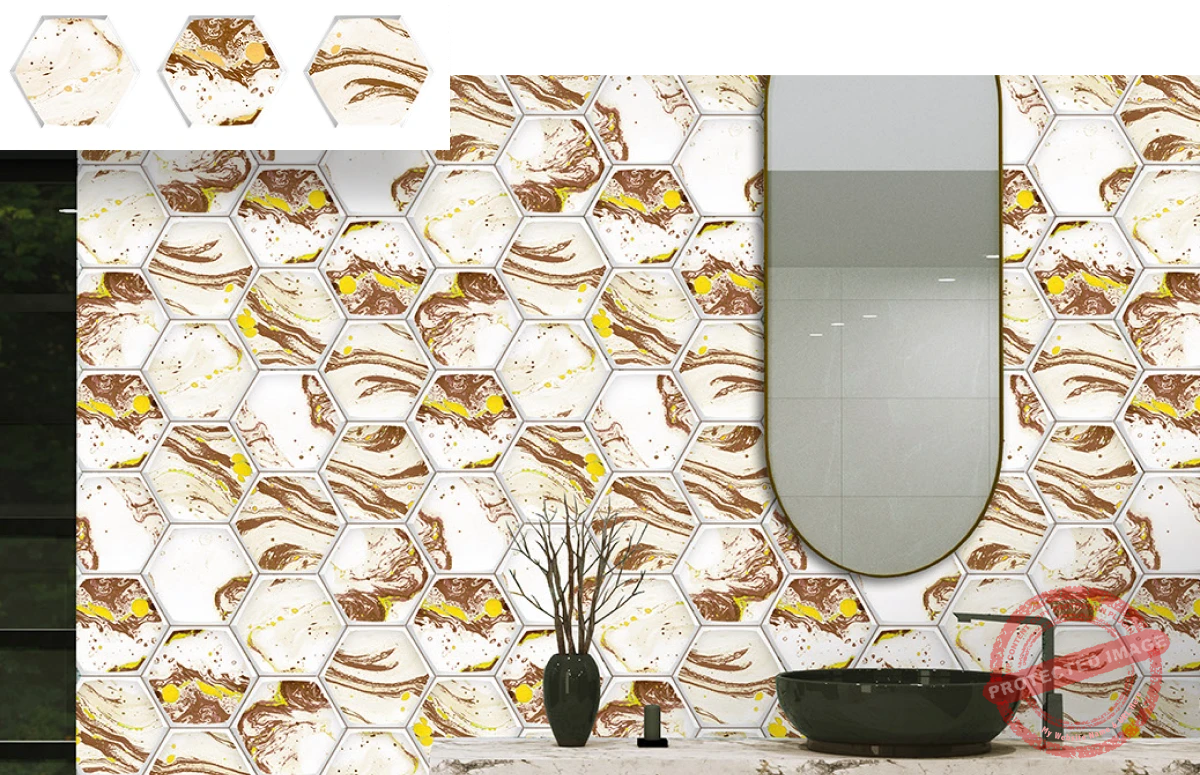
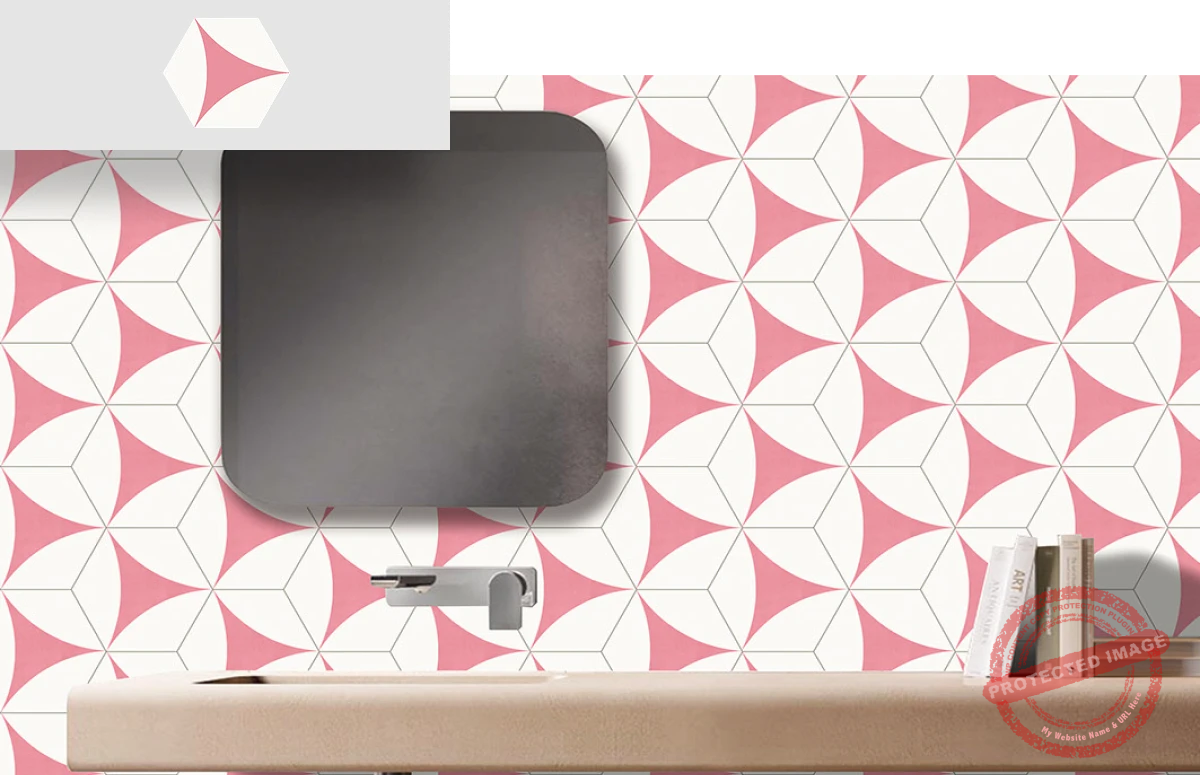
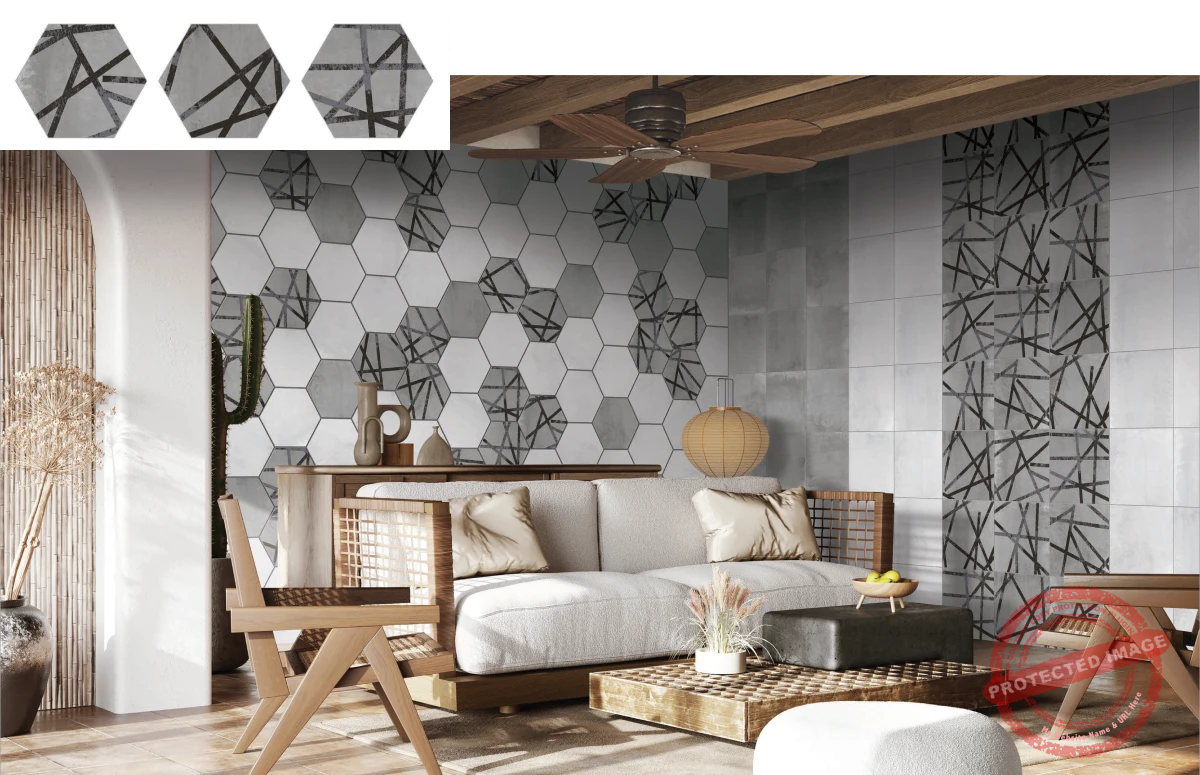
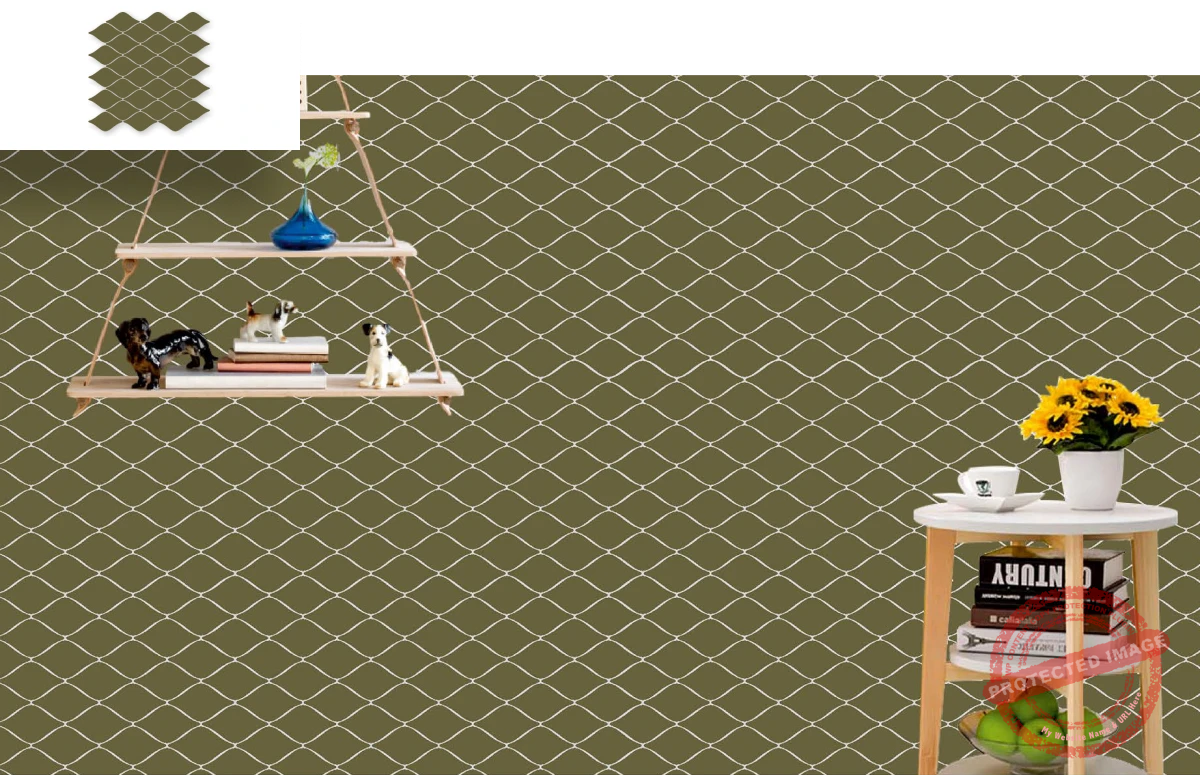
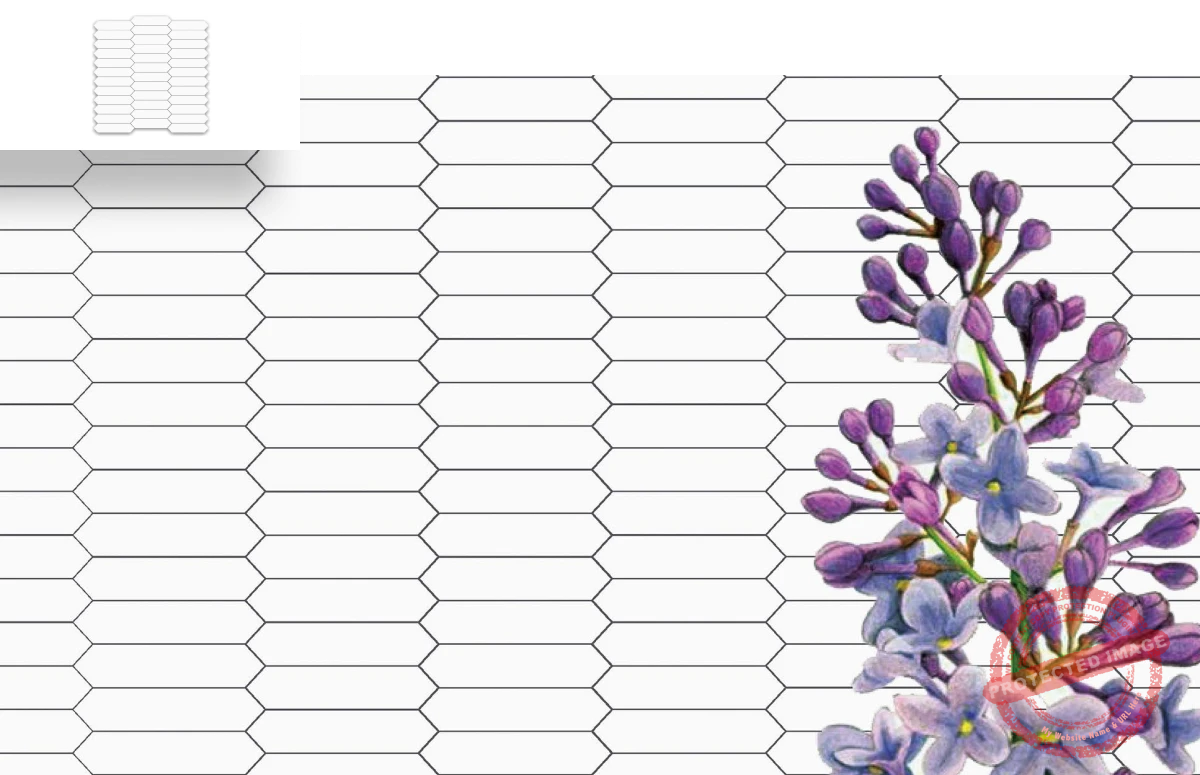
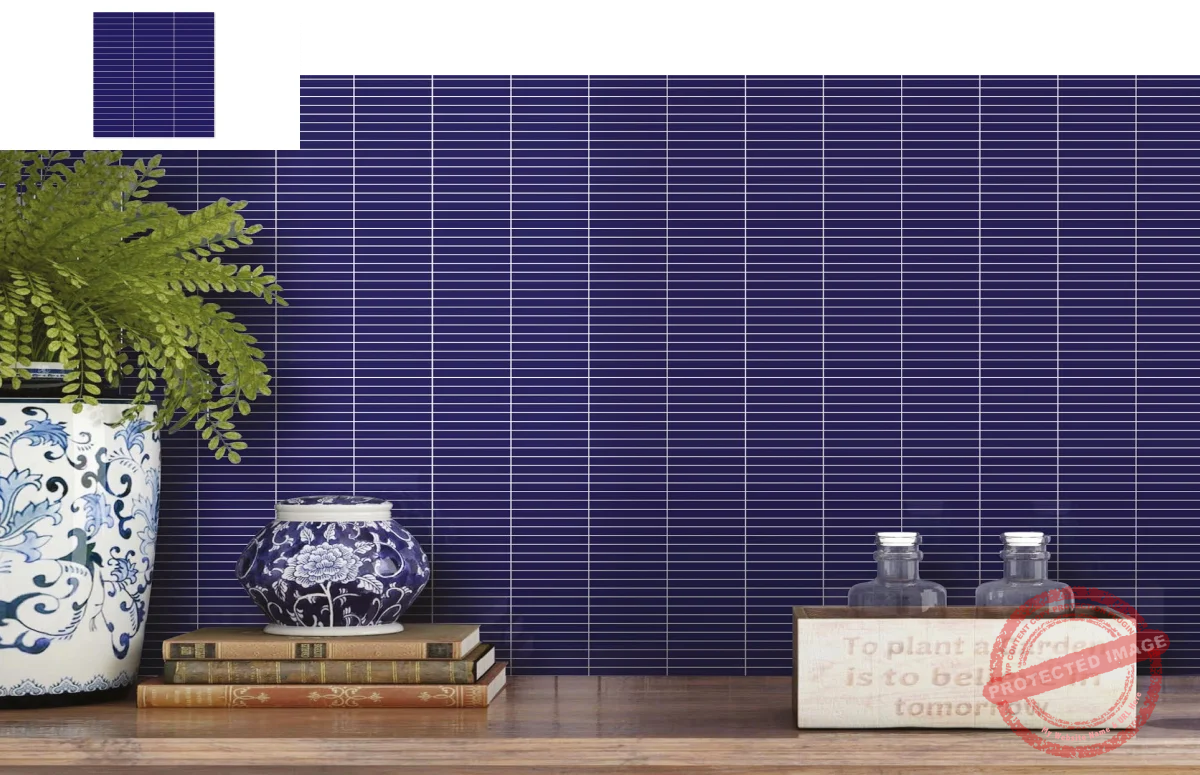
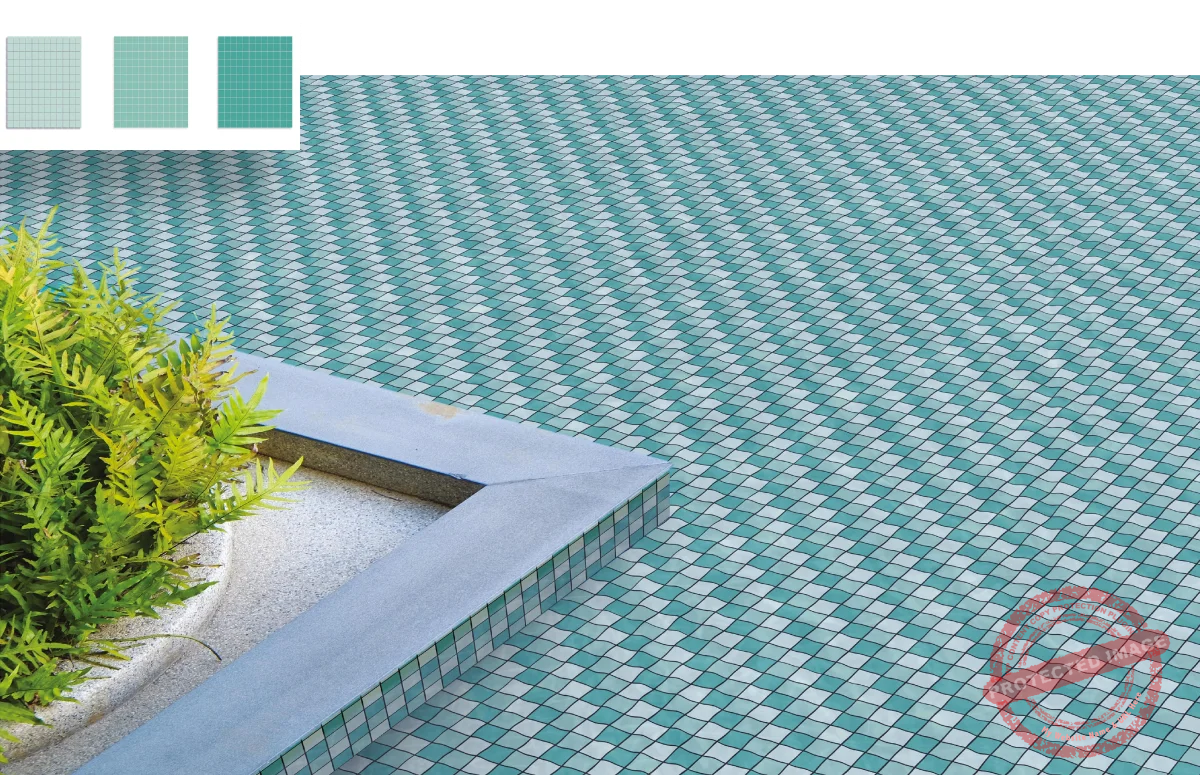
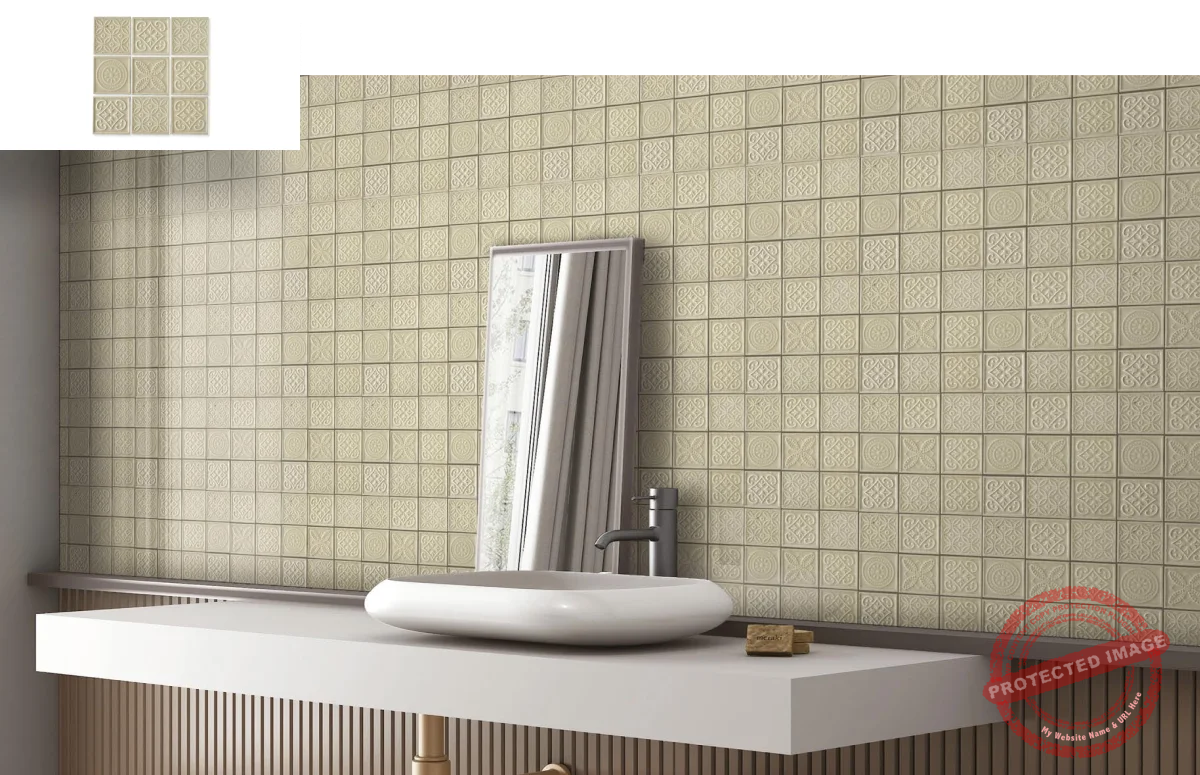
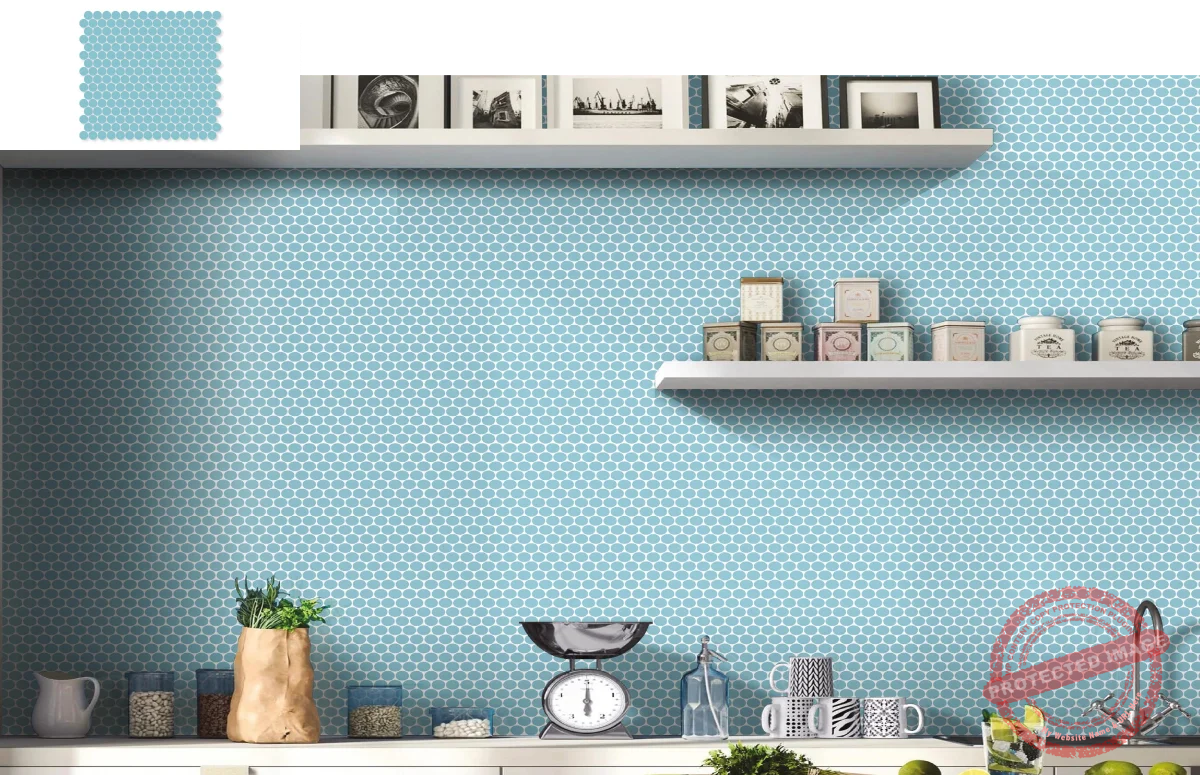
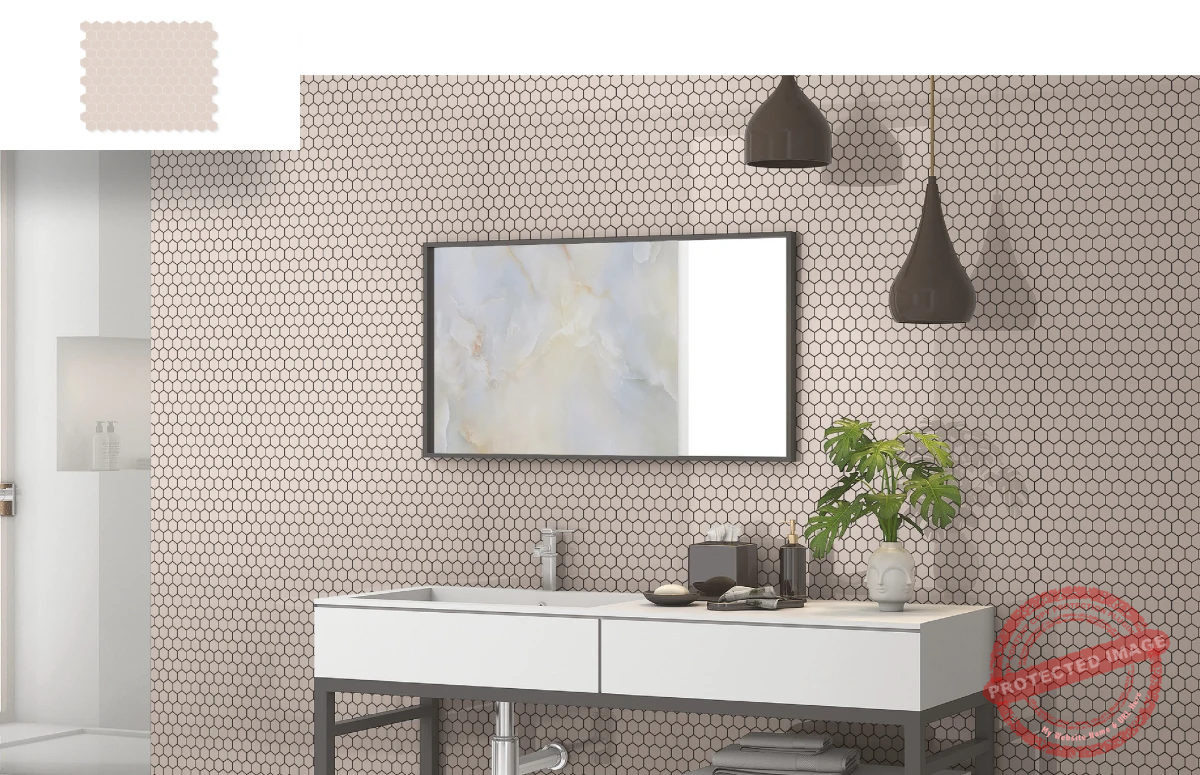
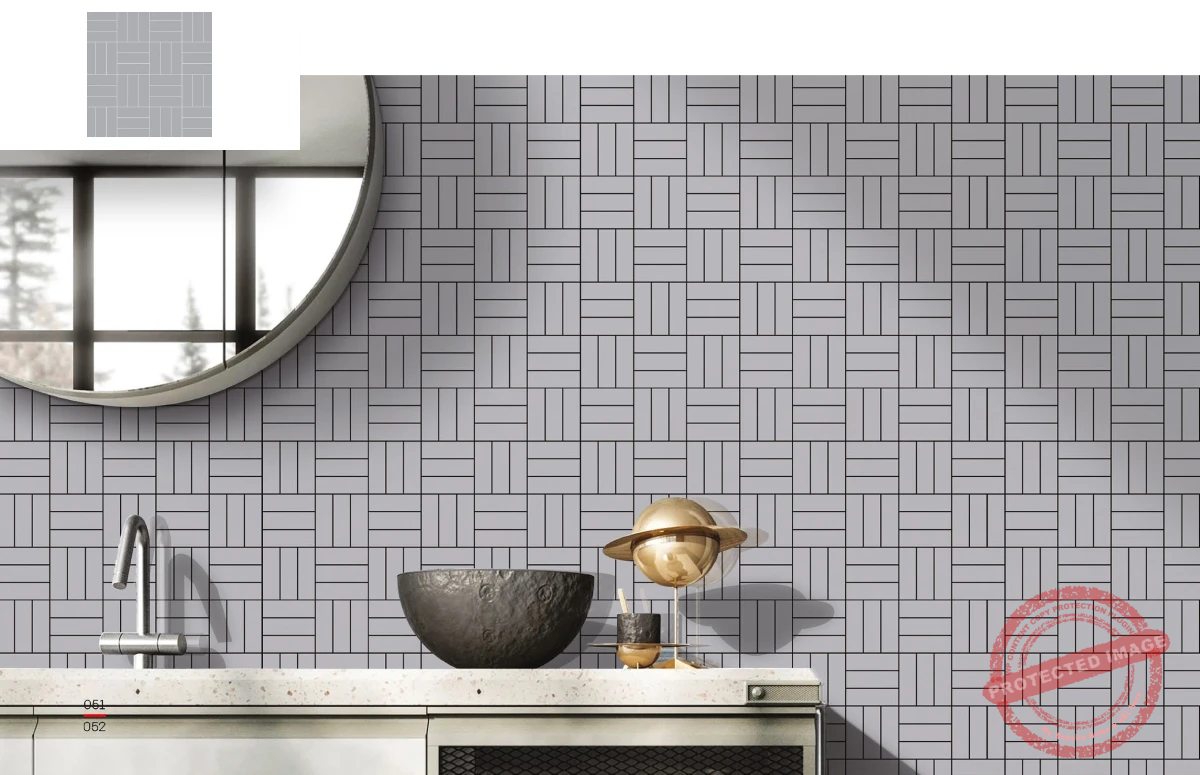
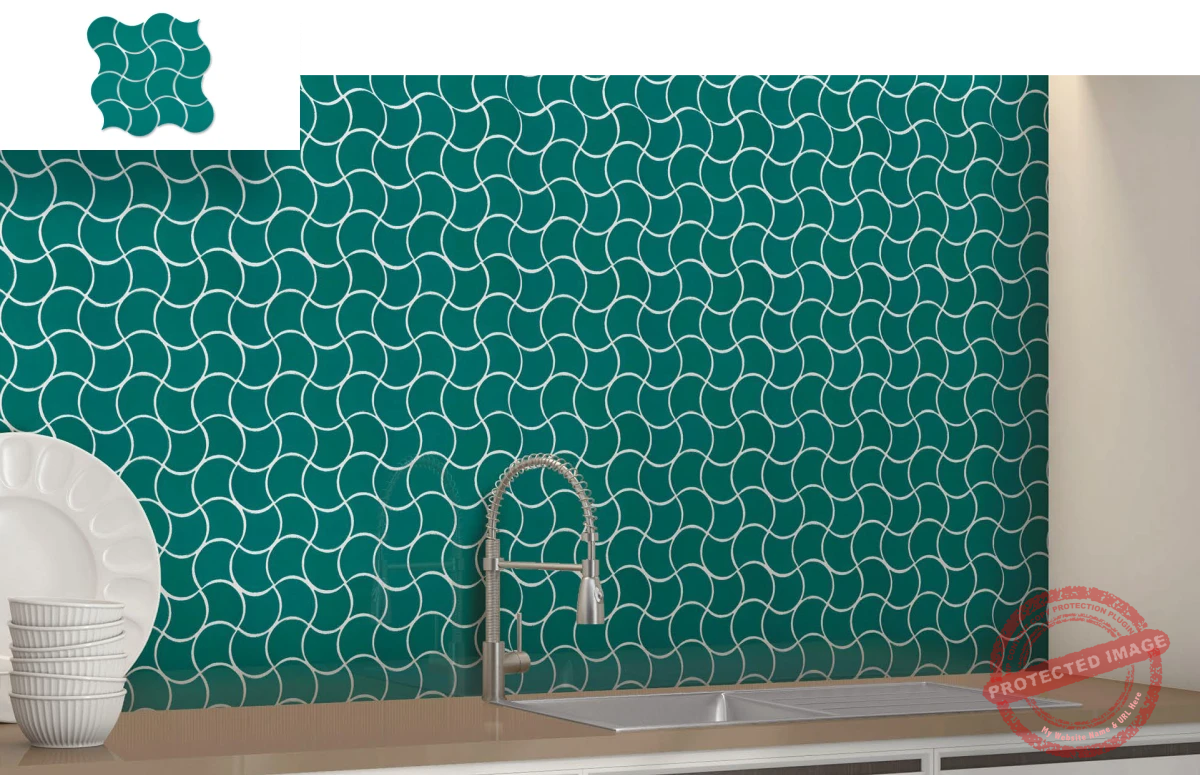
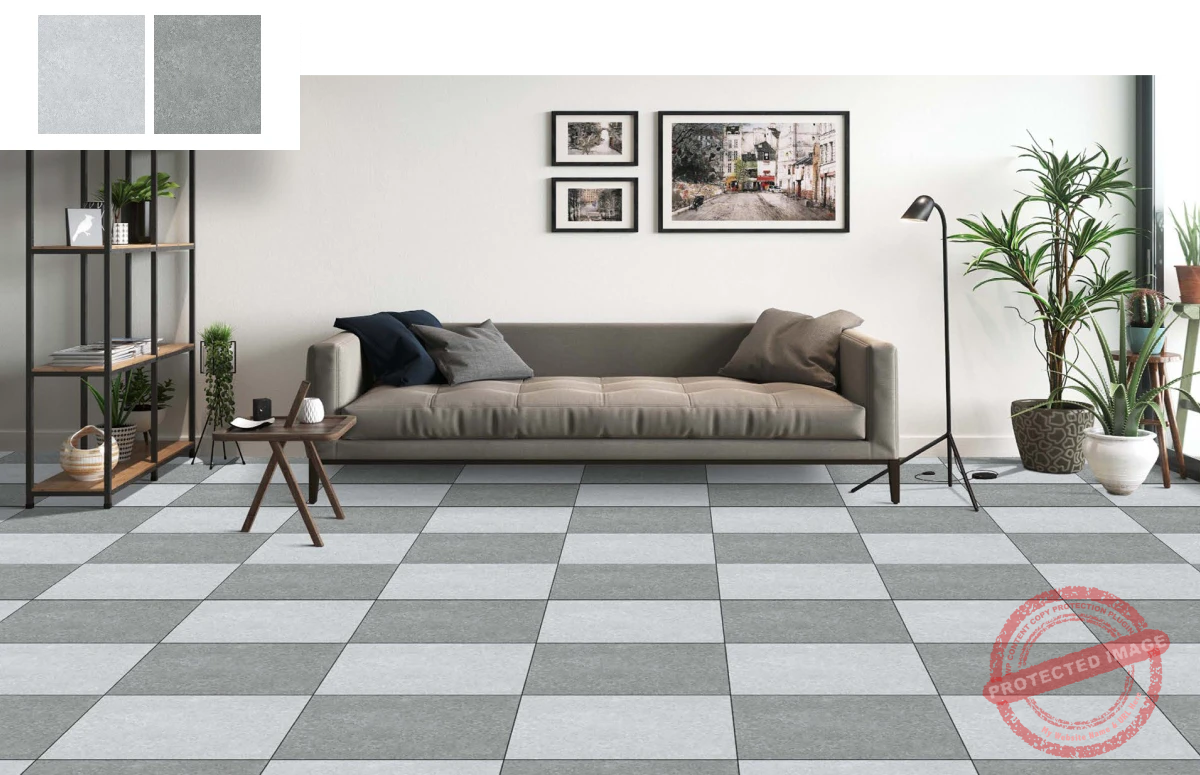
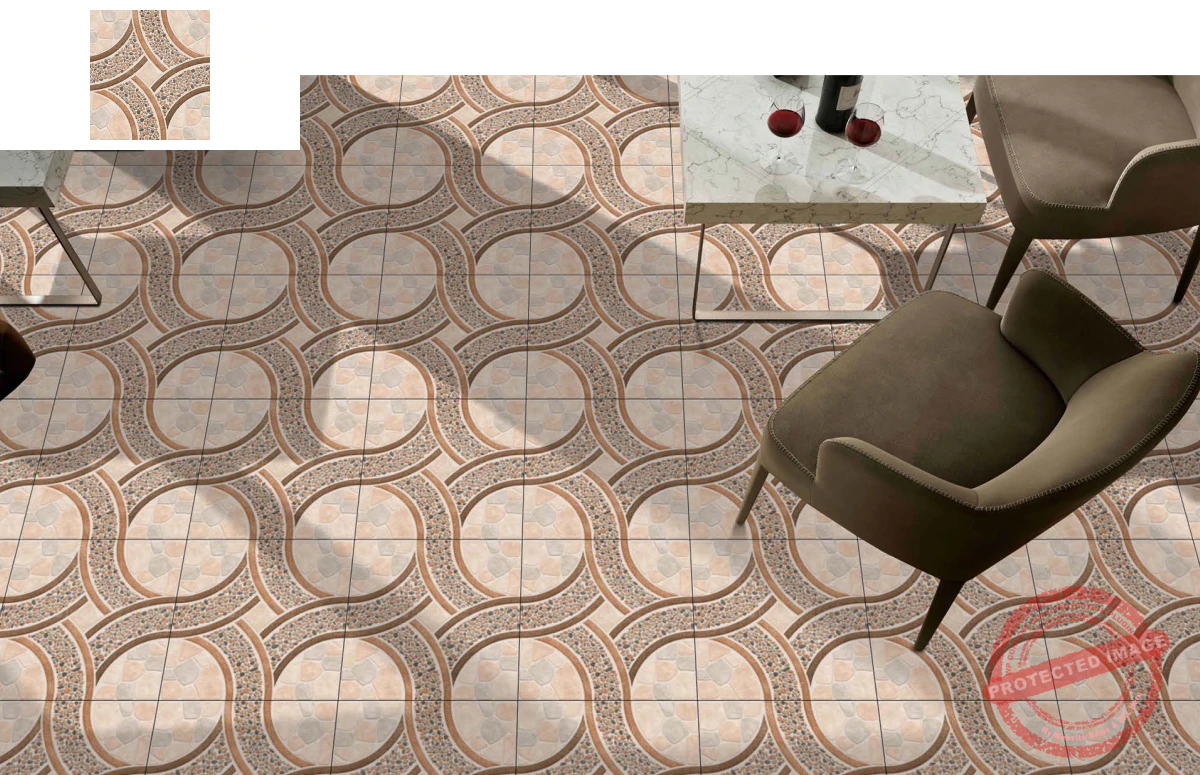
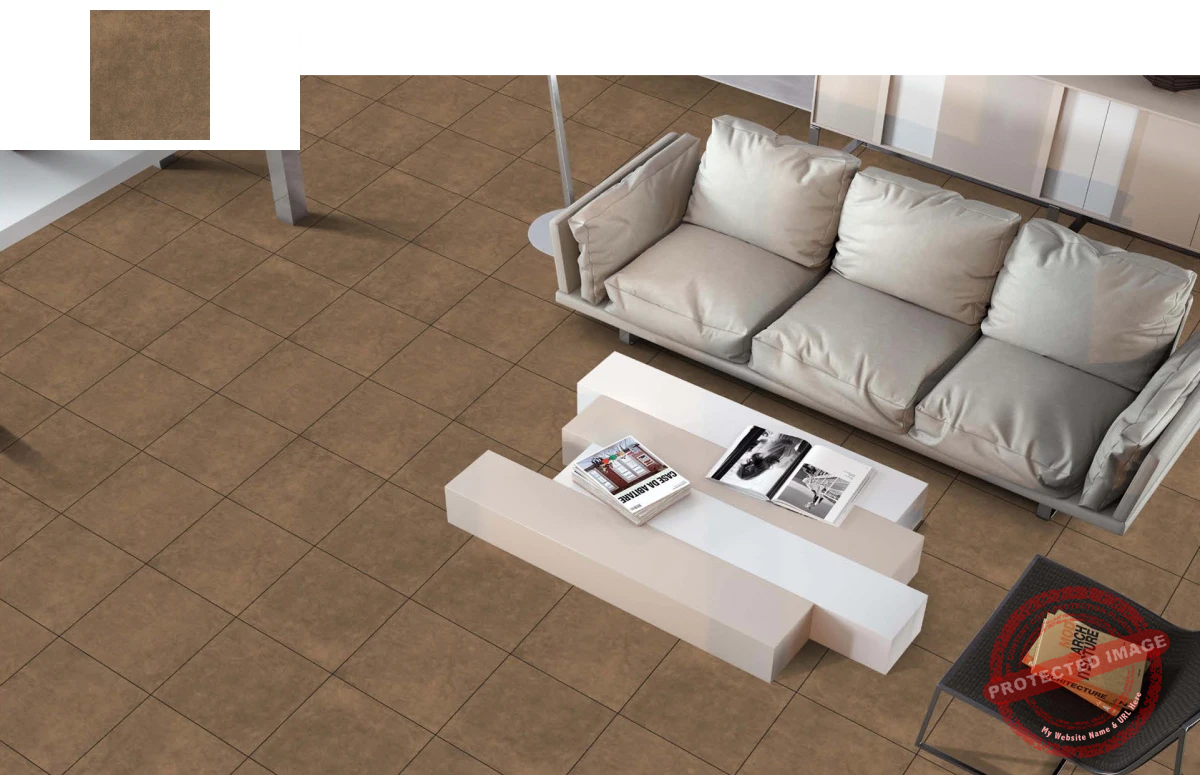
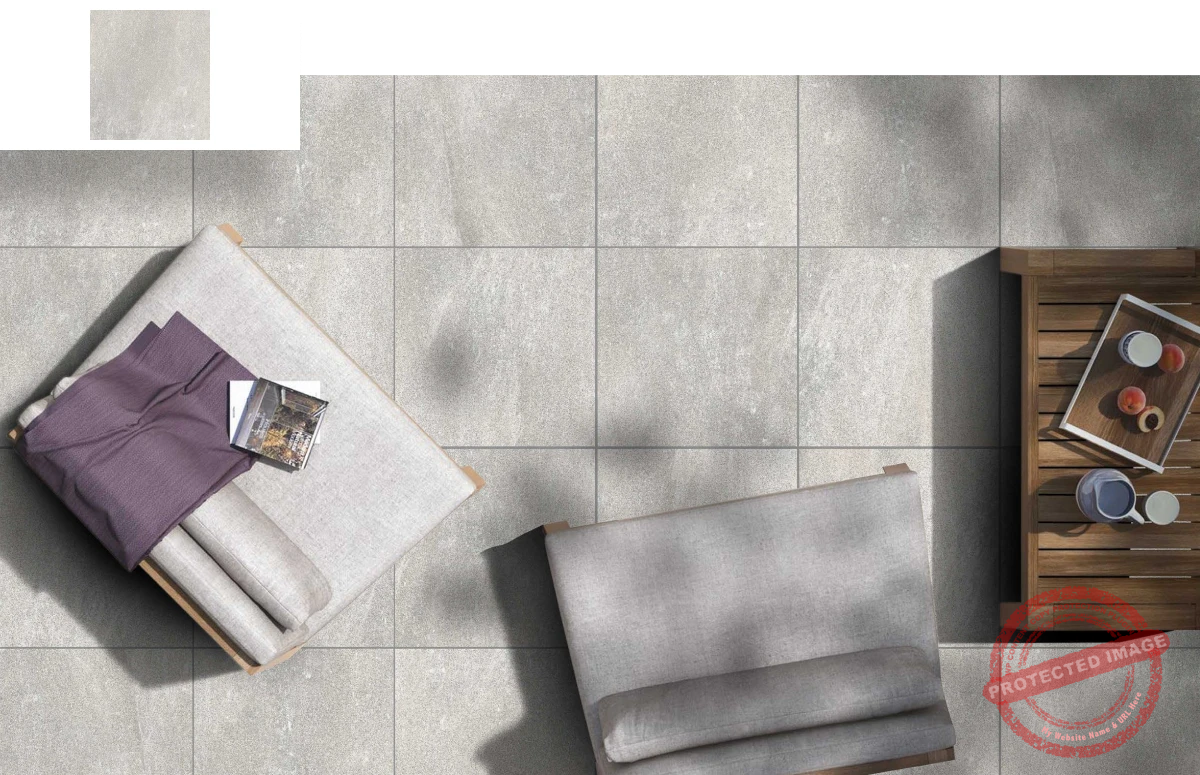
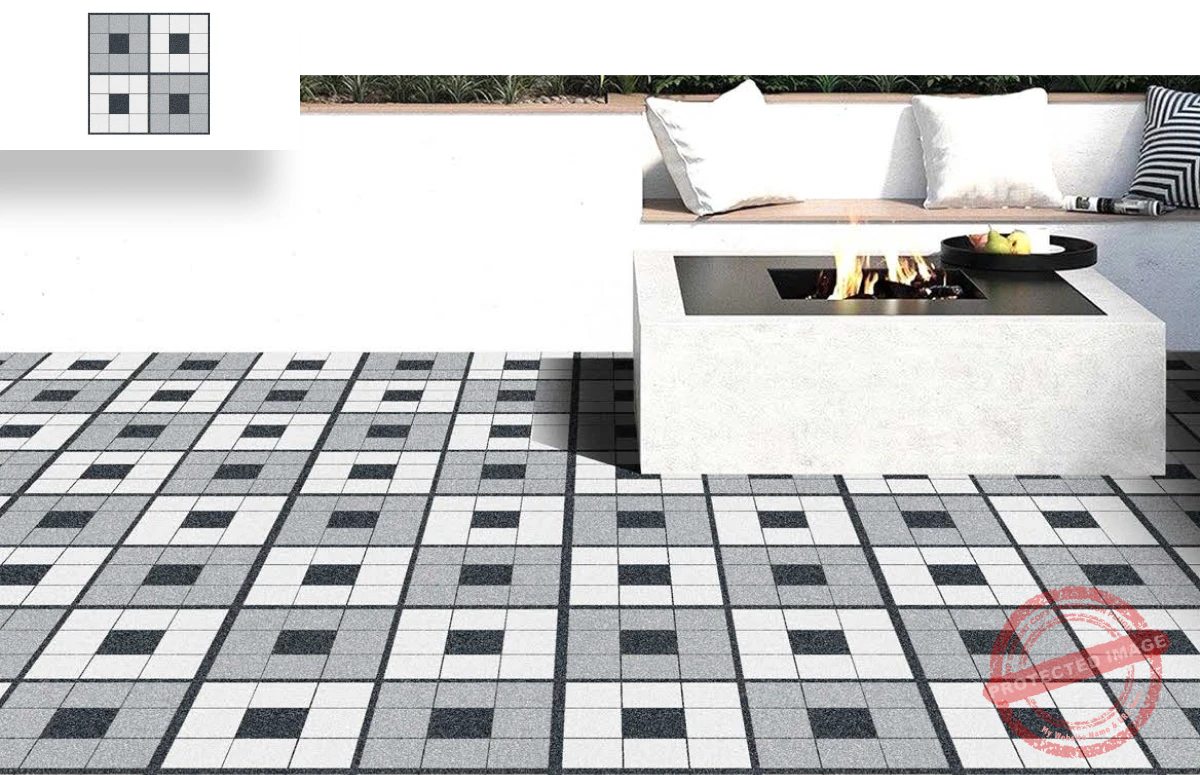
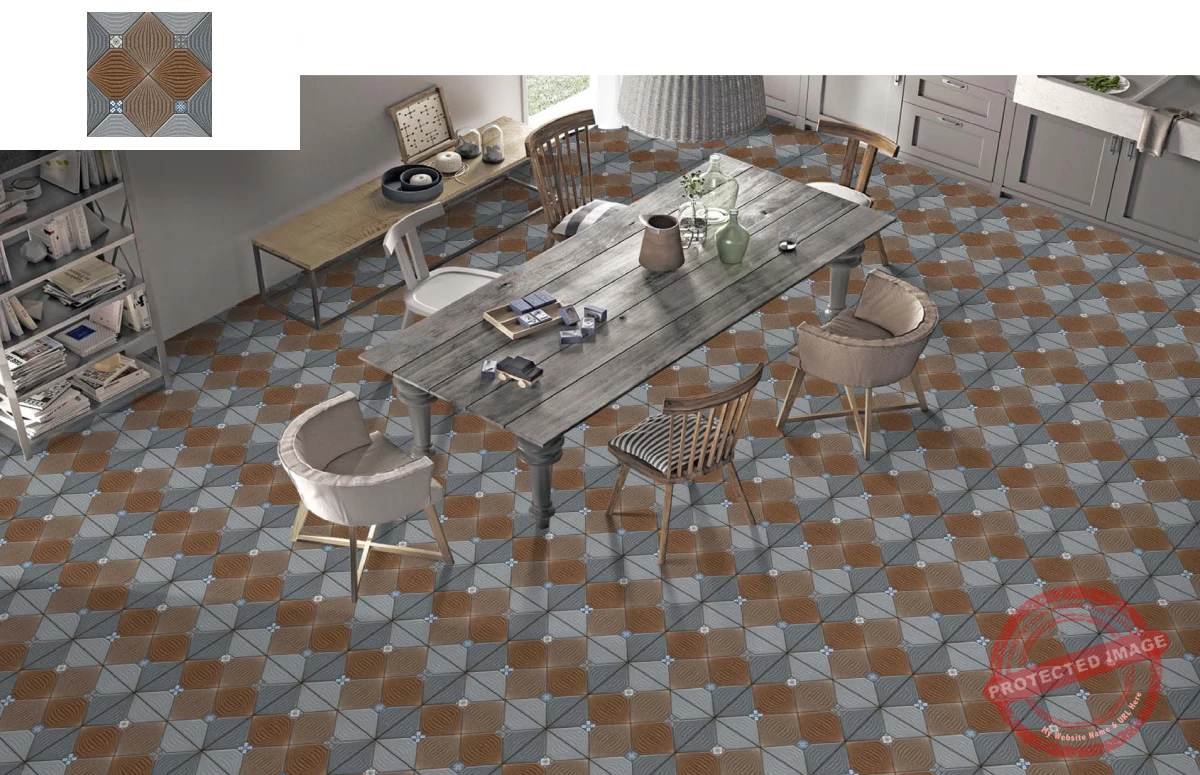
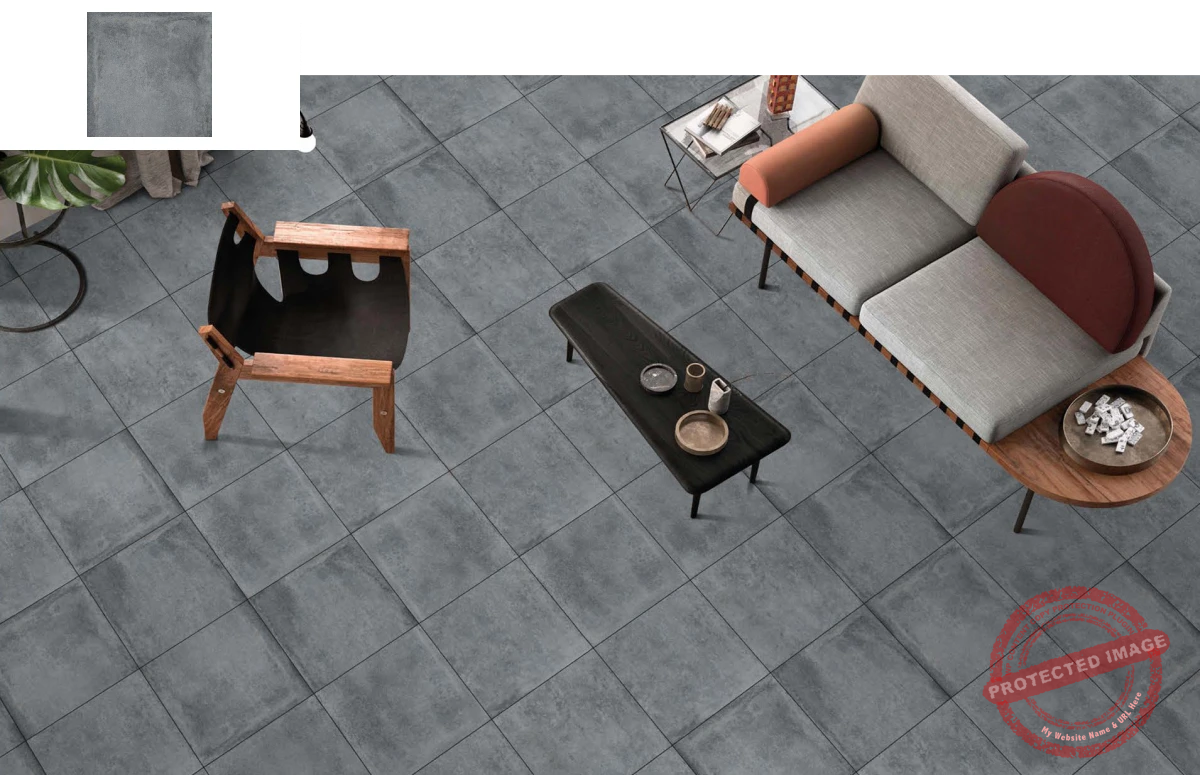
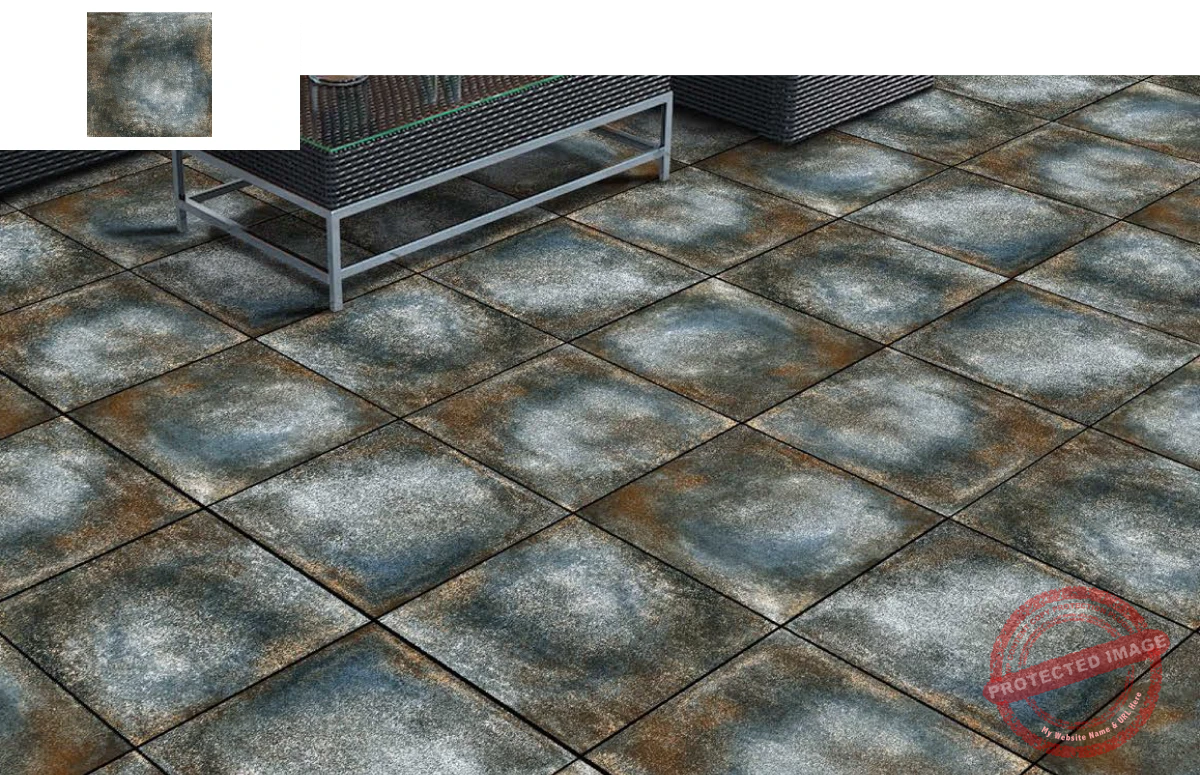
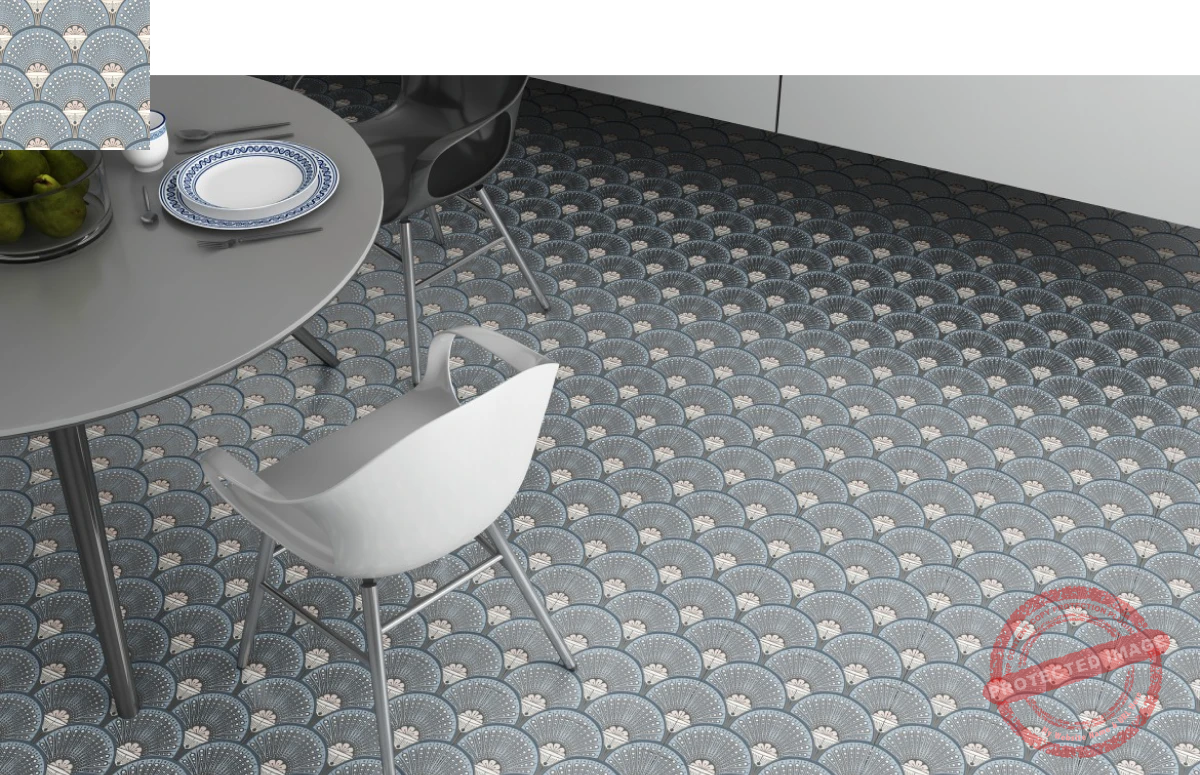
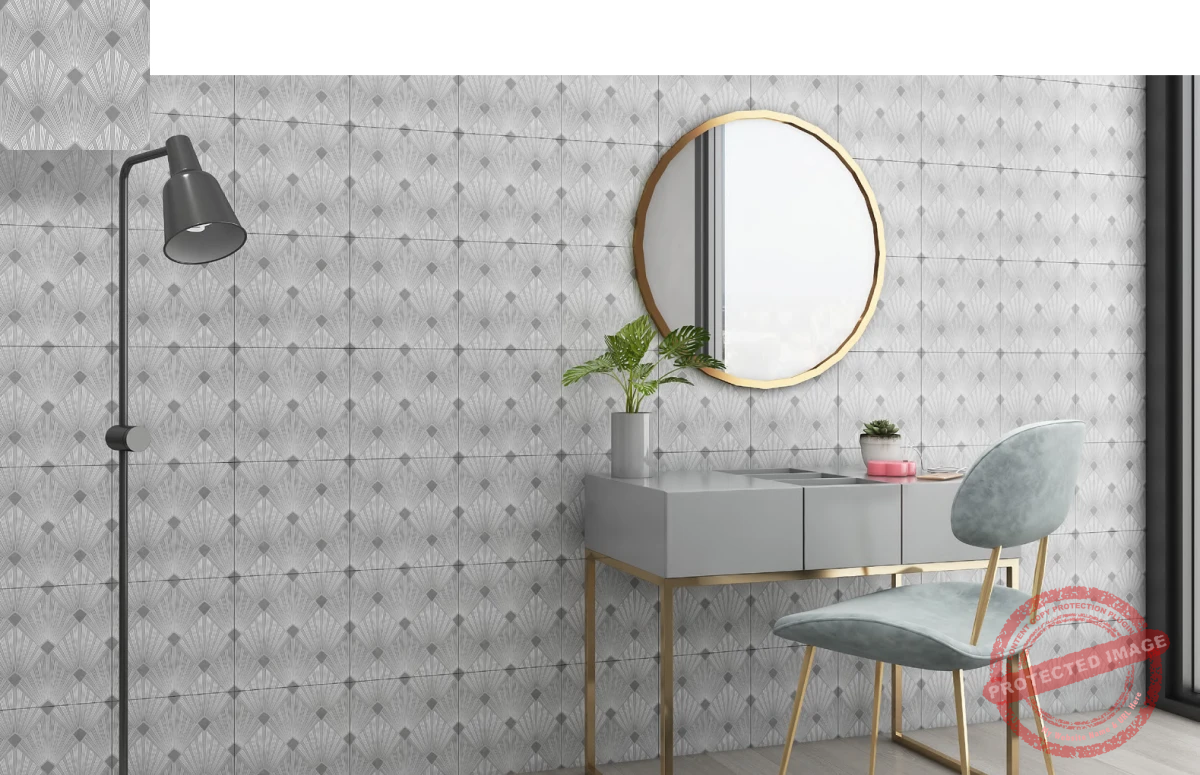
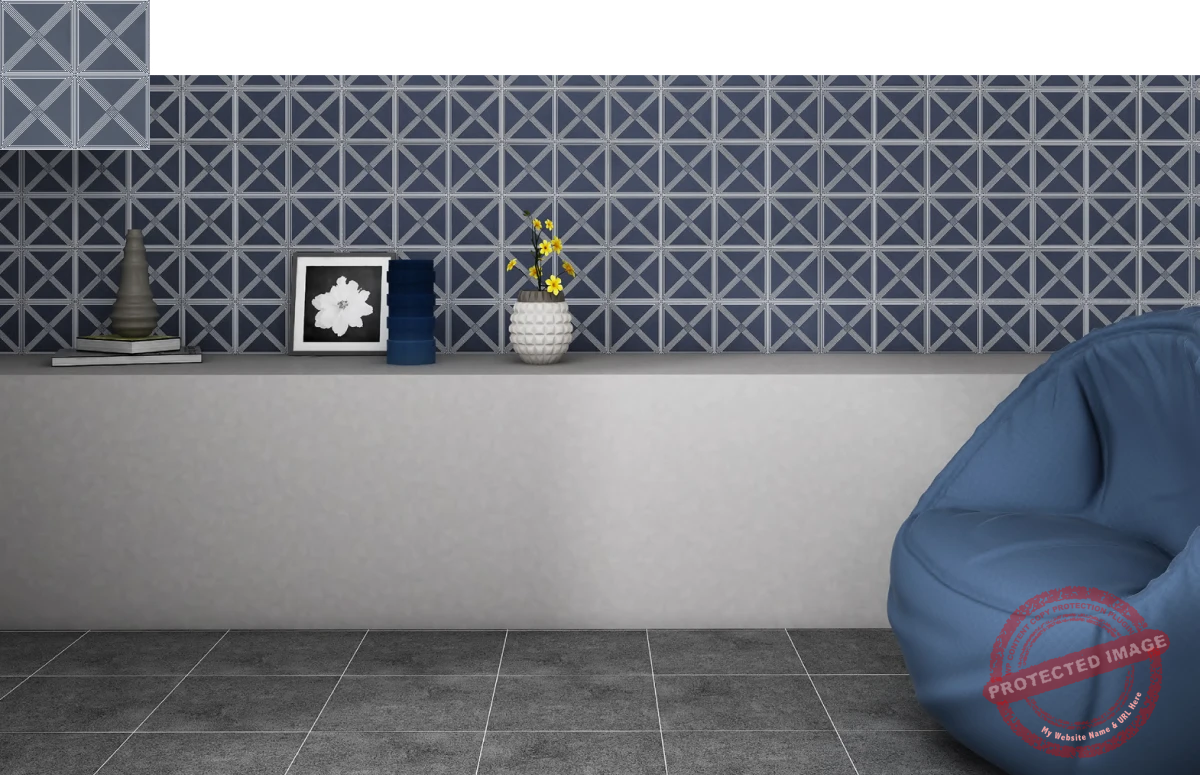
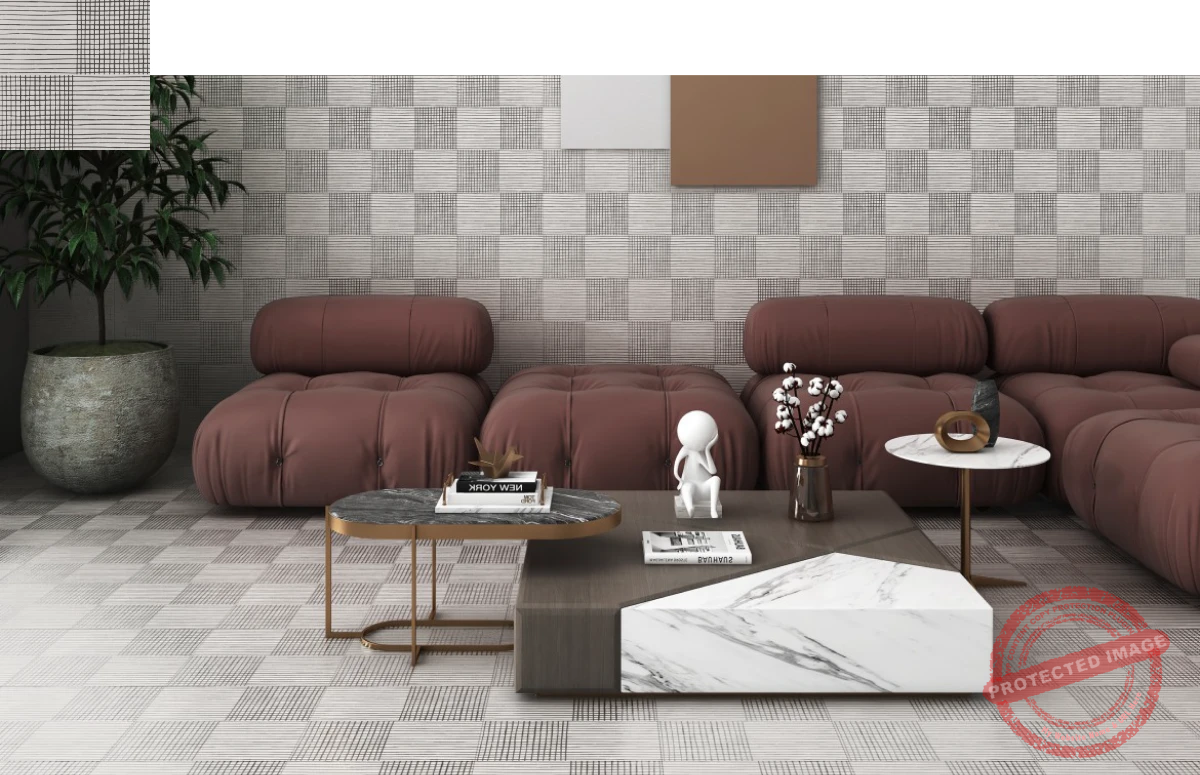
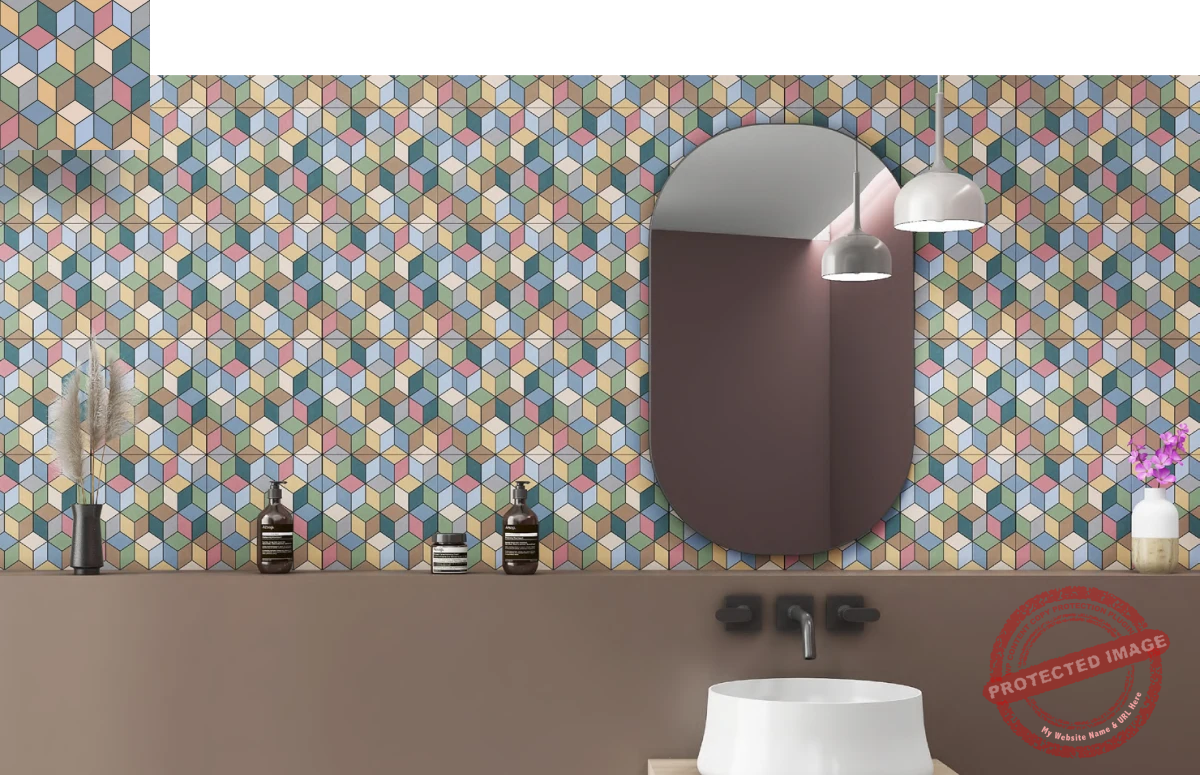
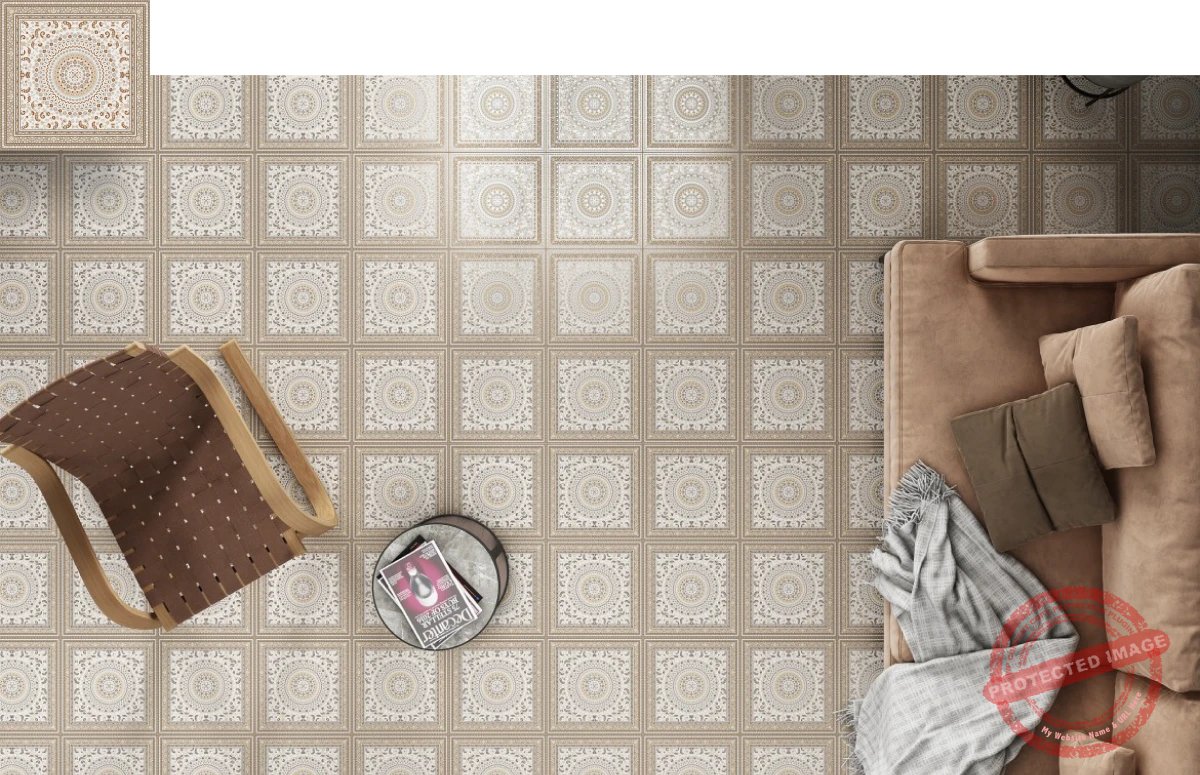
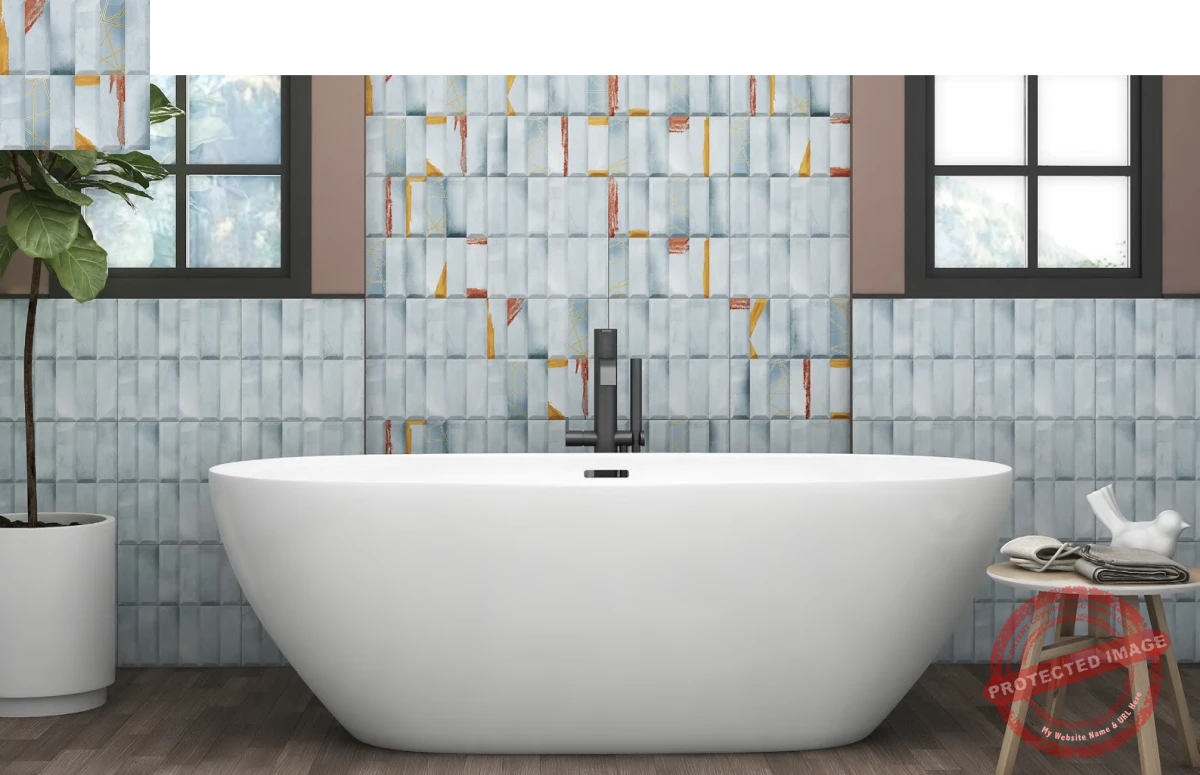
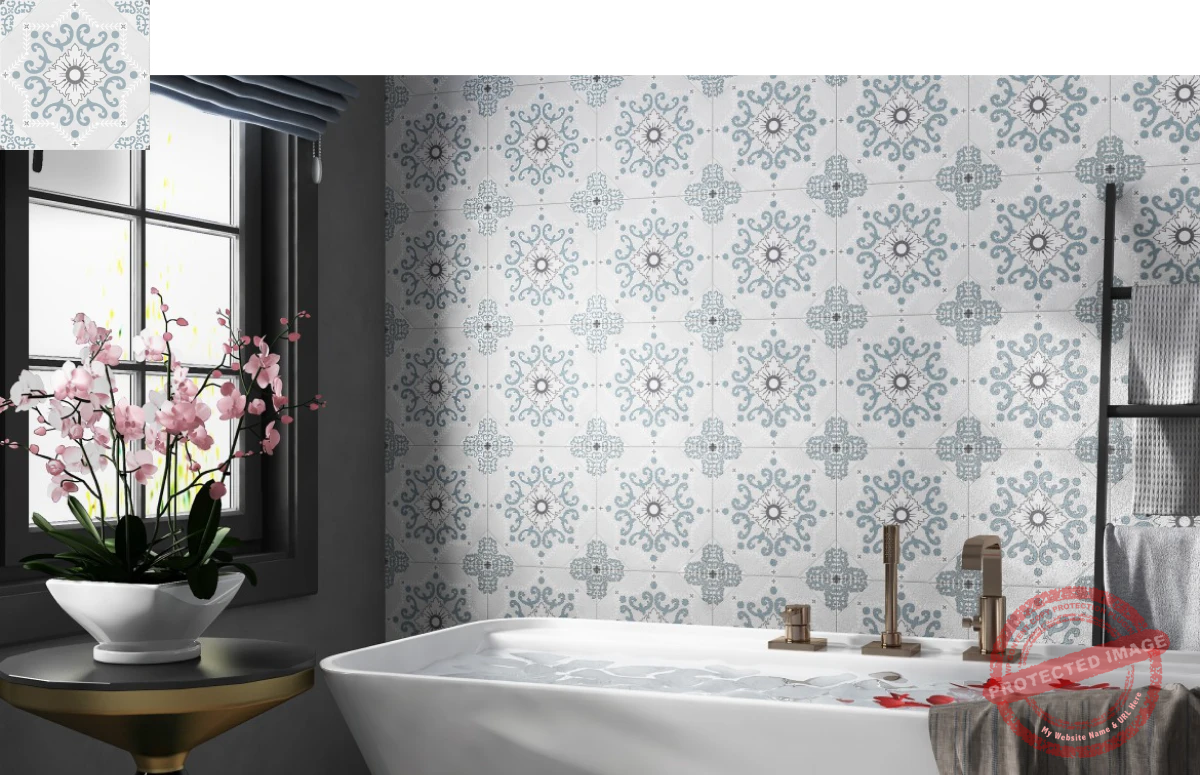
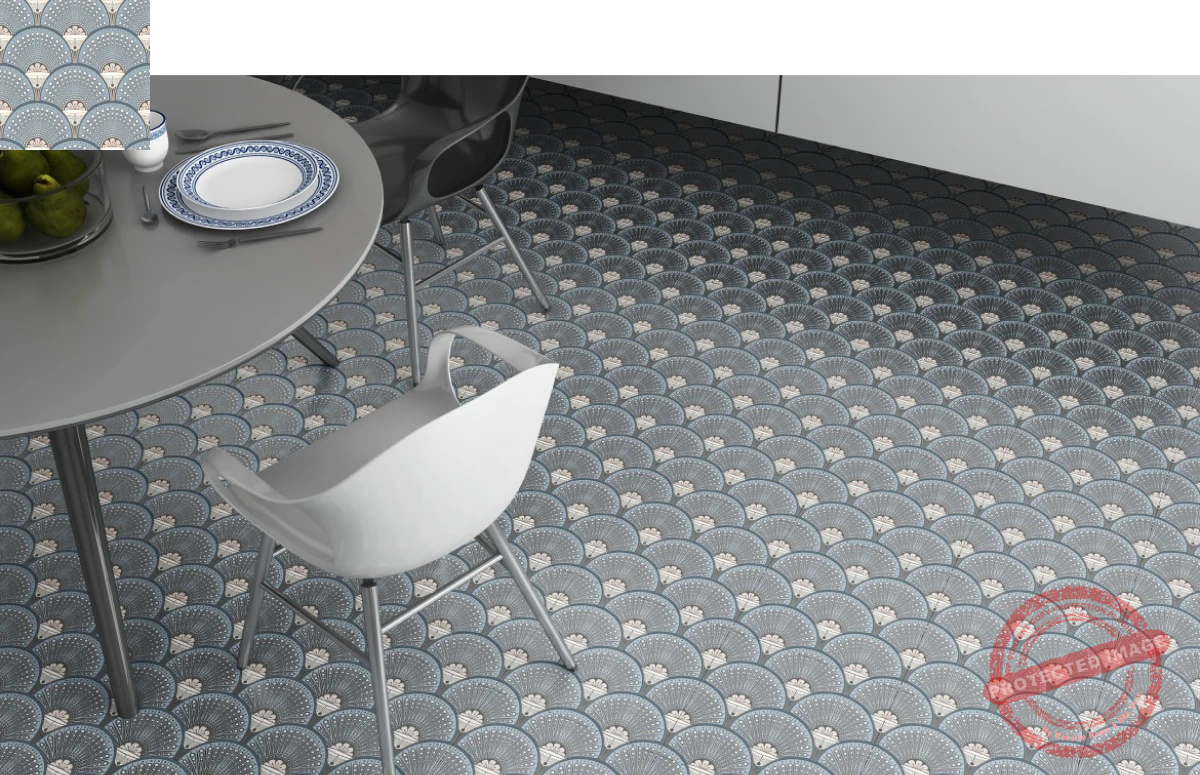
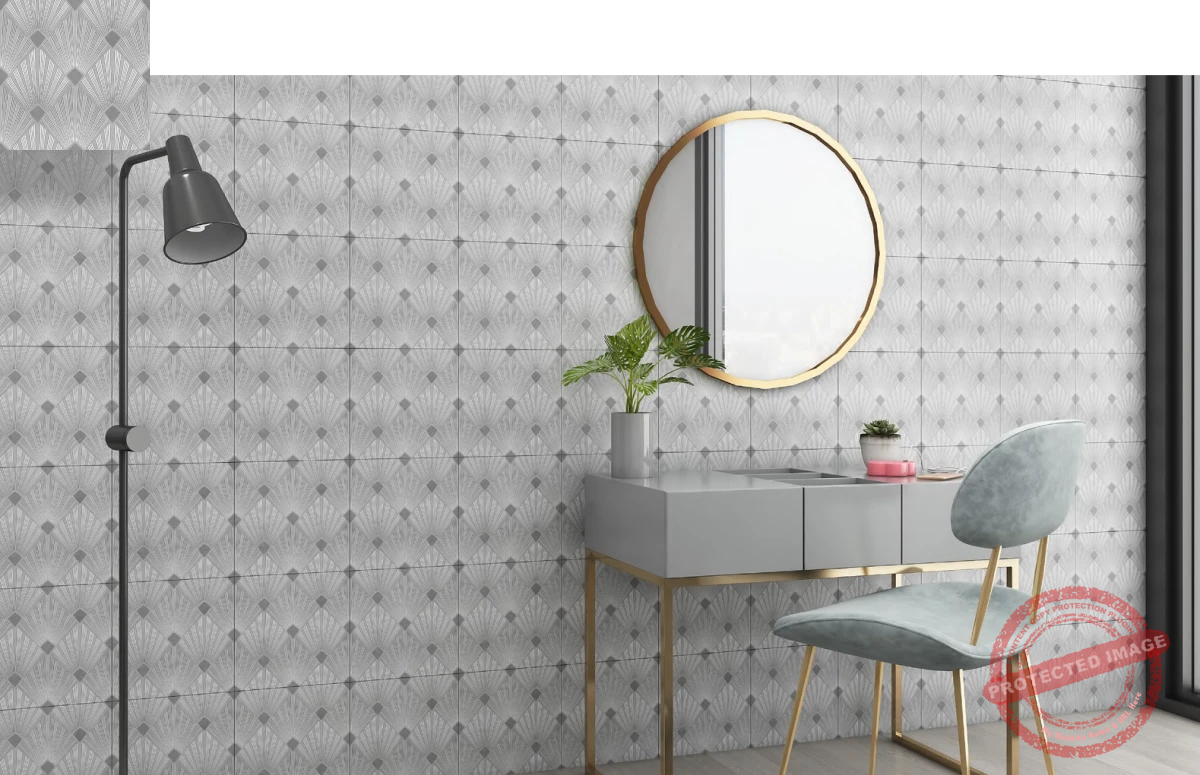
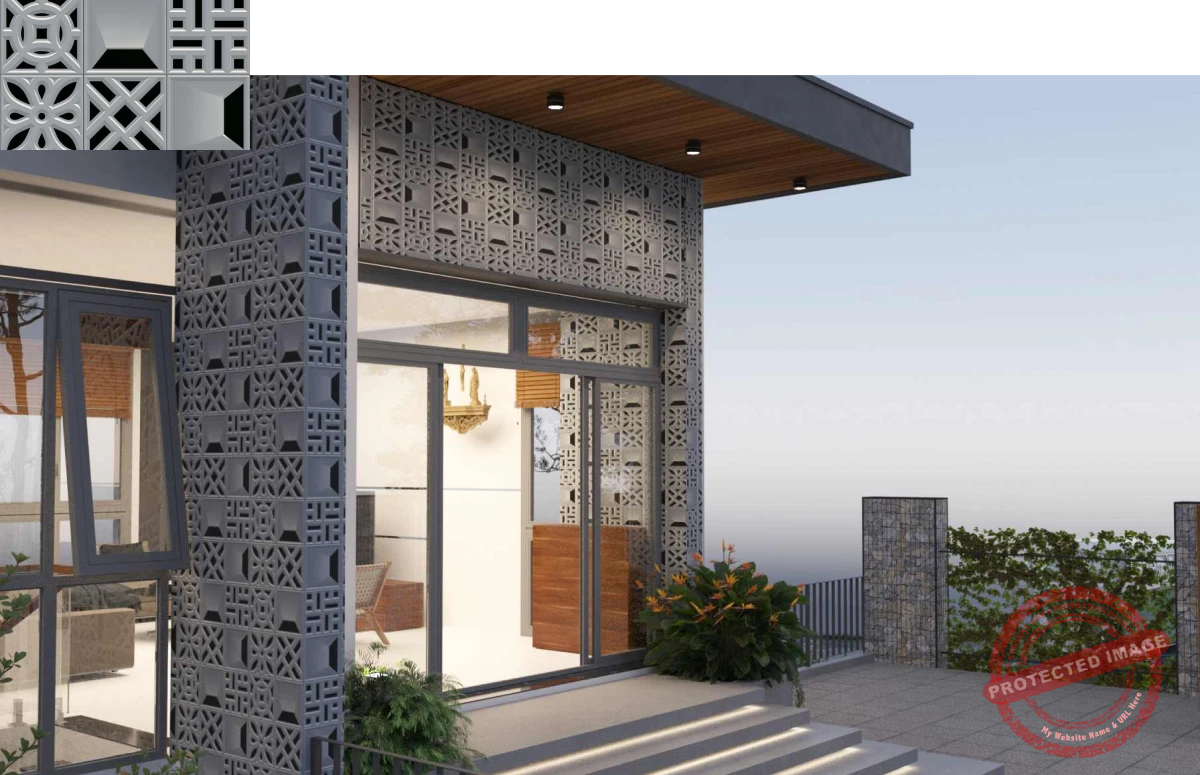
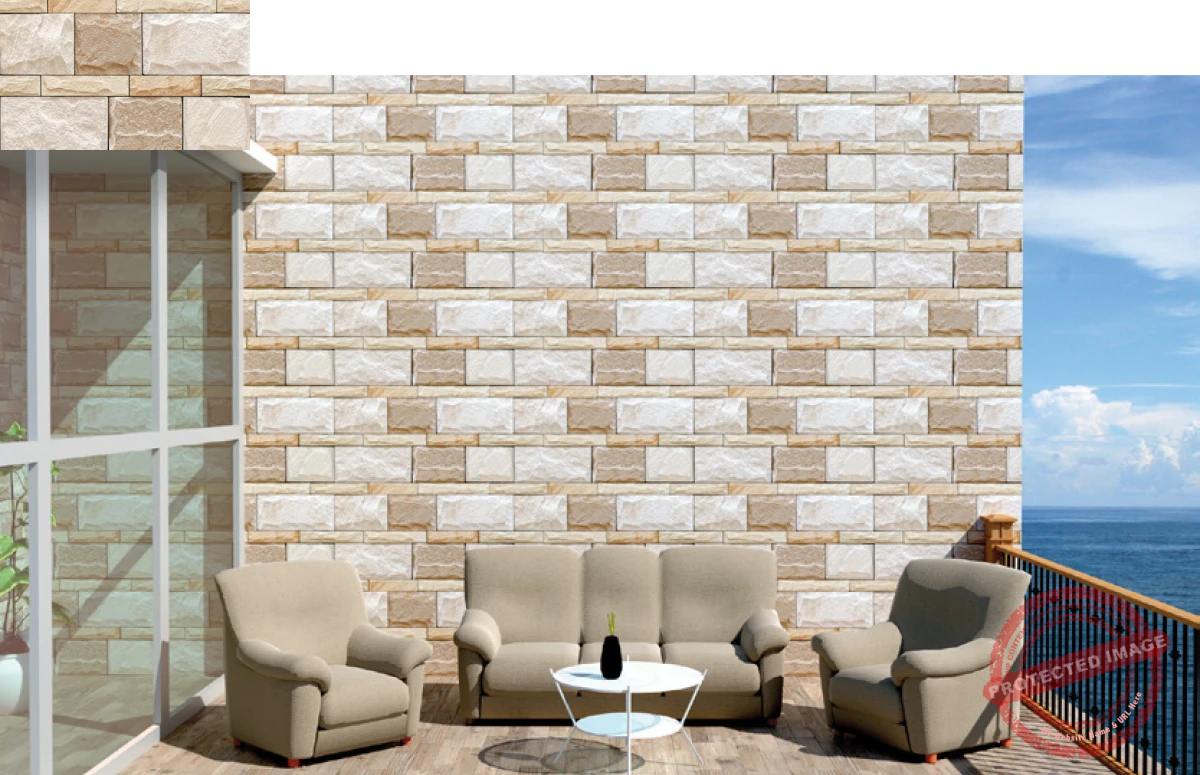
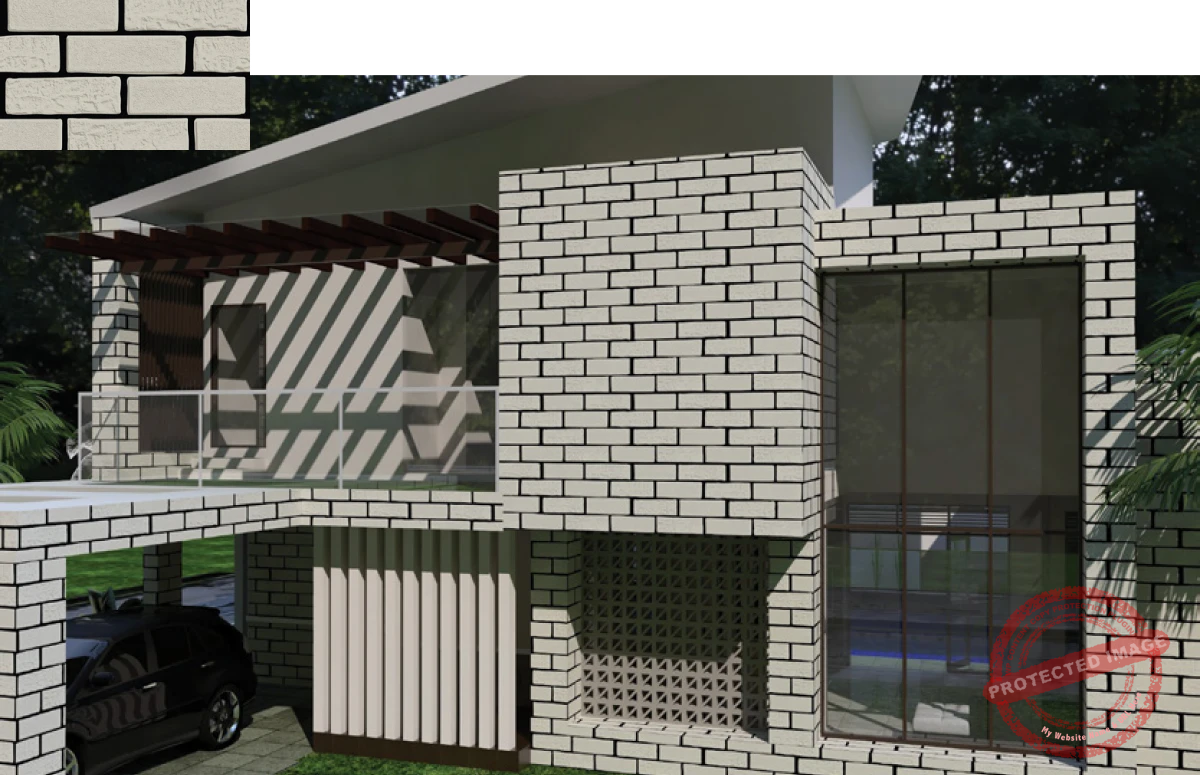
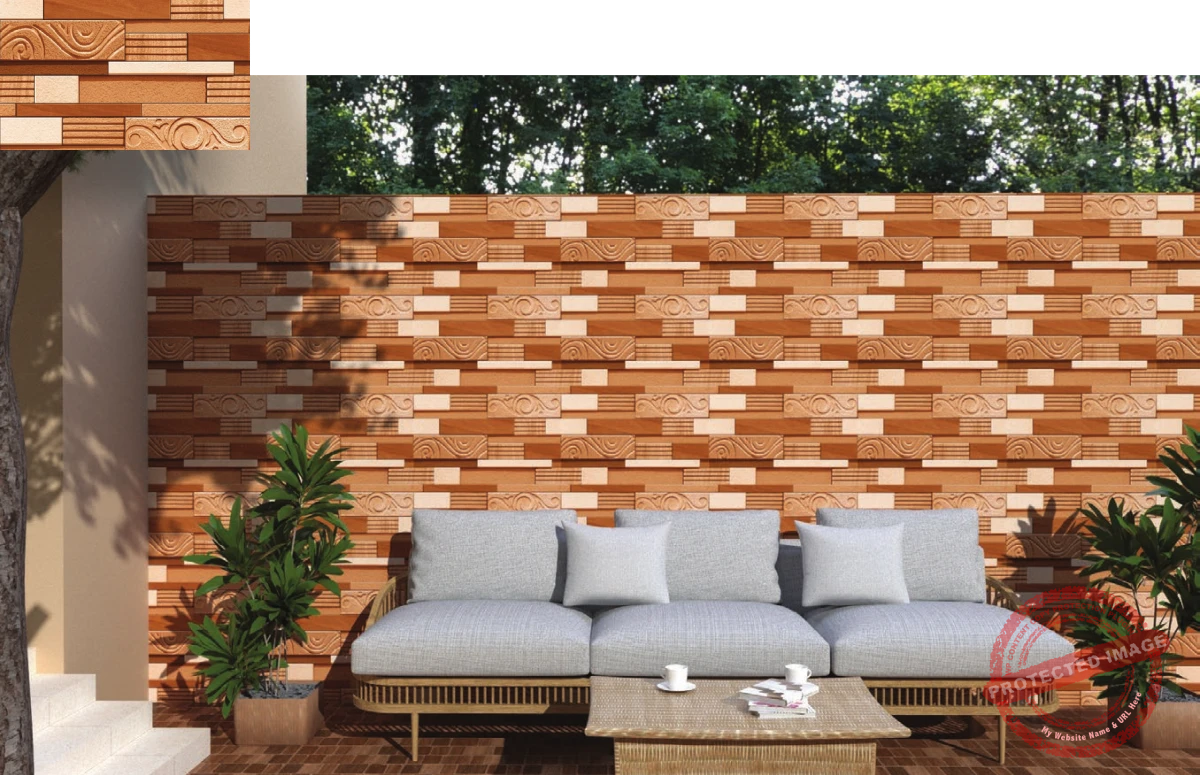
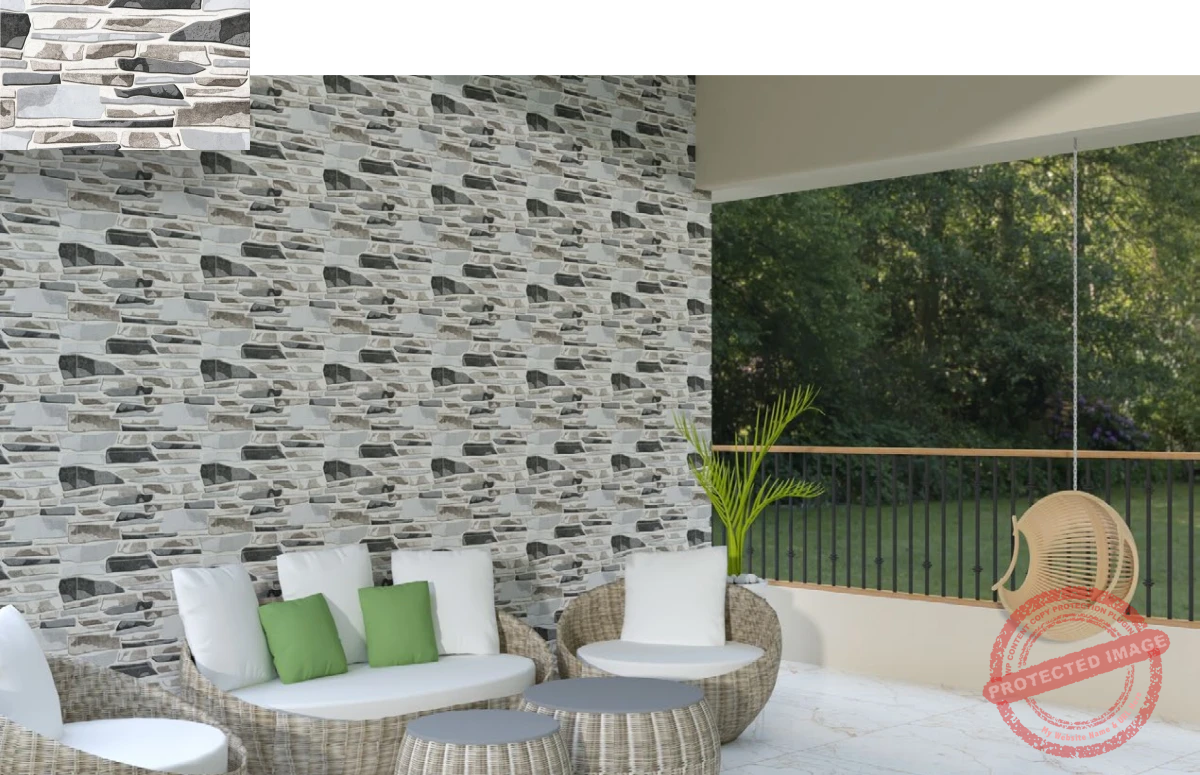
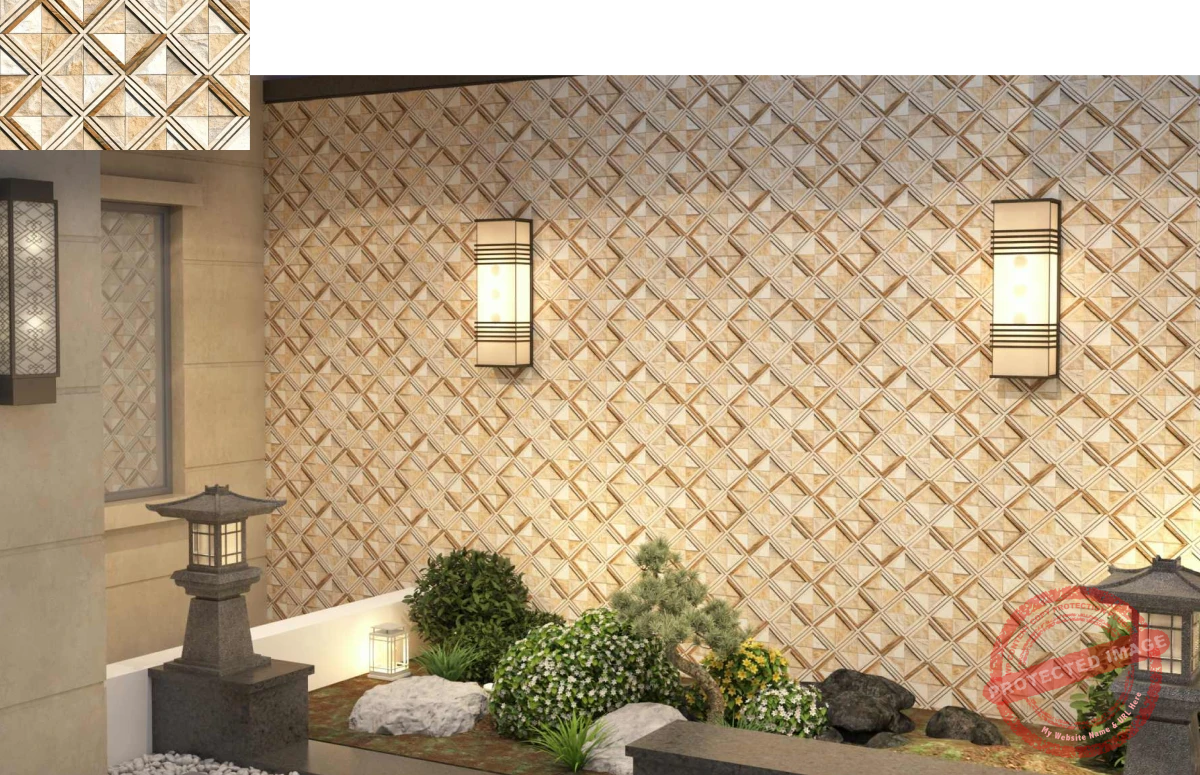
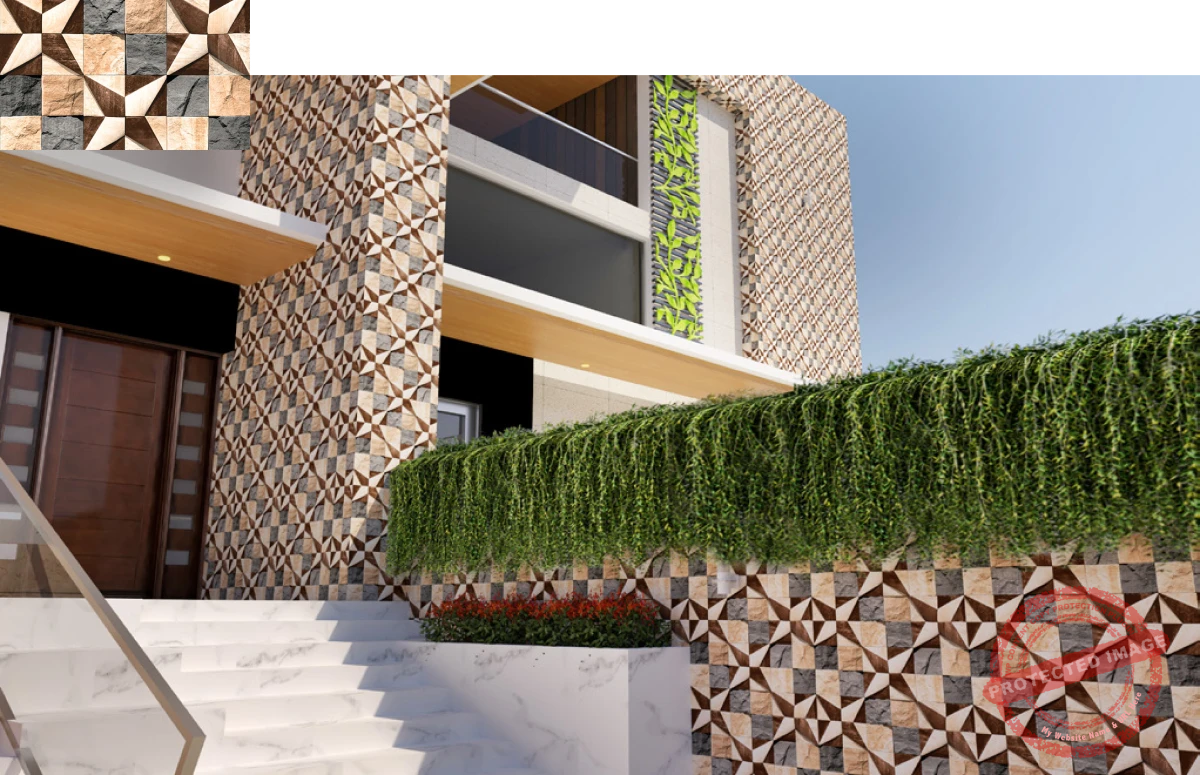
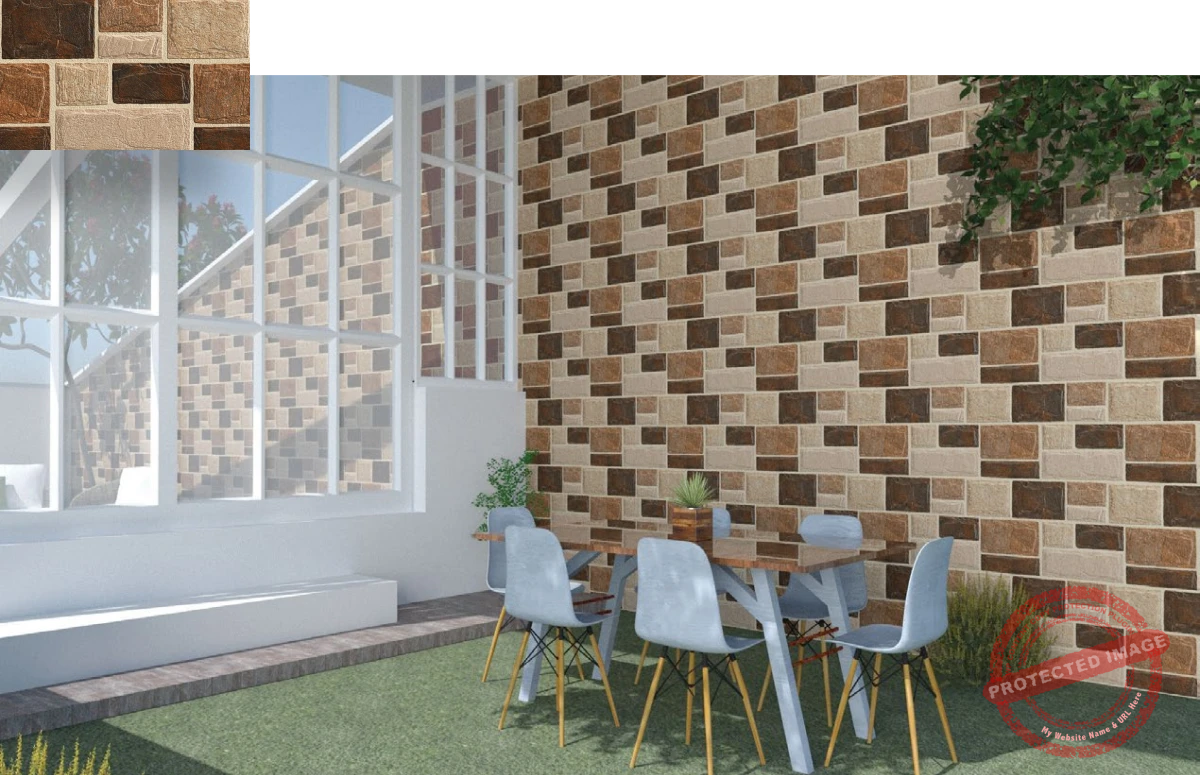
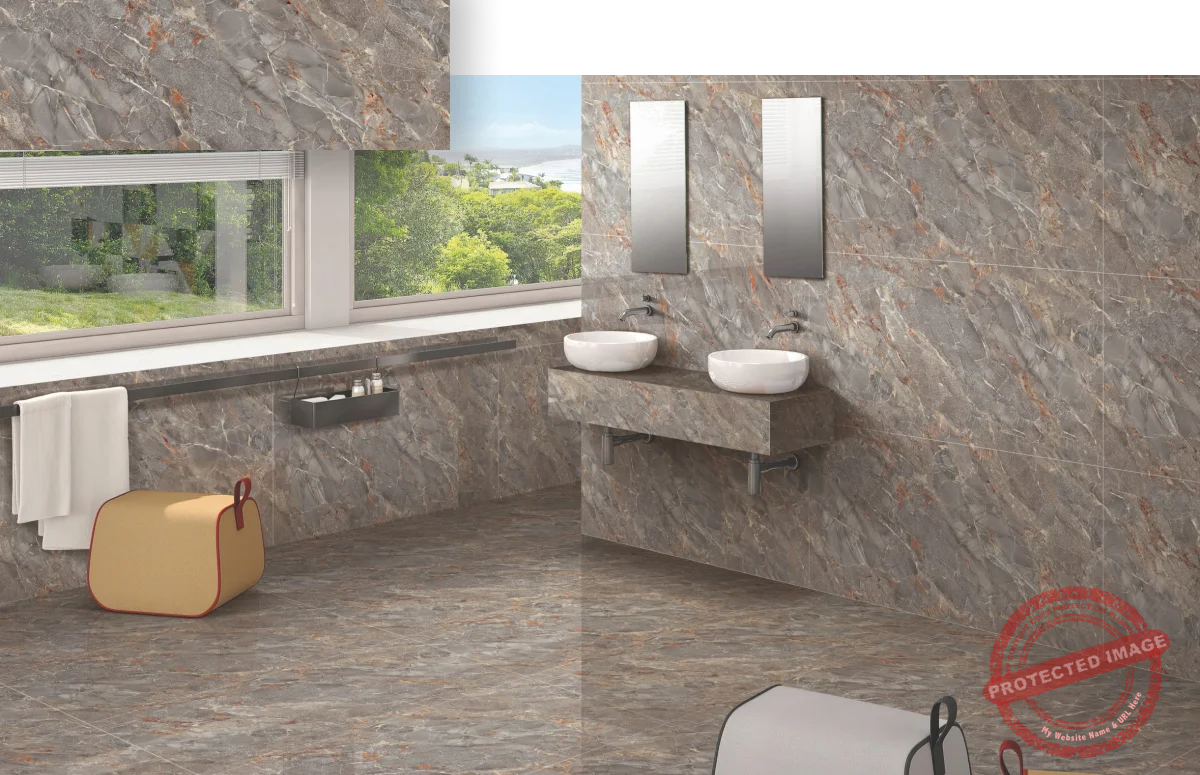
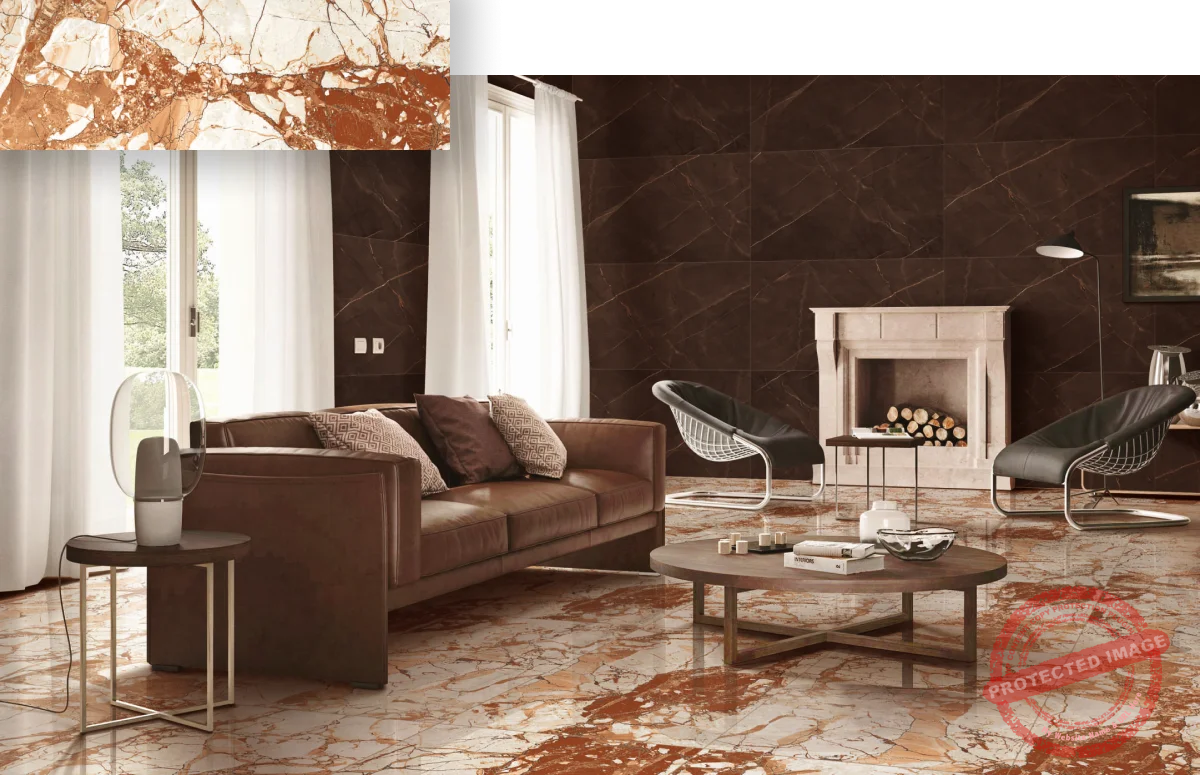
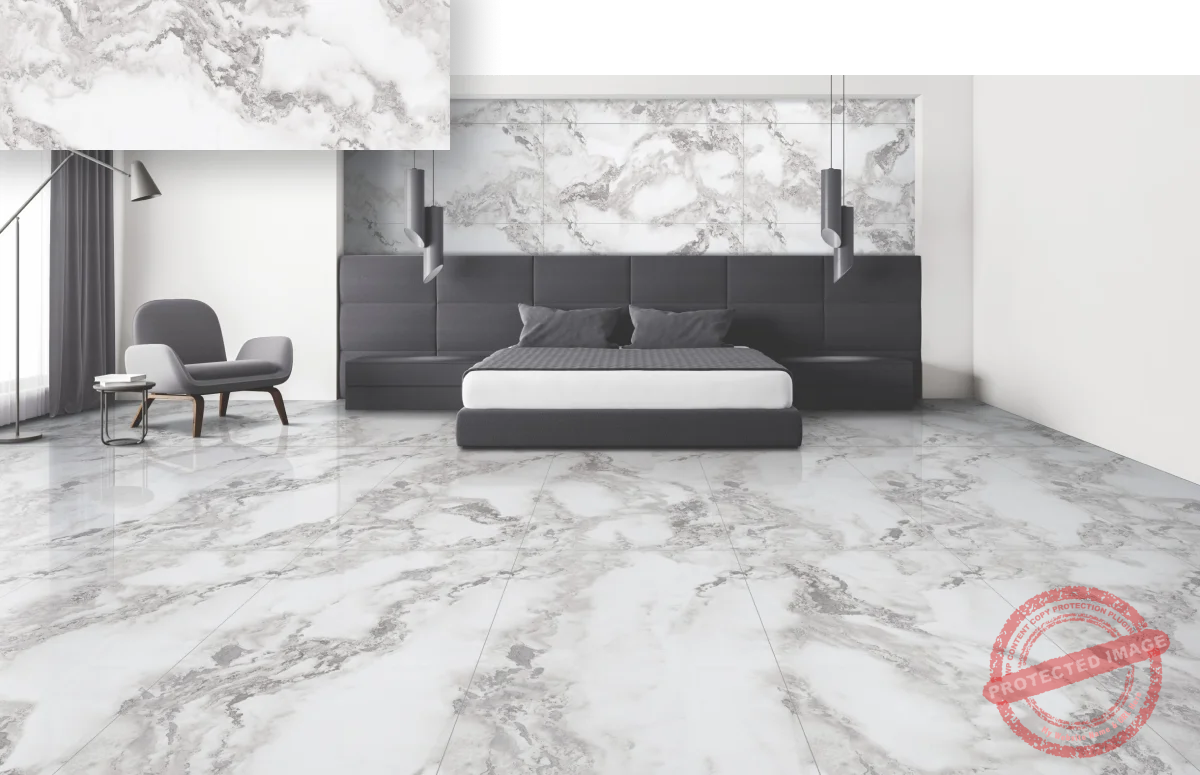
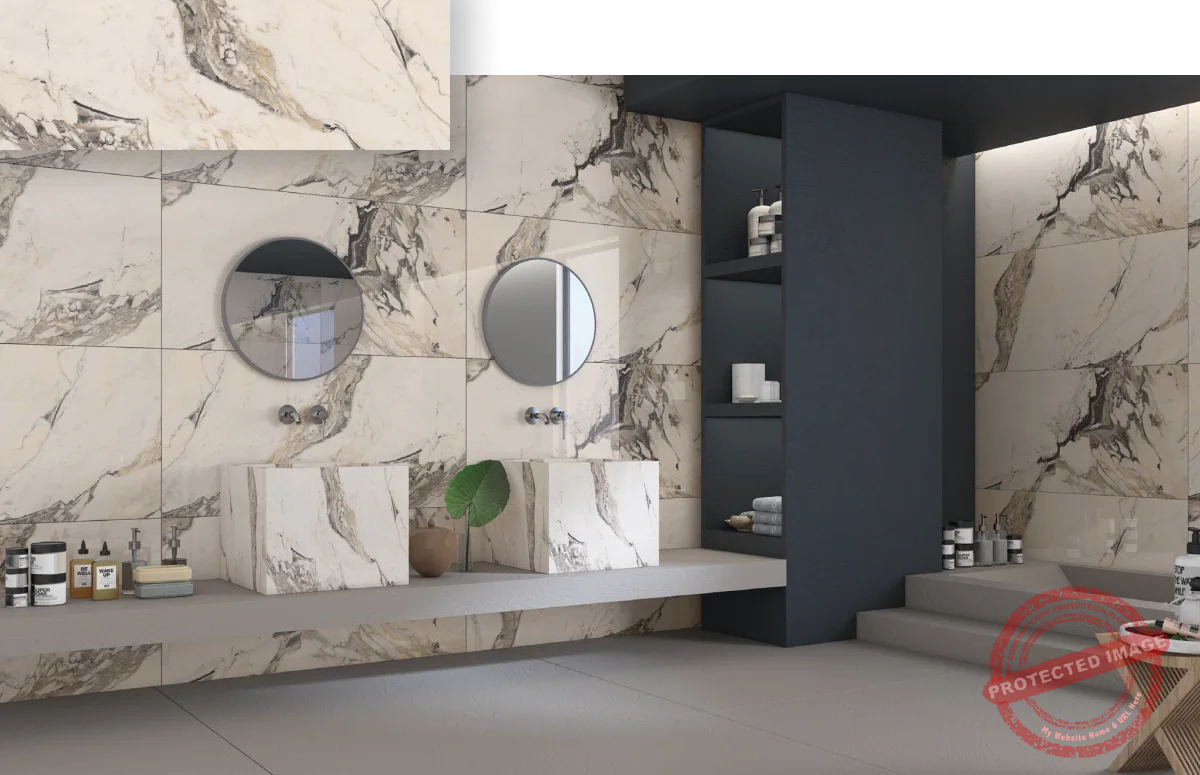
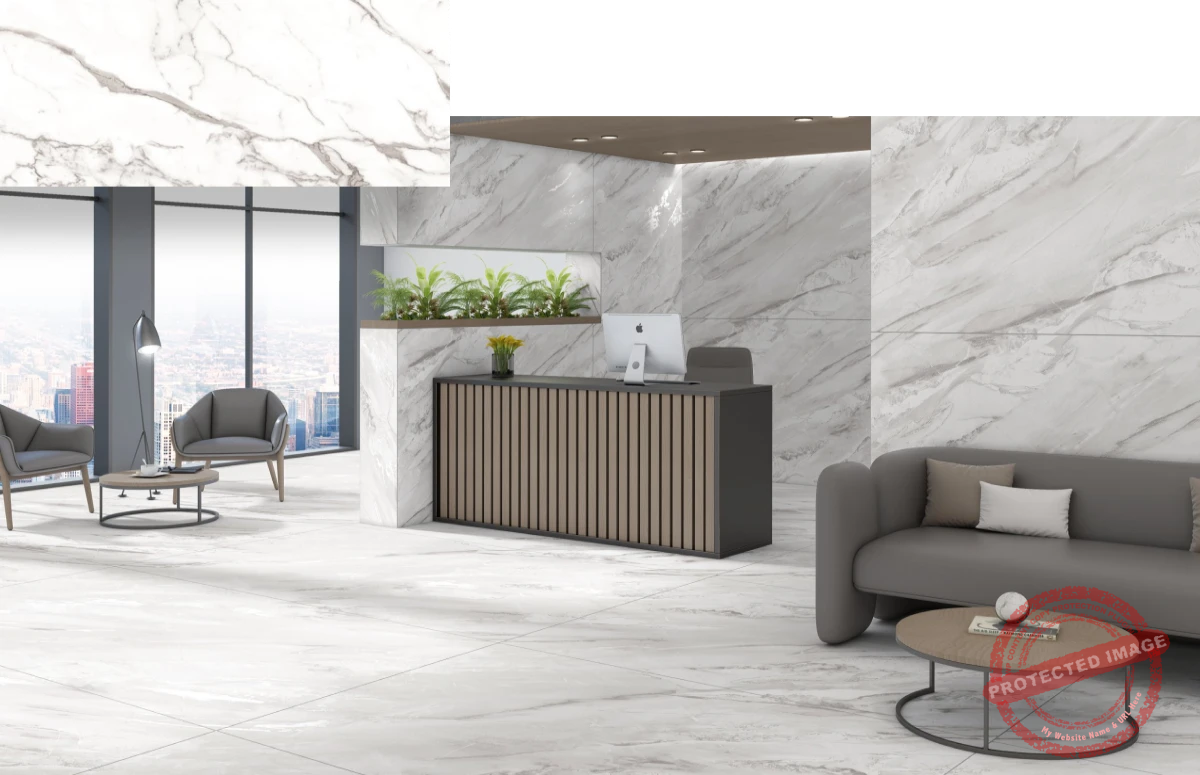
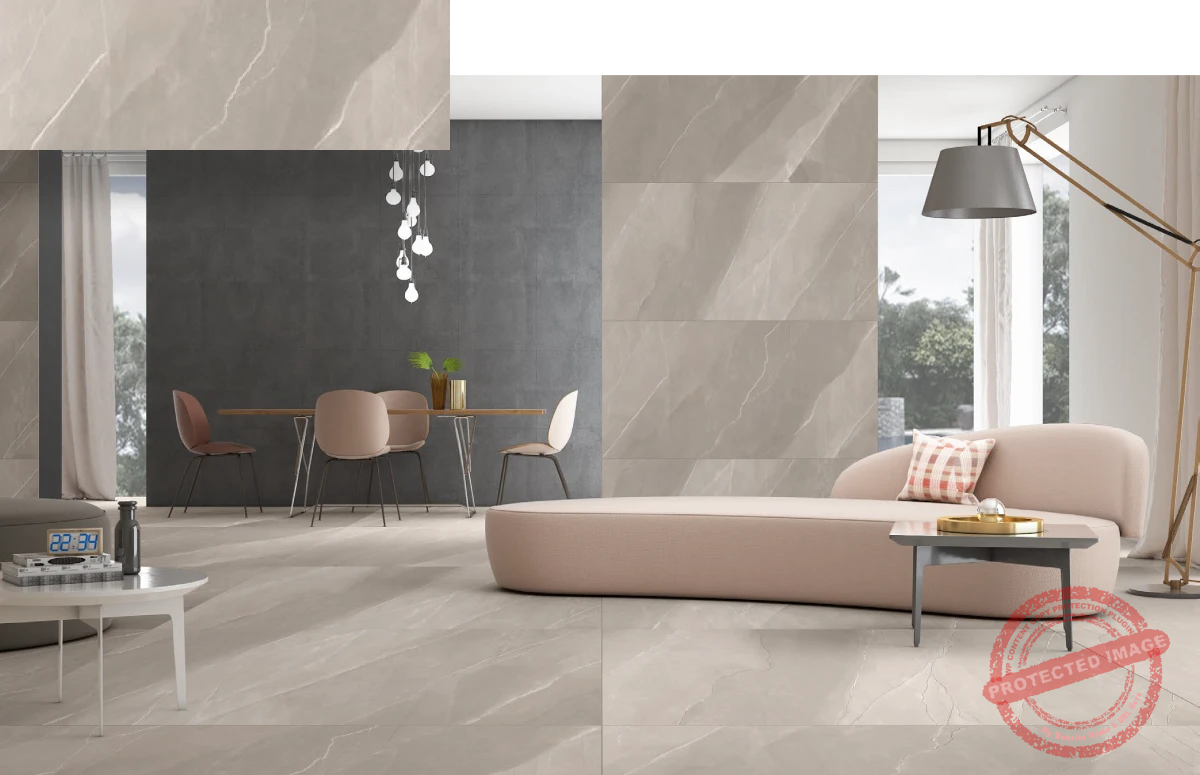
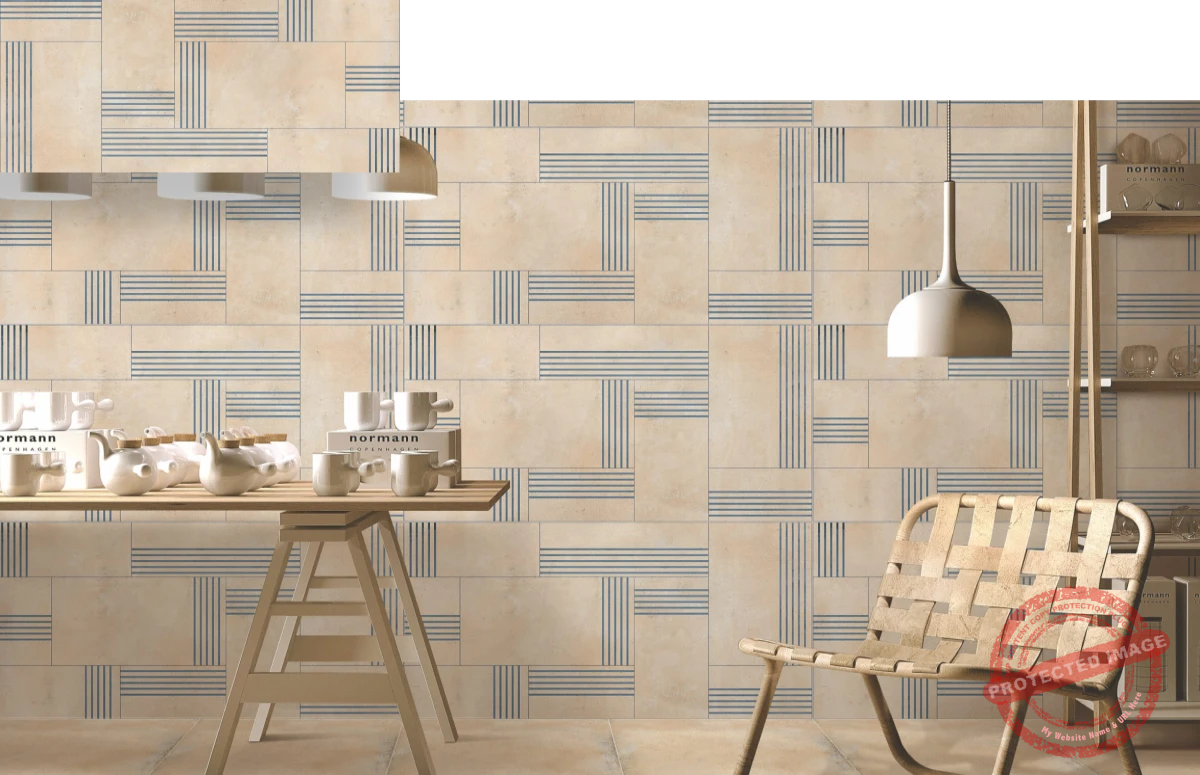
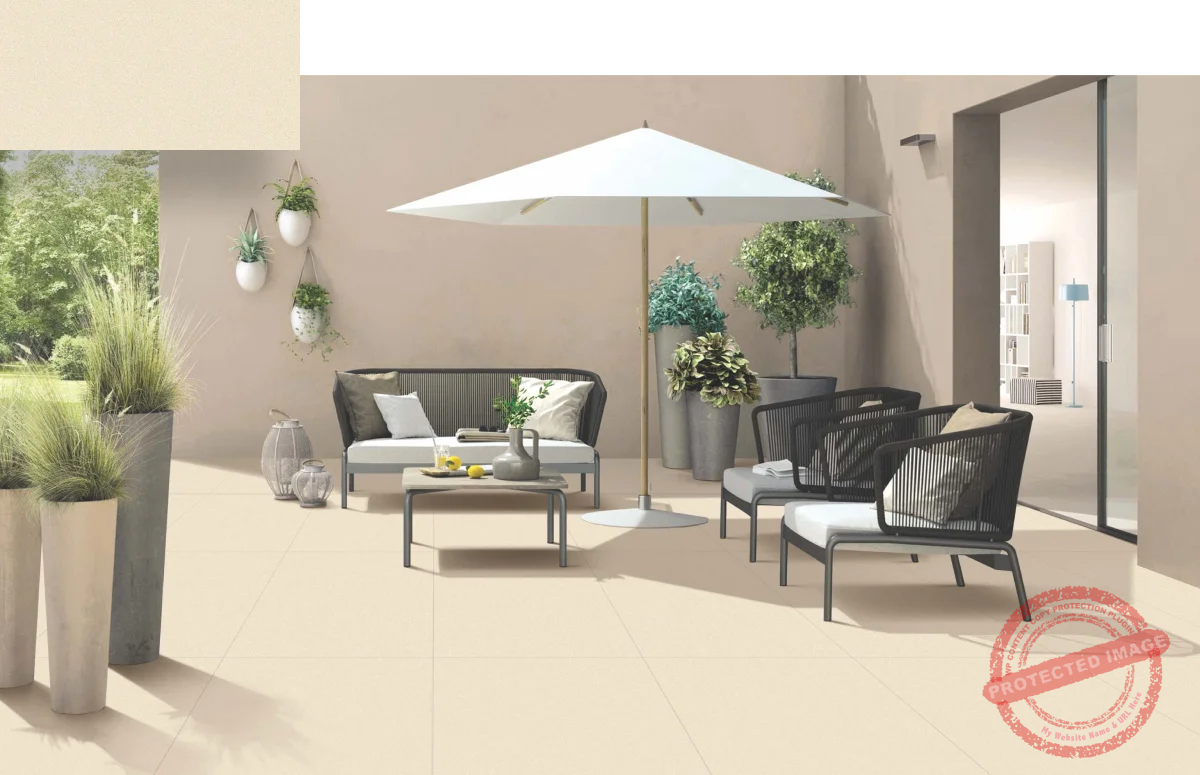
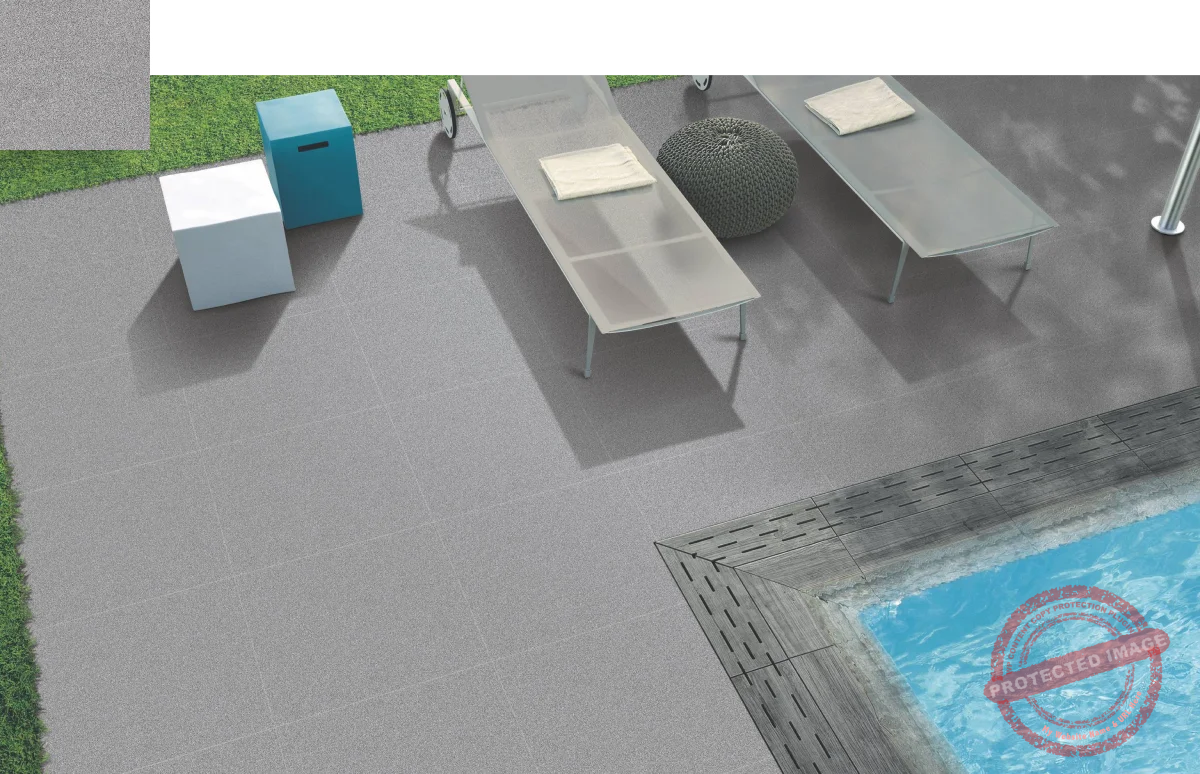
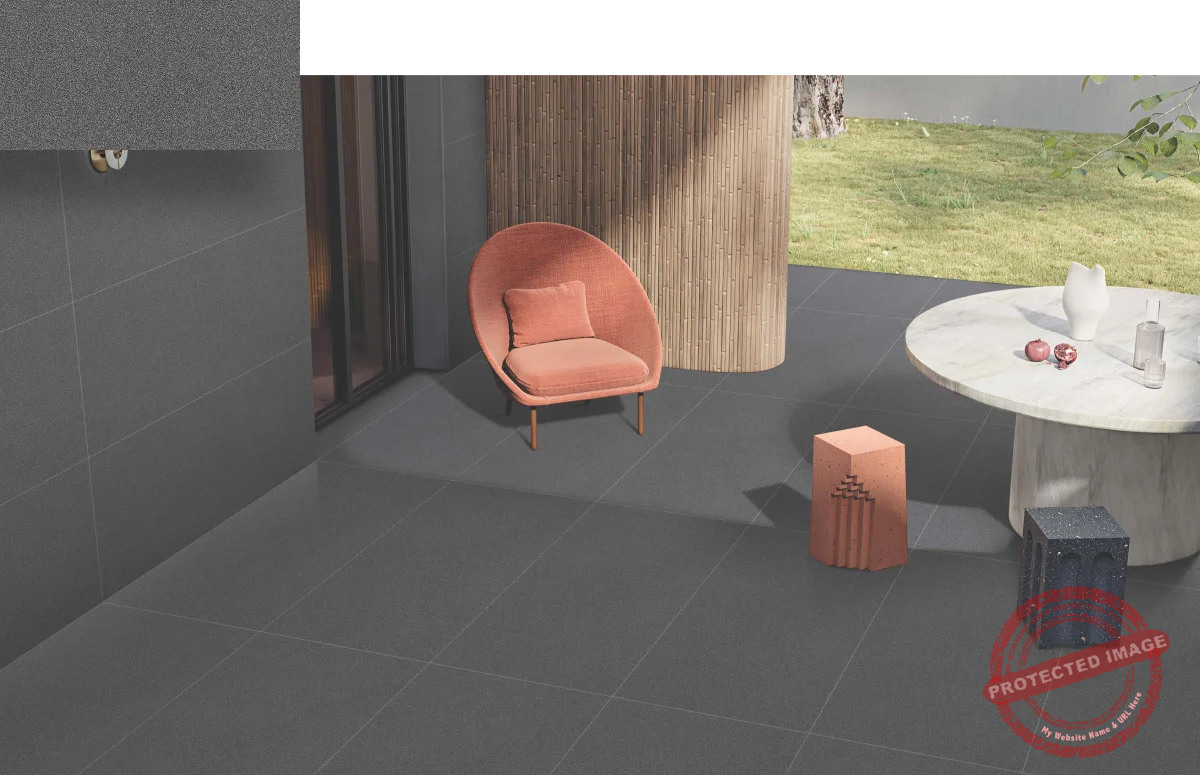
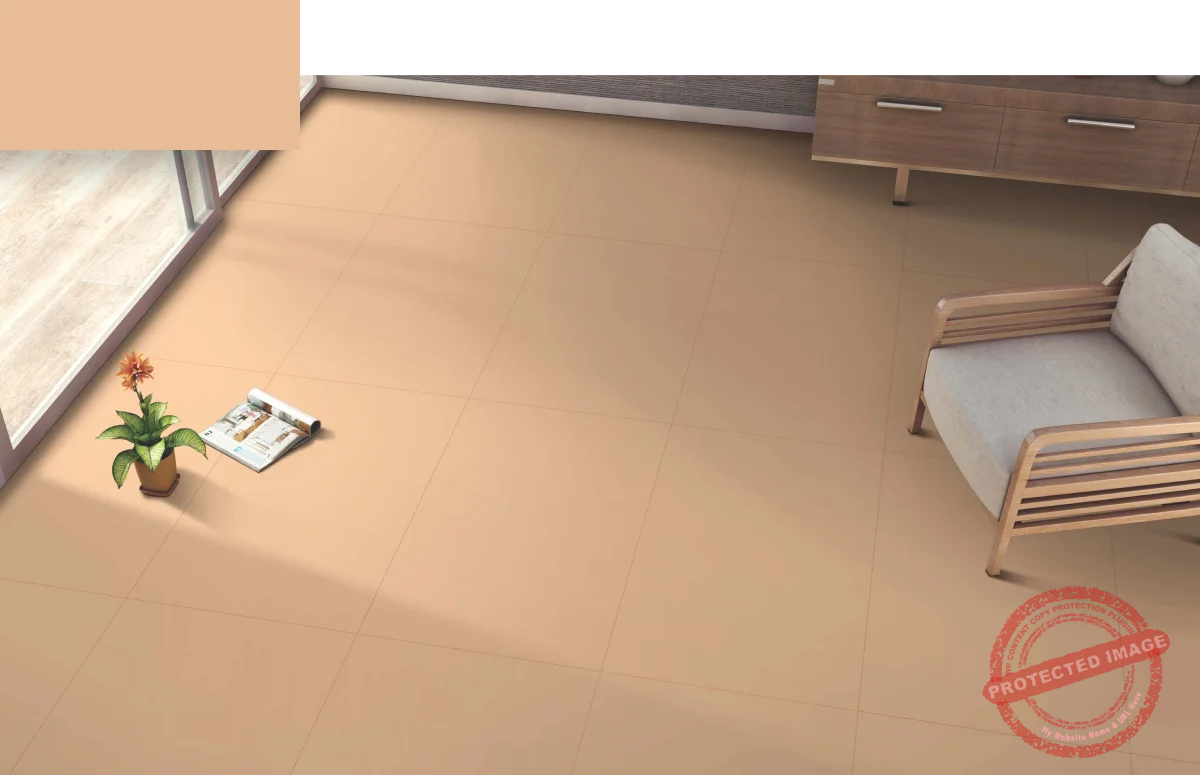
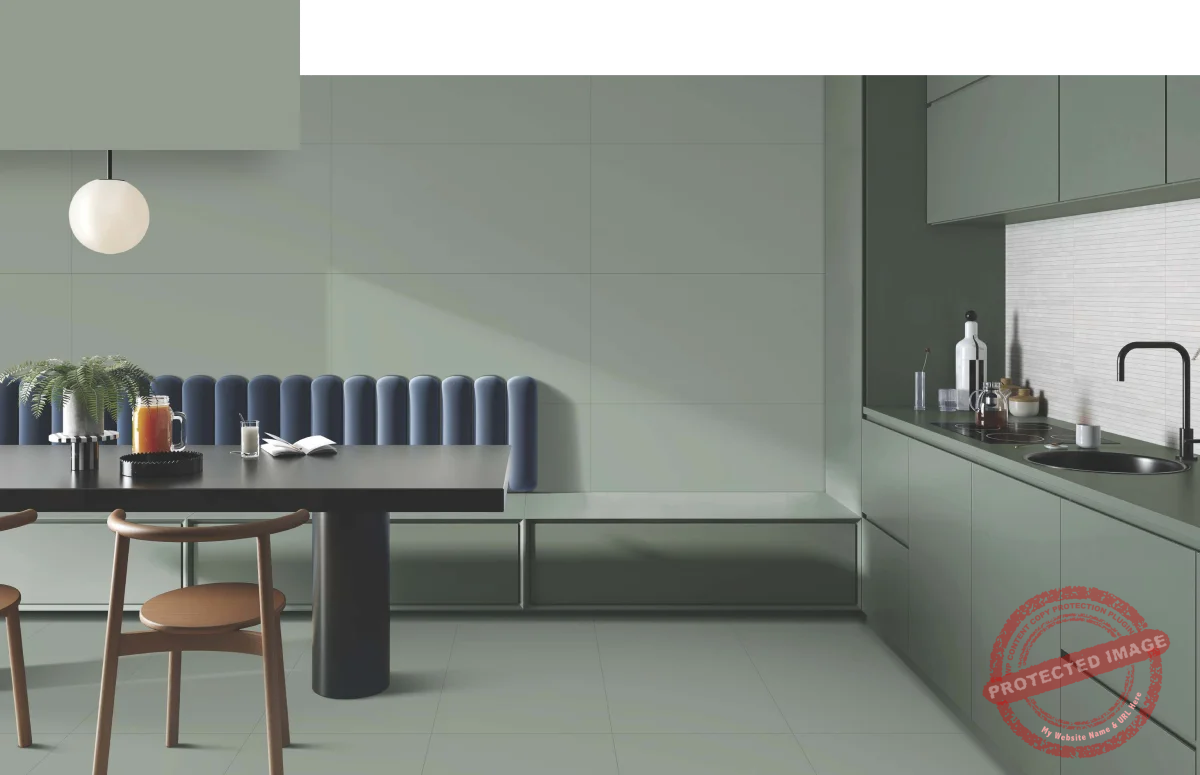
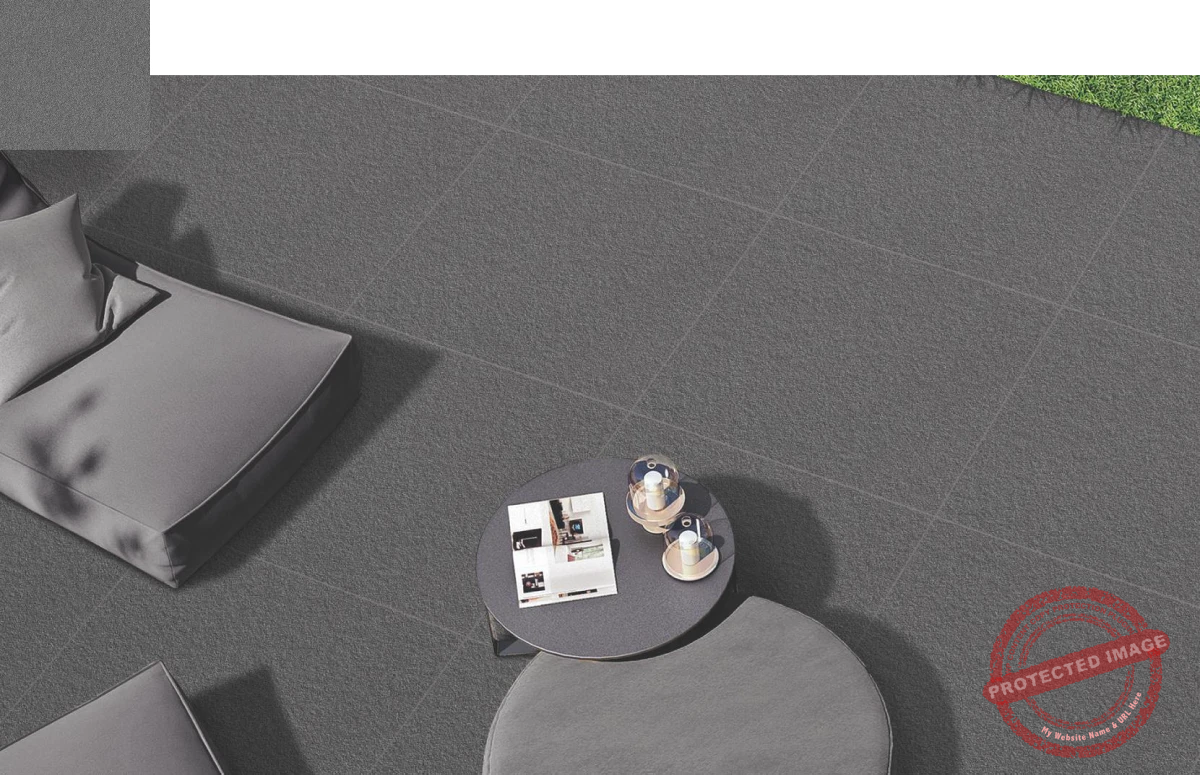
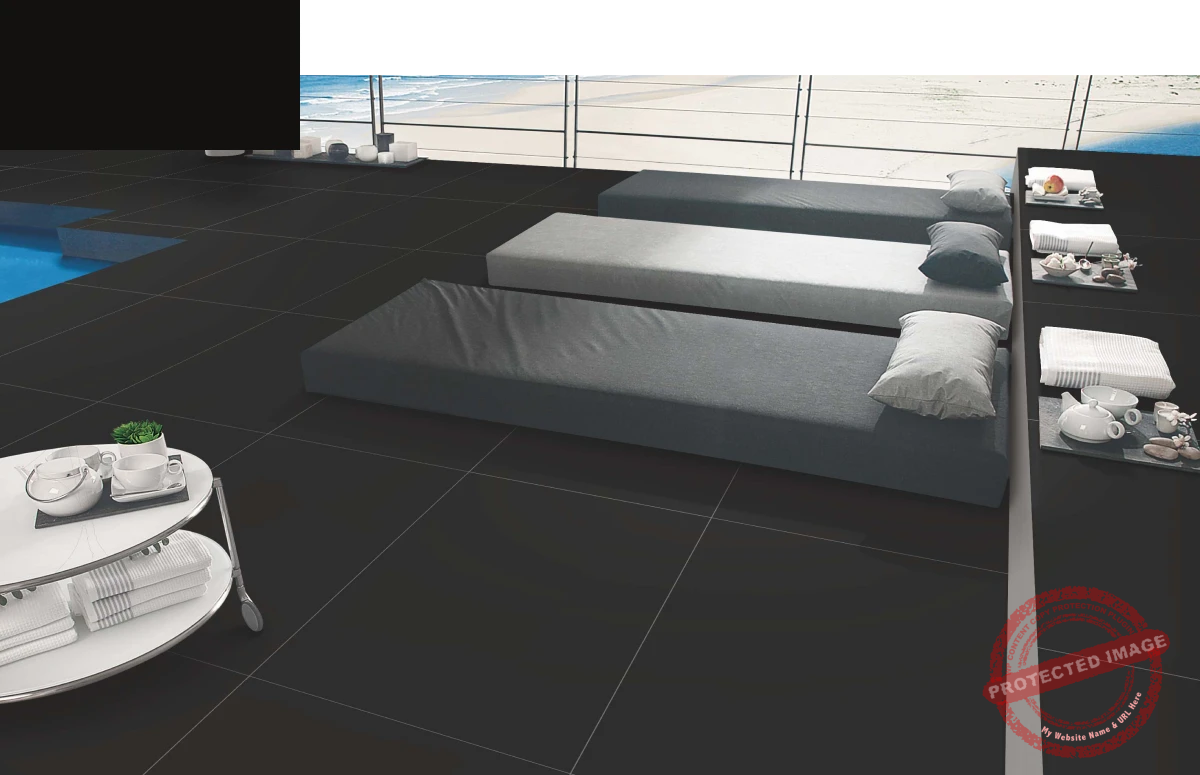
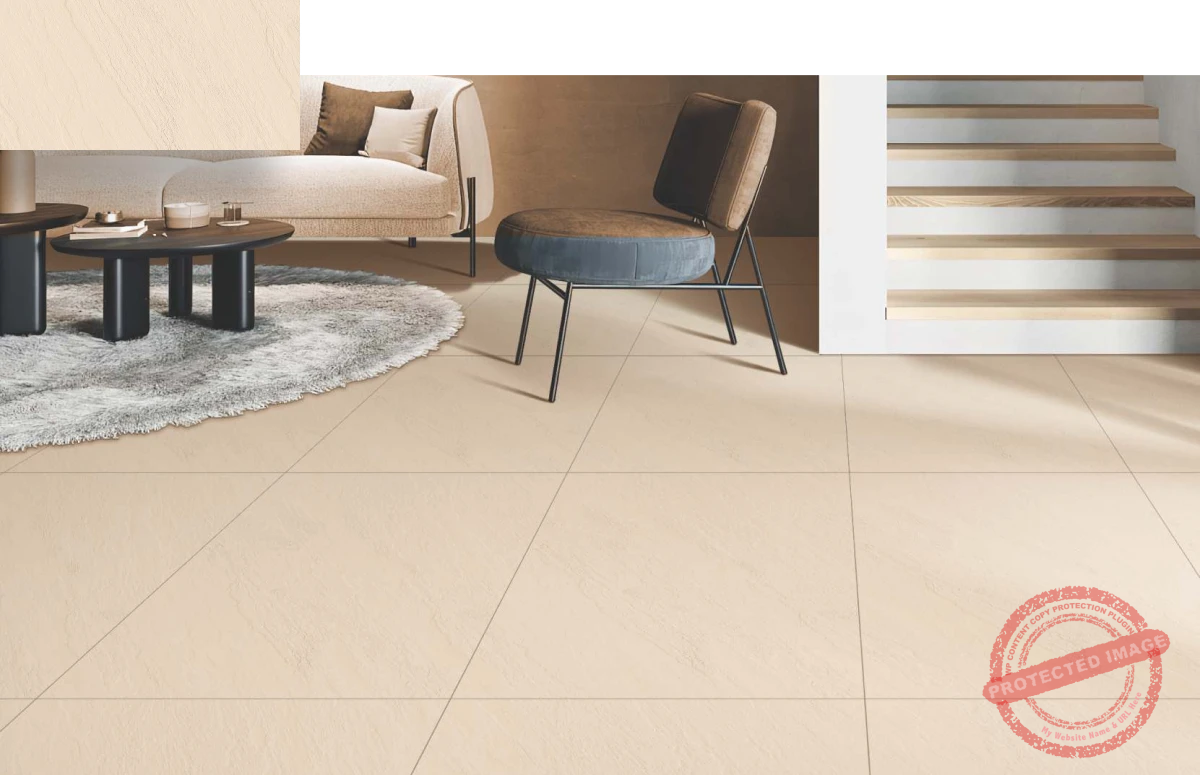
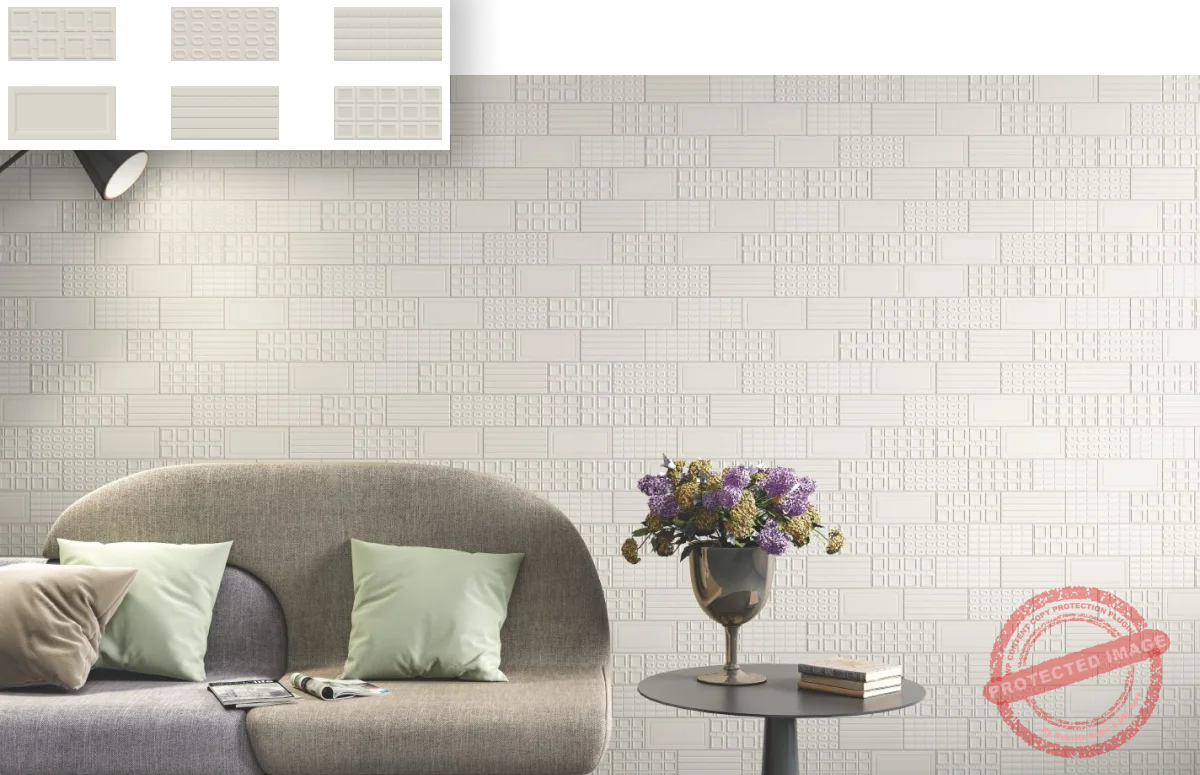
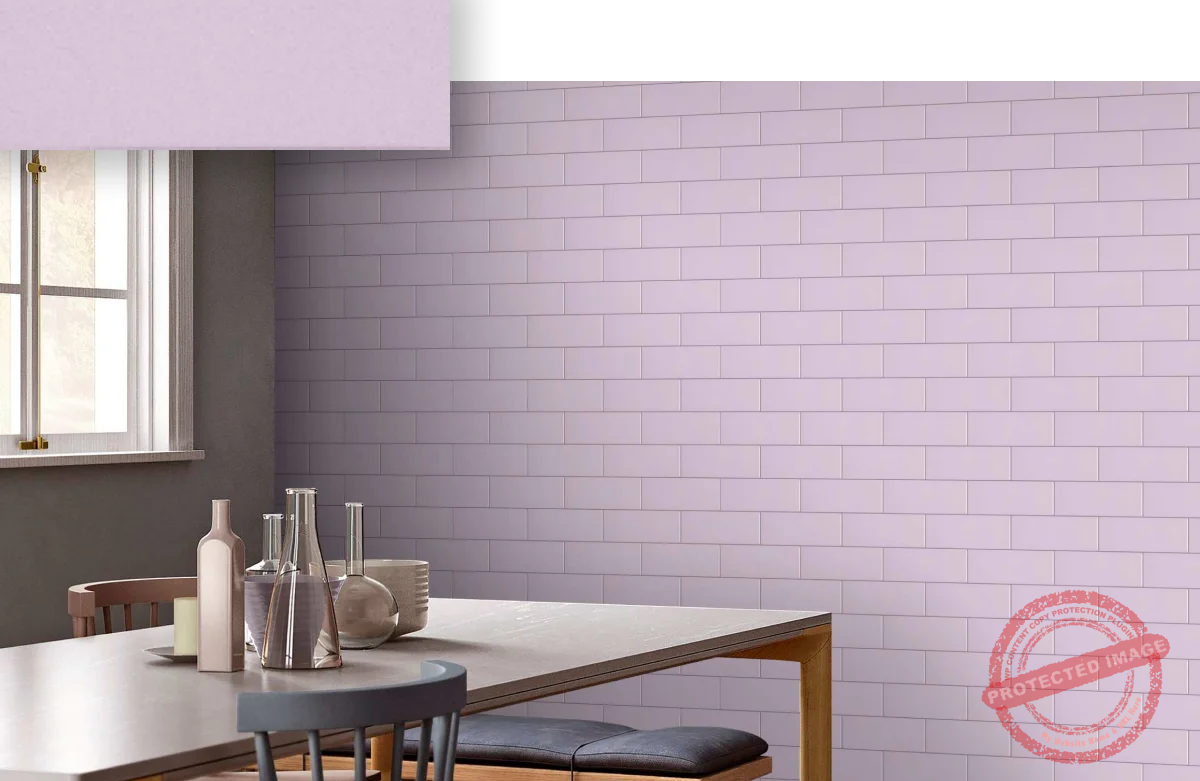
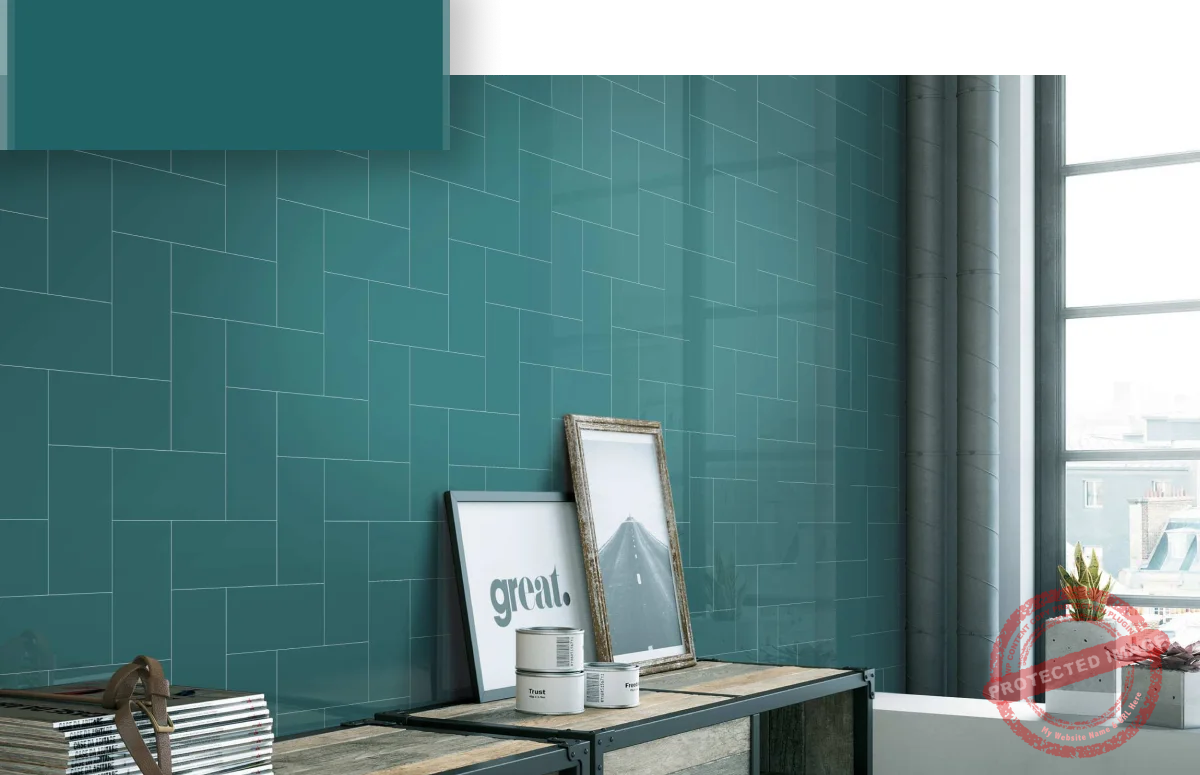
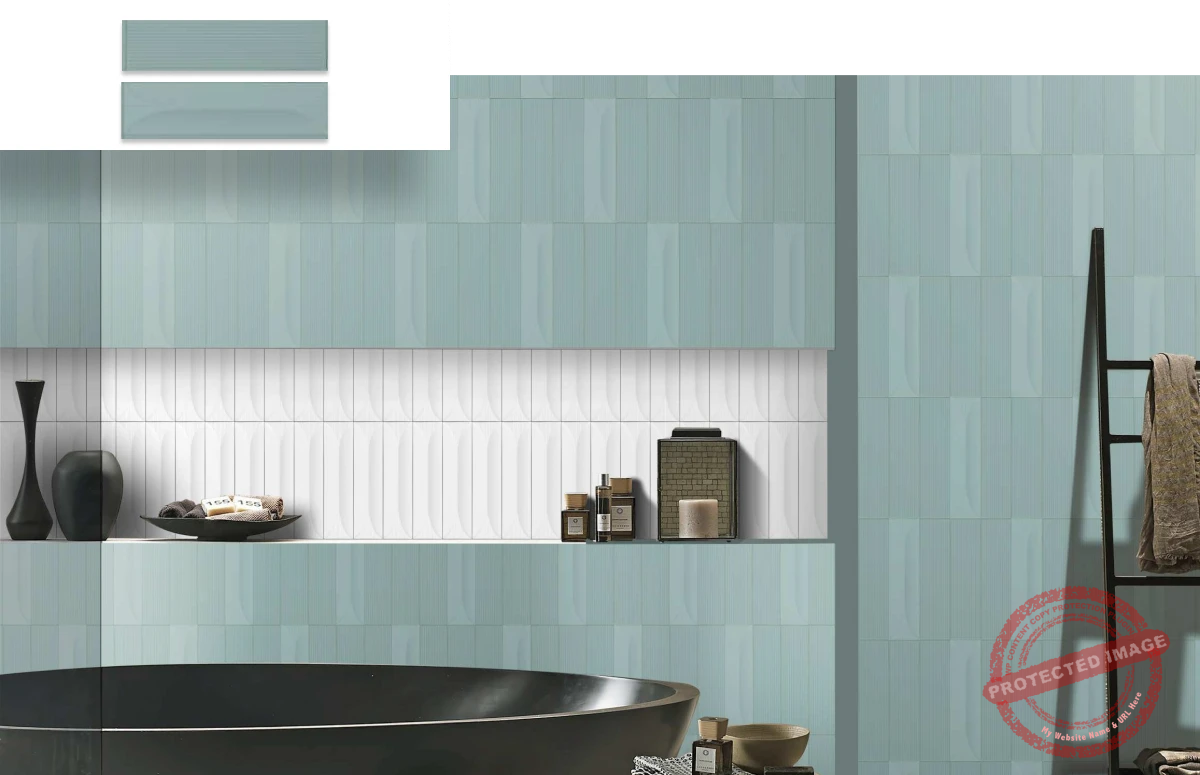
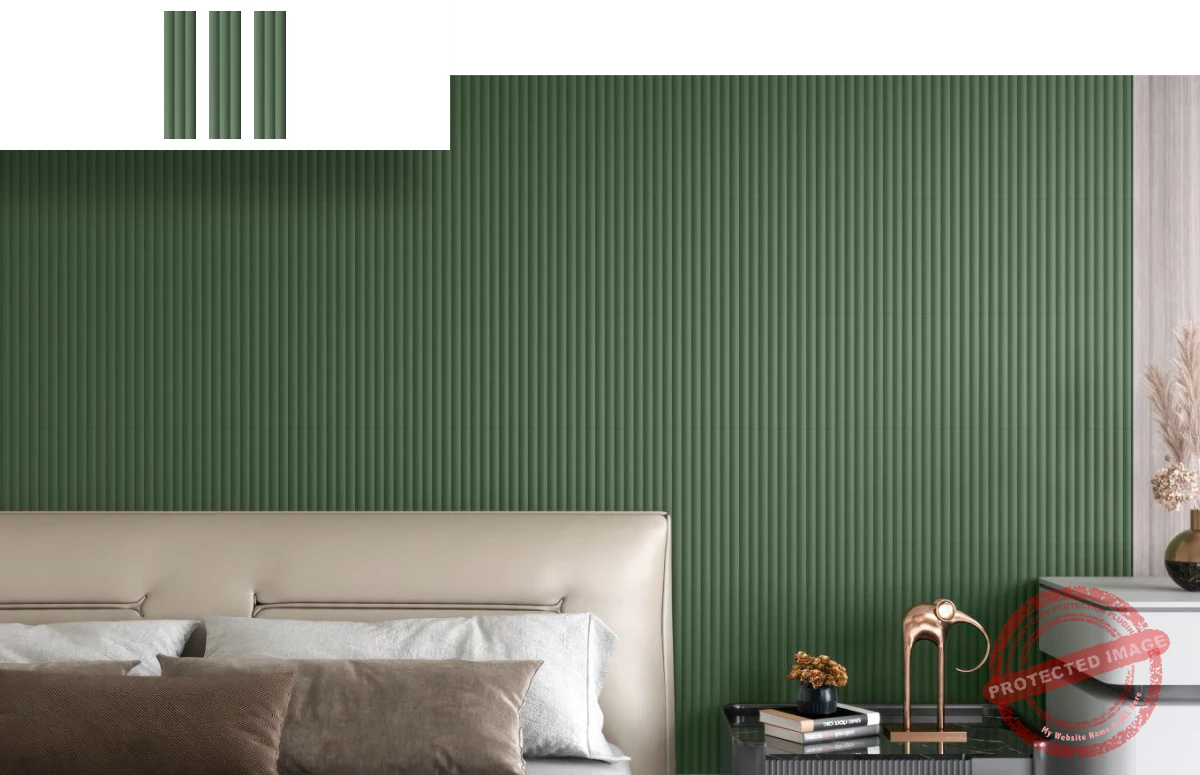
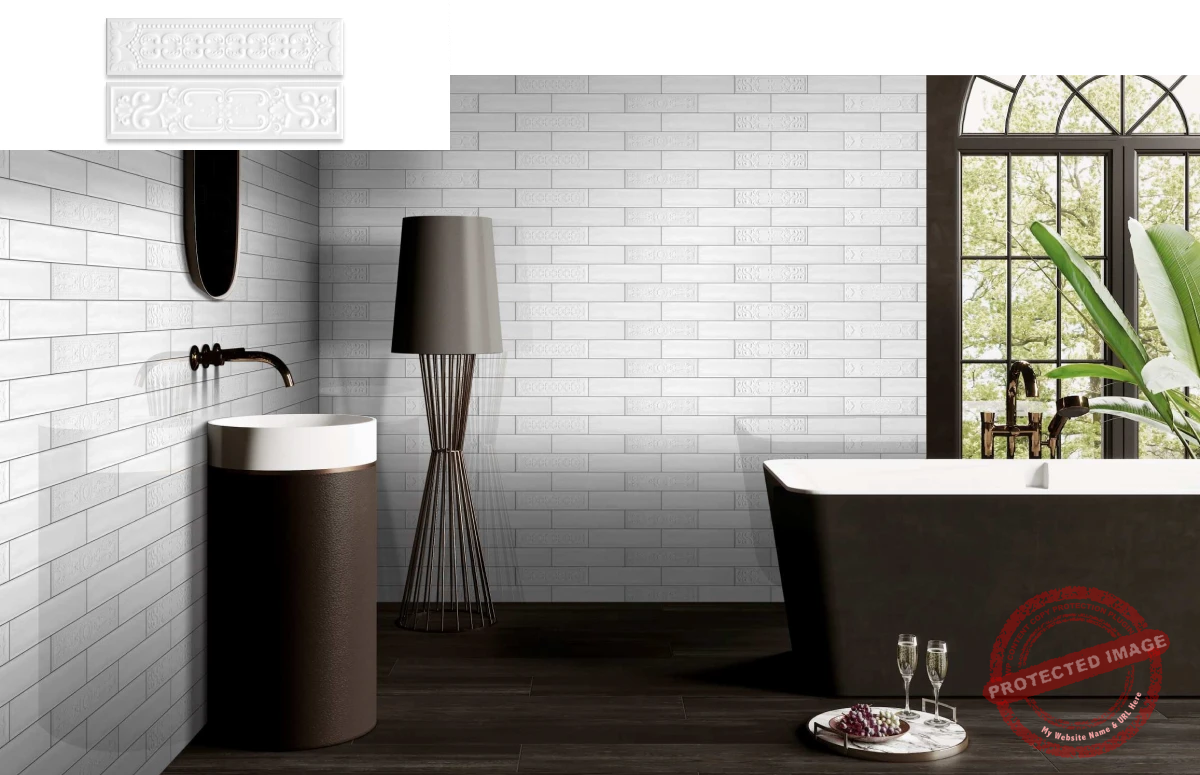
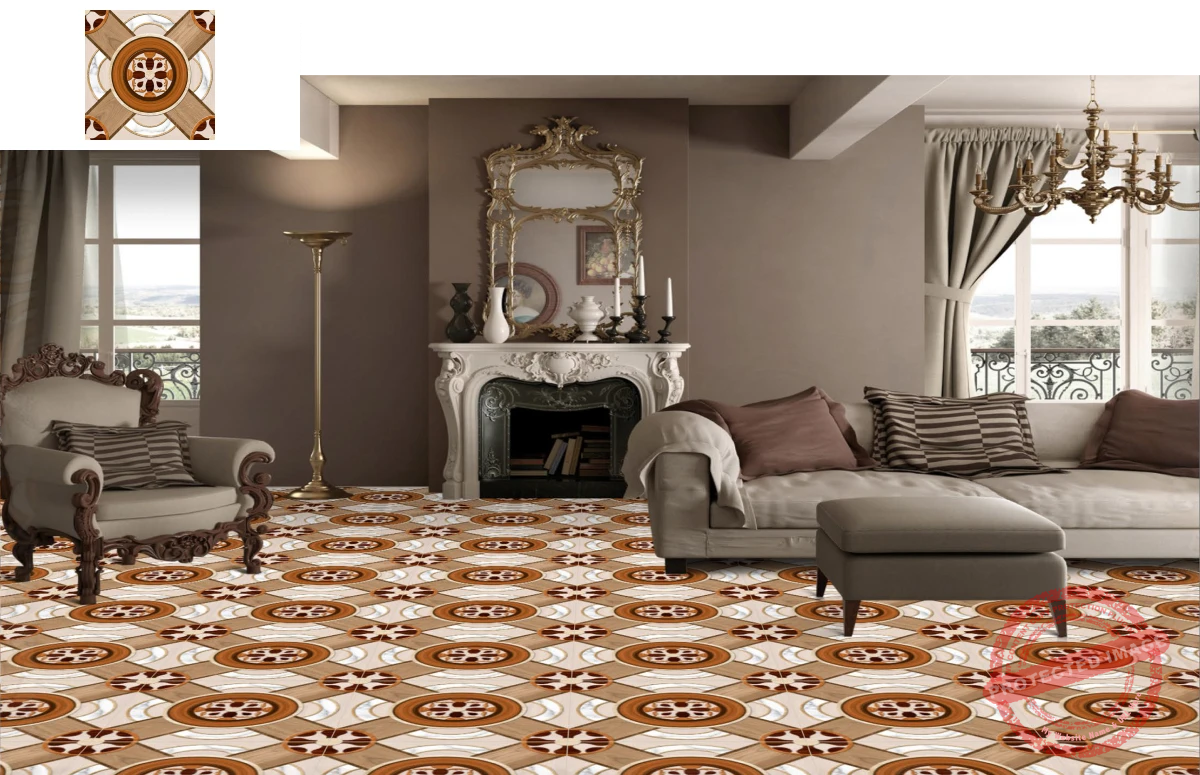
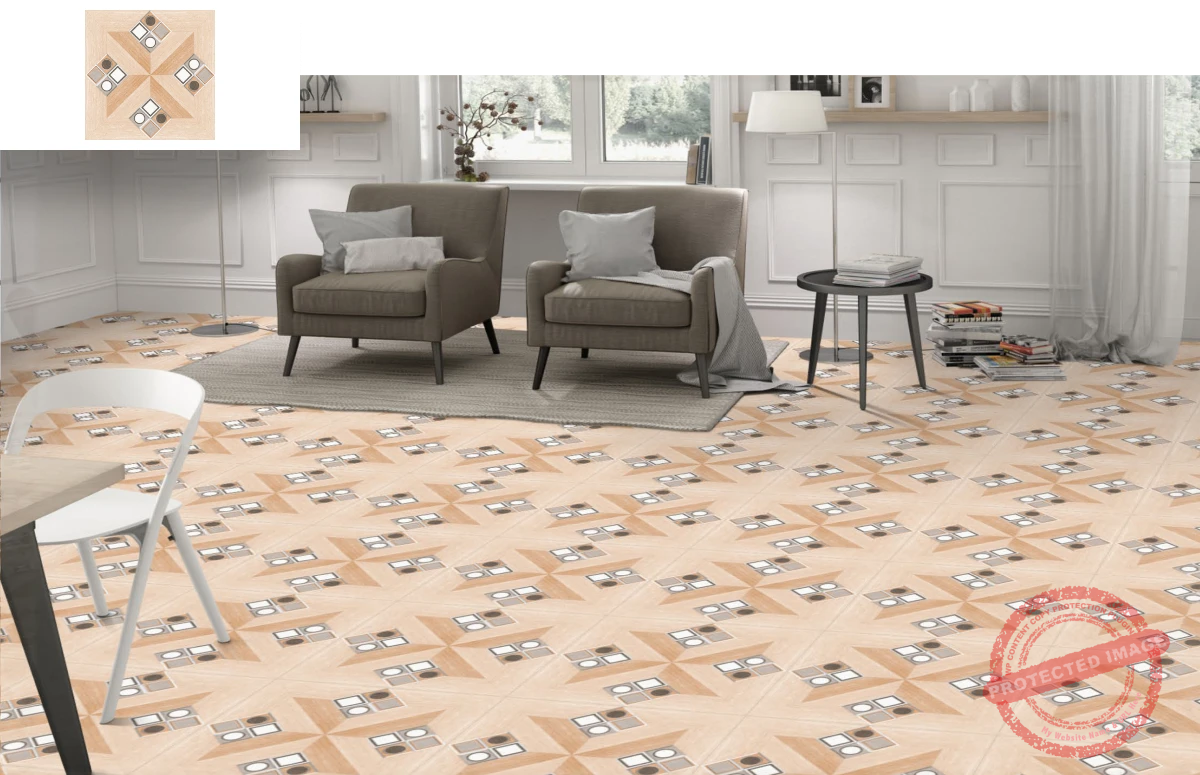
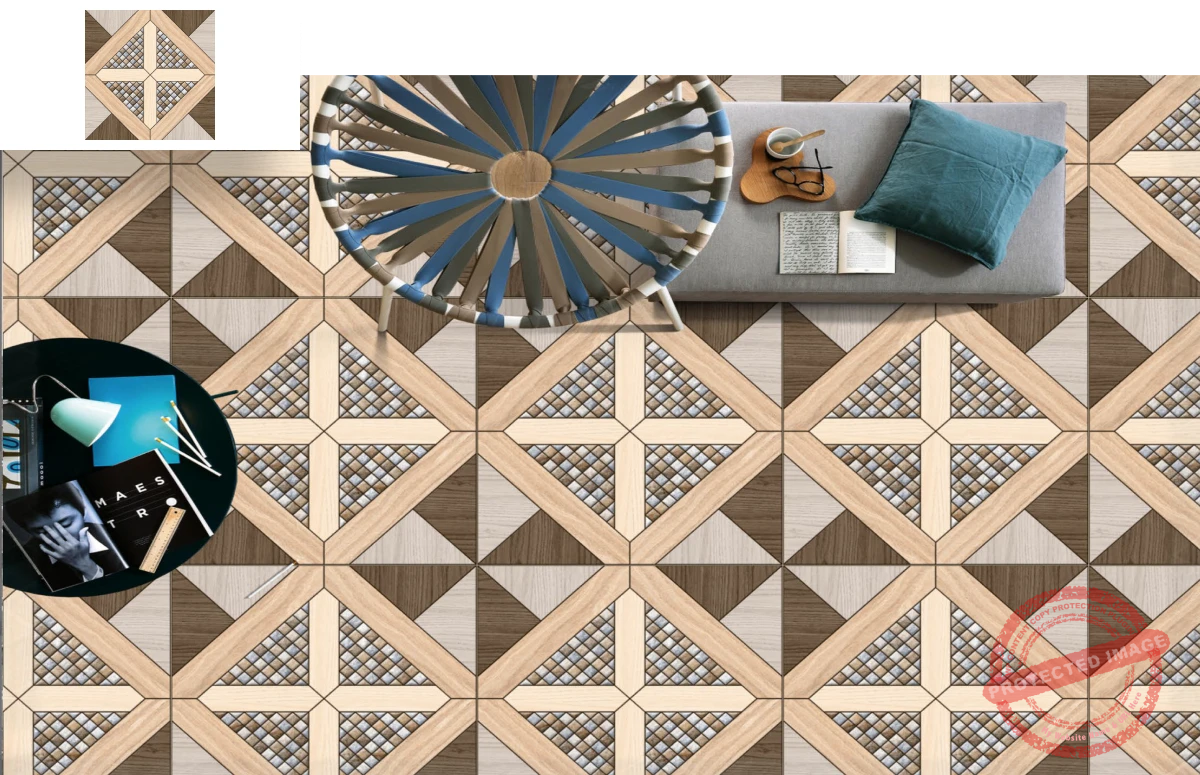
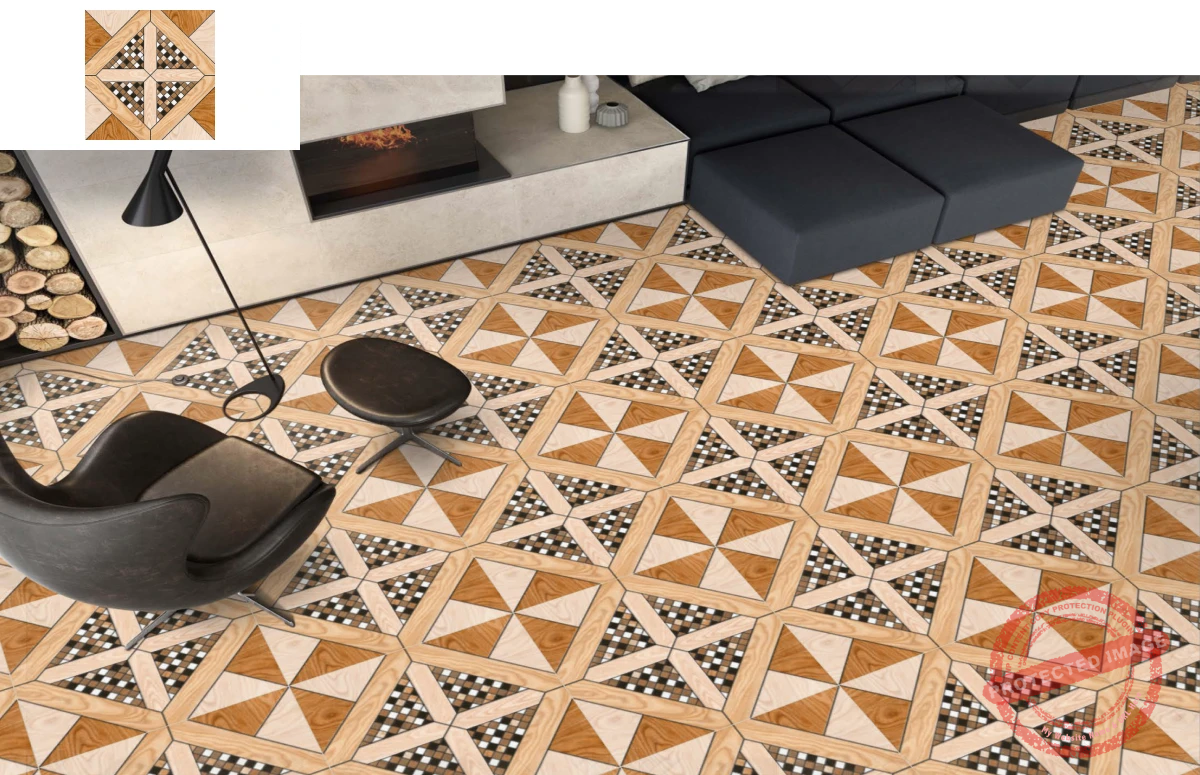
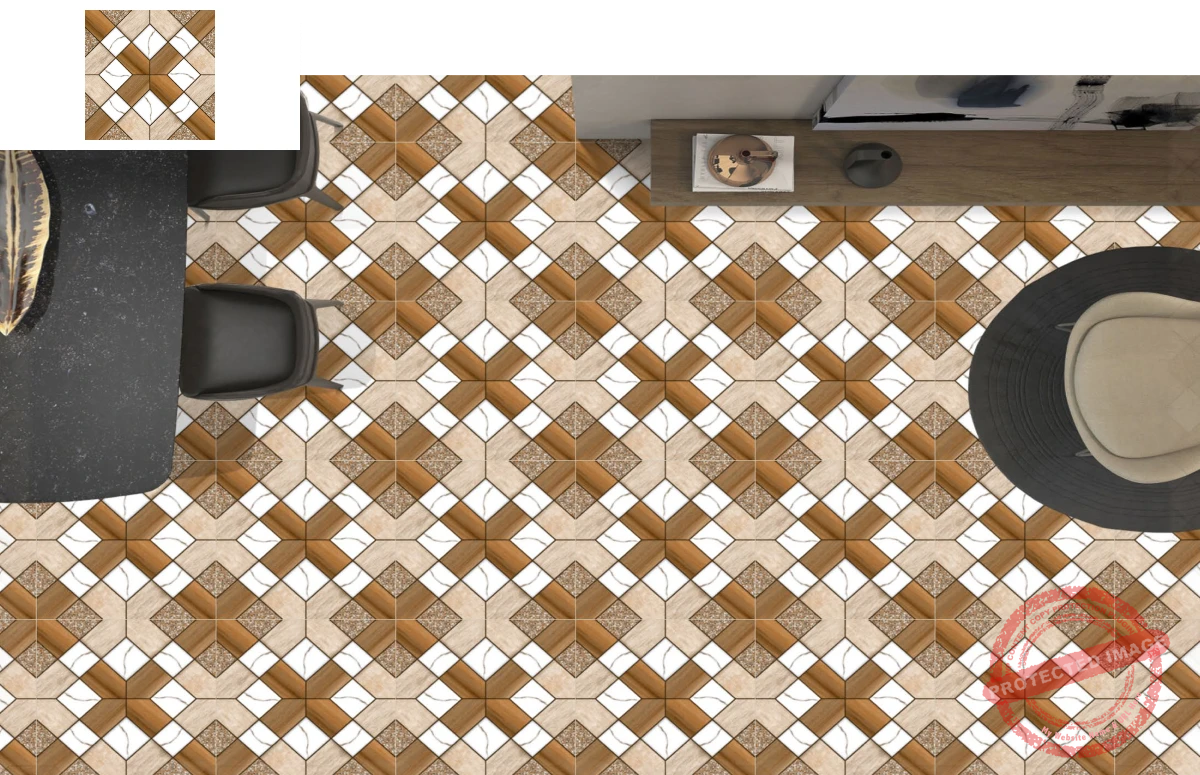
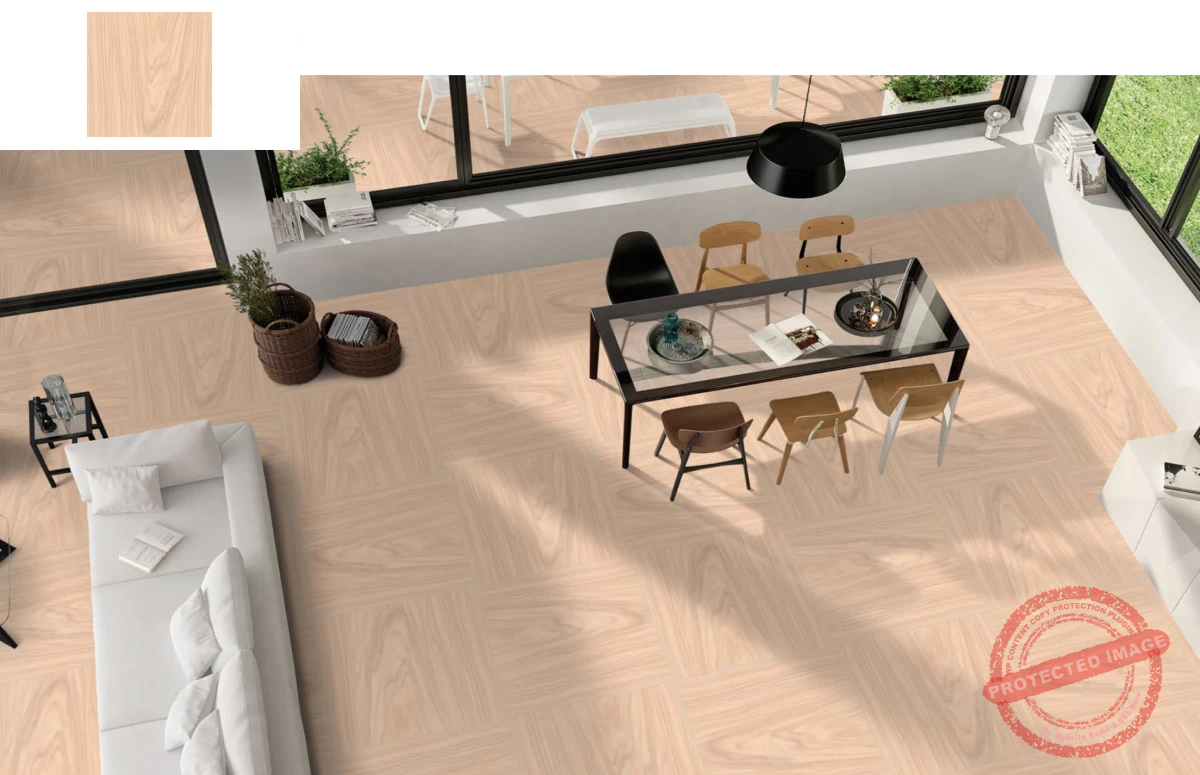
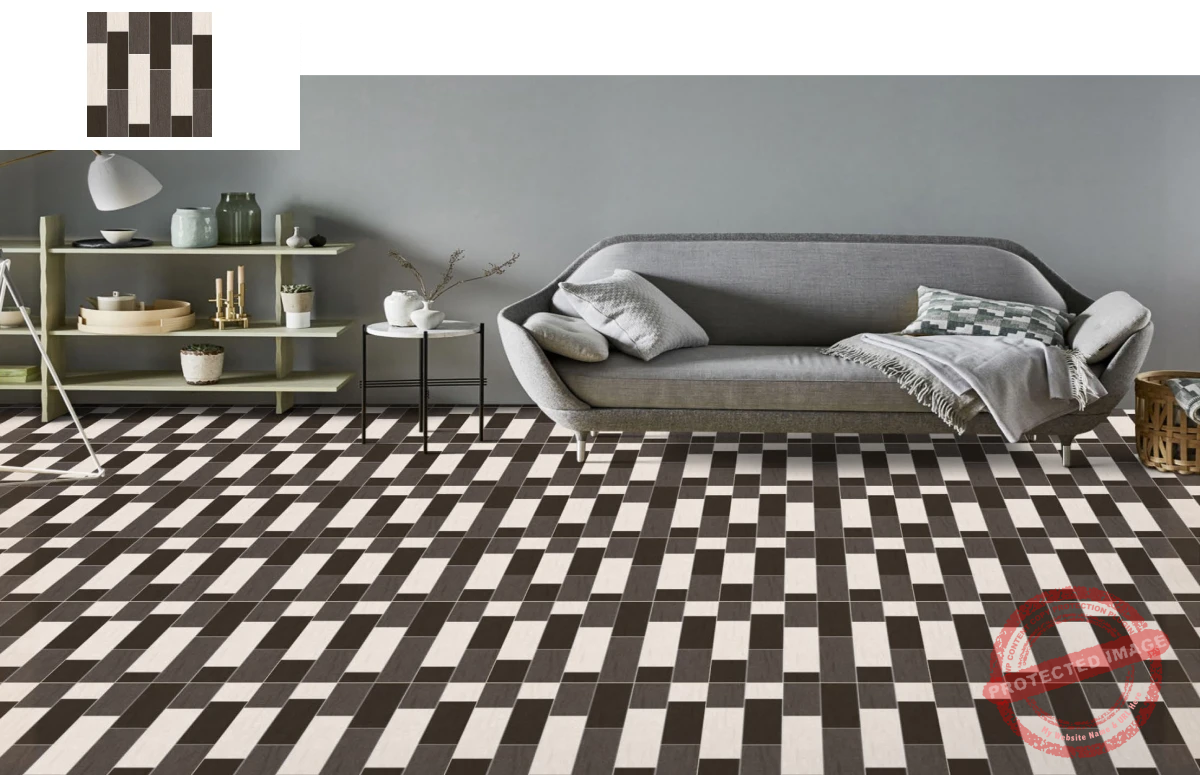
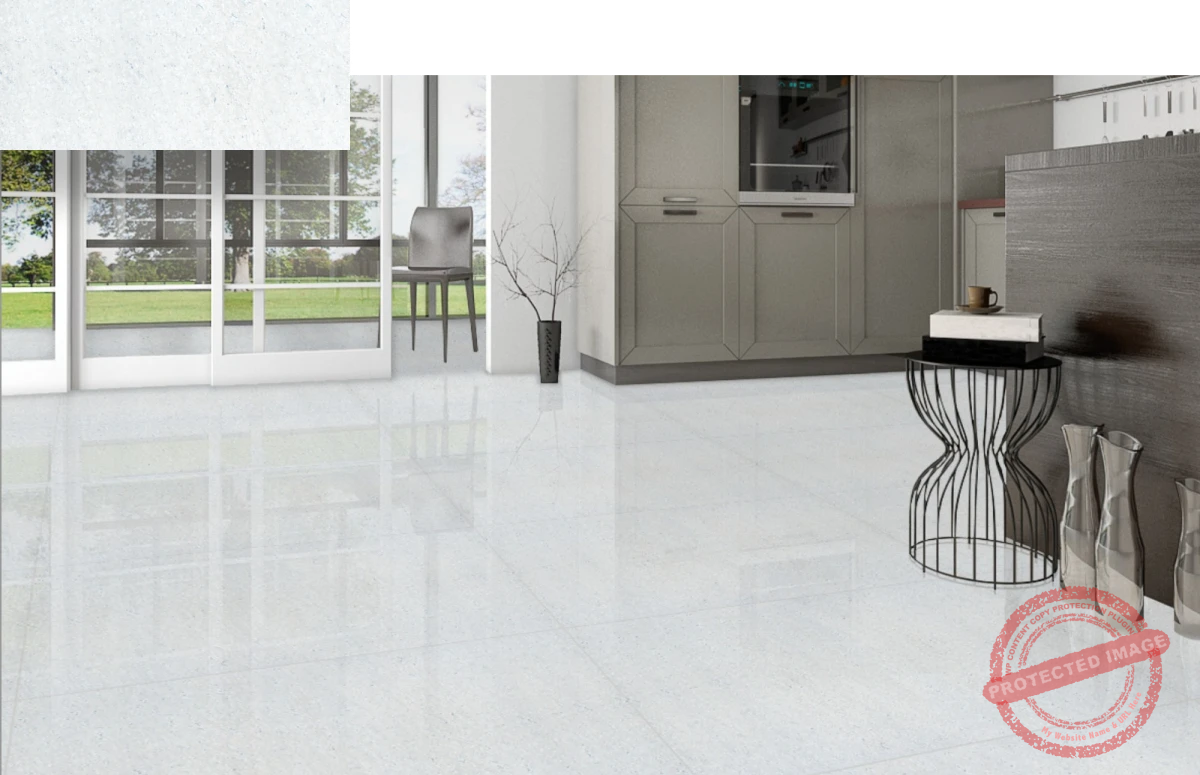
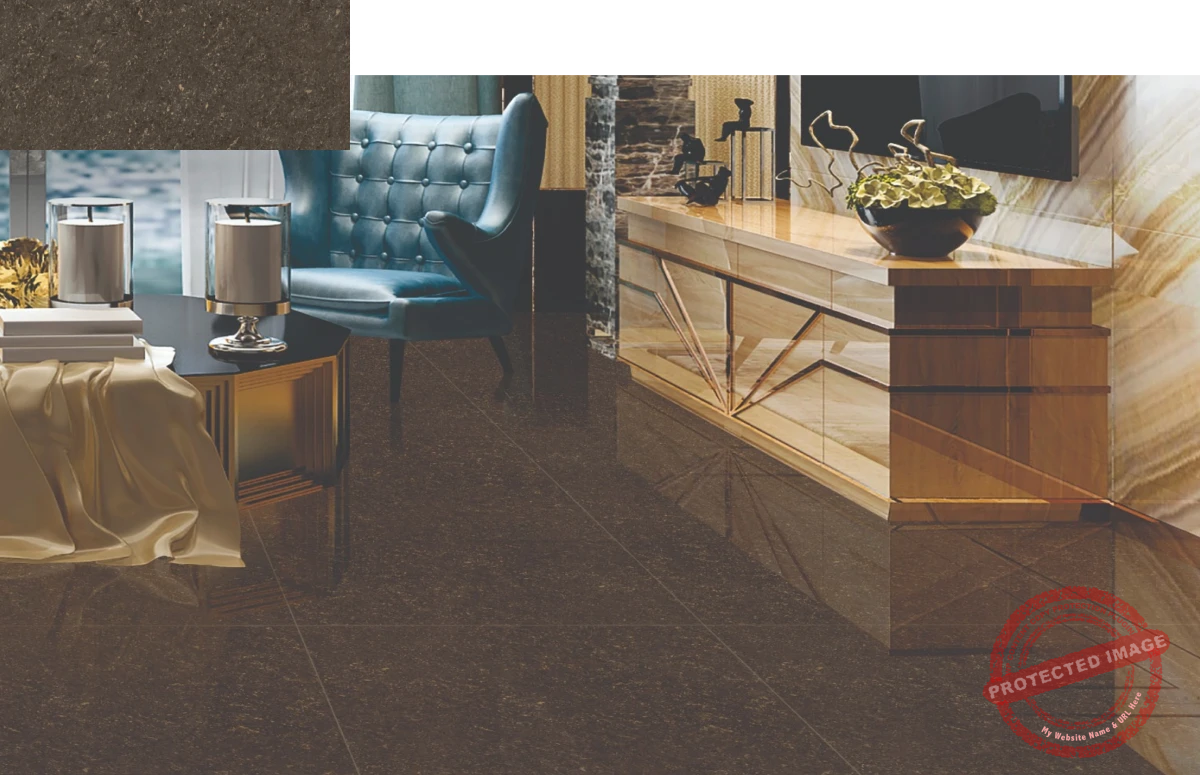
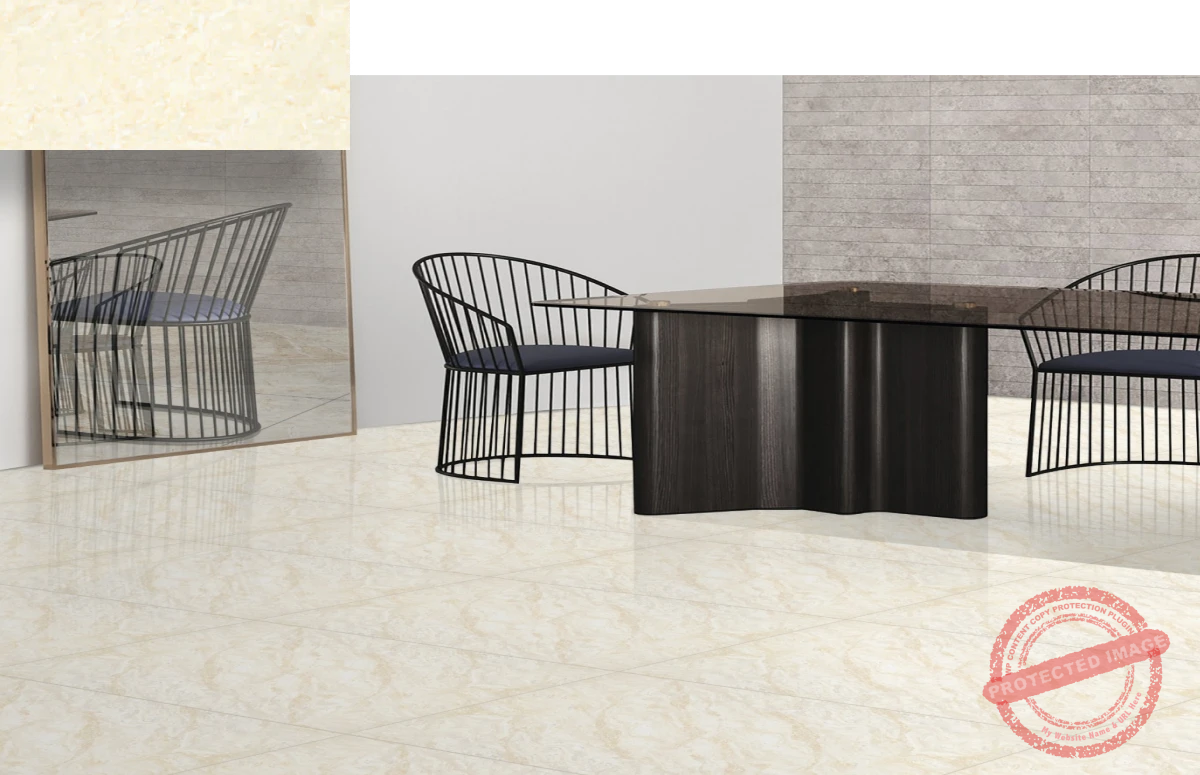
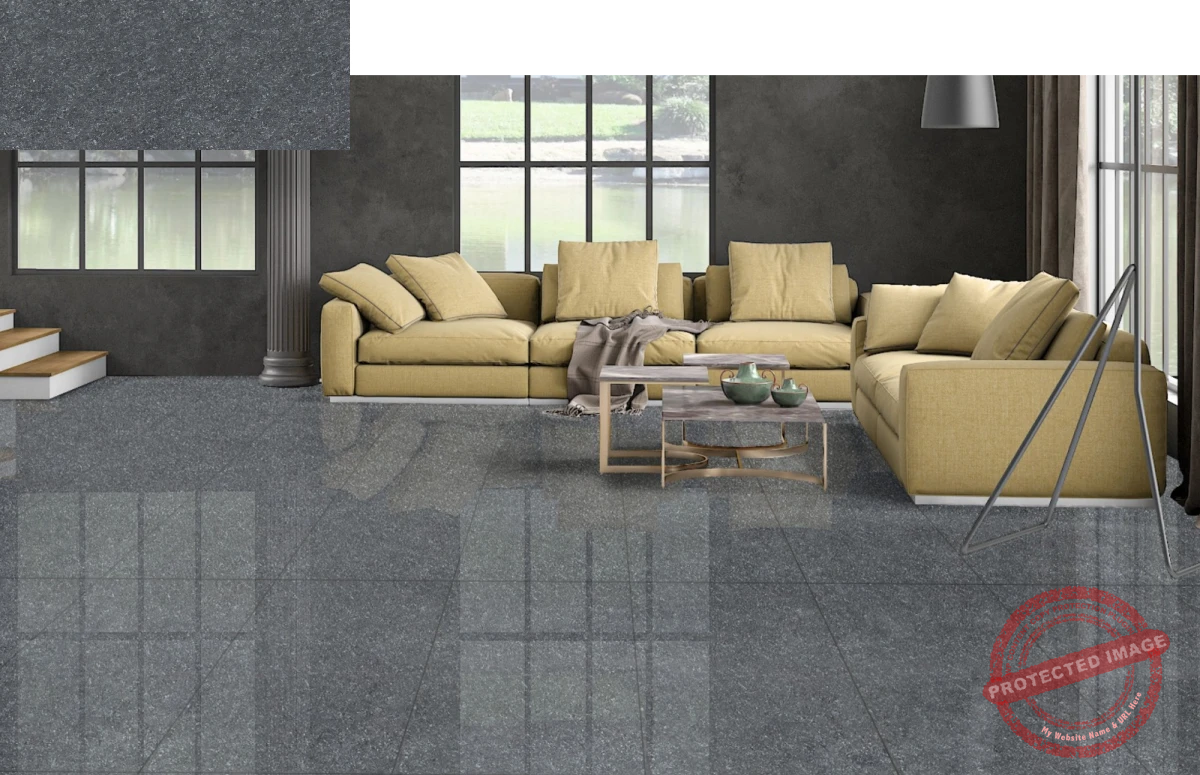
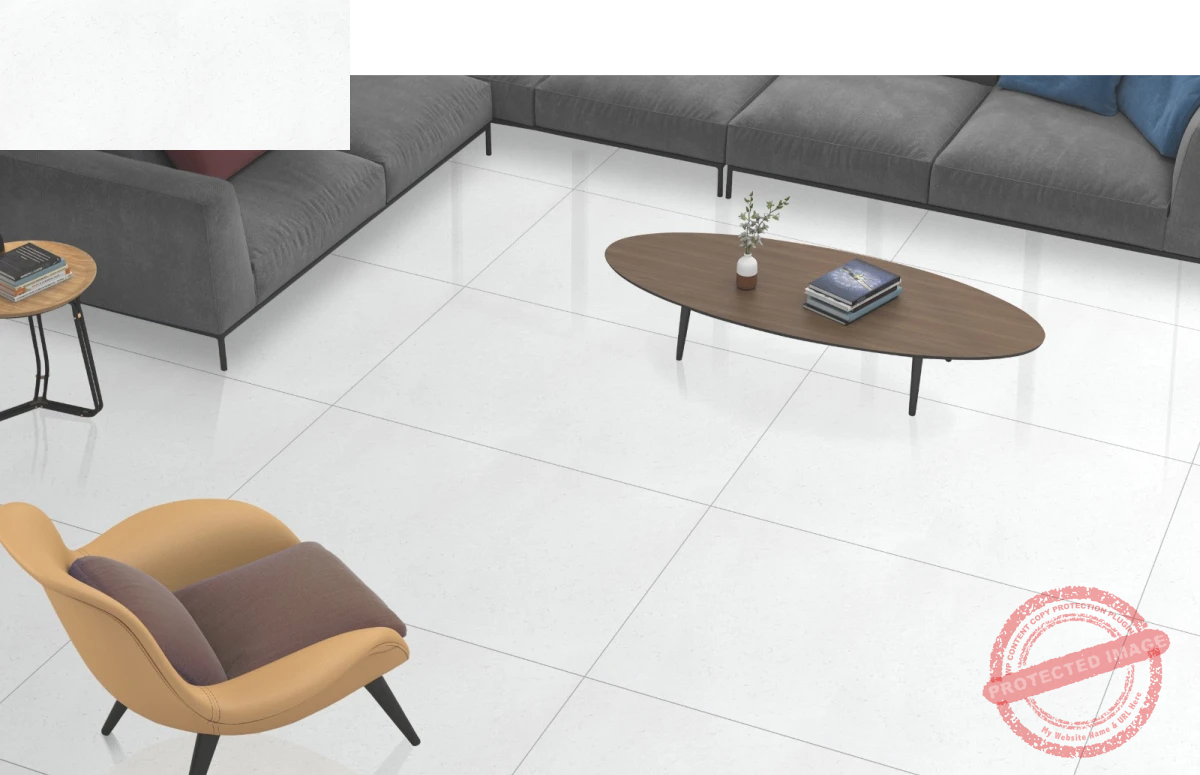
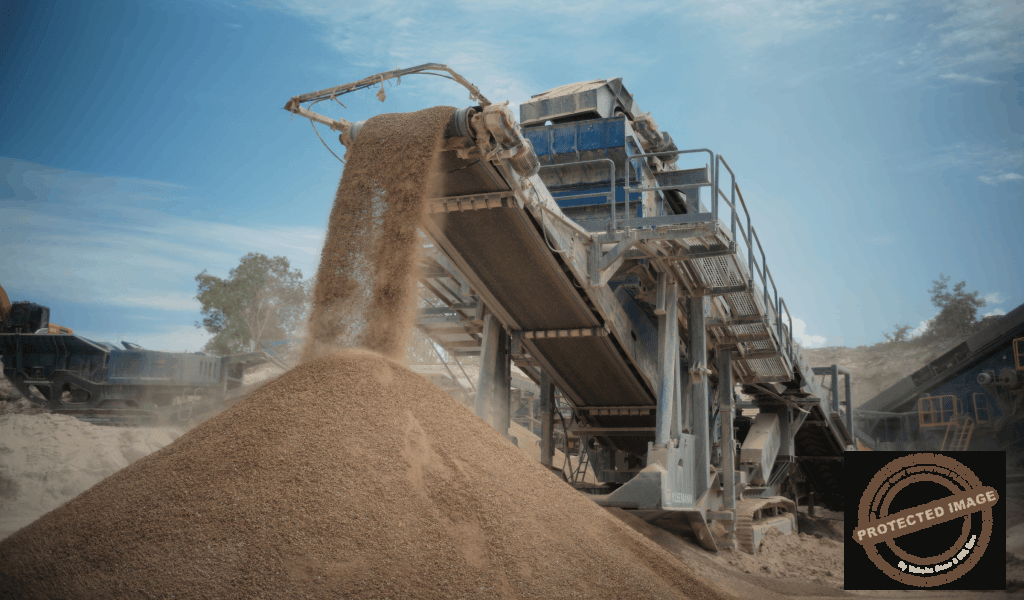 Ceramics are made from three basic ingredients : clay, silica and feldspar
A mixture of components used
1. Clay
2. Filler – e.g., quartz
3. Fluxing agent – Feldspar
Ceramics are made from three basic ingredients : clay, silica and feldspar
A mixture of components used
1. Clay
2. Filler – e.g., quartz
3. Fluxing agent – Feldspar
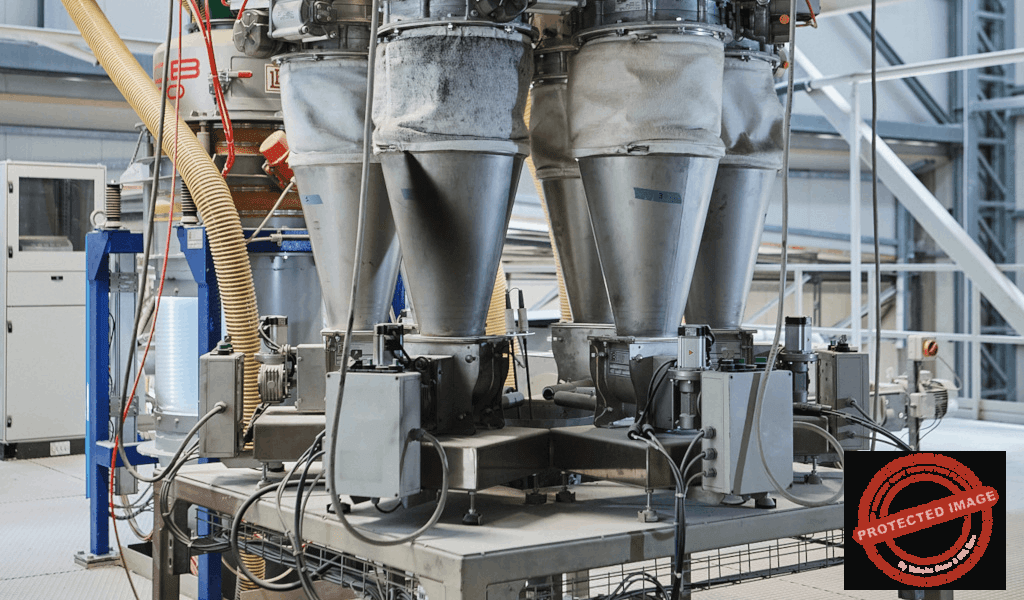 Batching or proportioning may be done by volume or by mass. However, proportioning by mass is far more accurate than that by volume.
Batching or proportioning may be done by volume or by mass. However, proportioning by mass is far more accurate than that by volume.
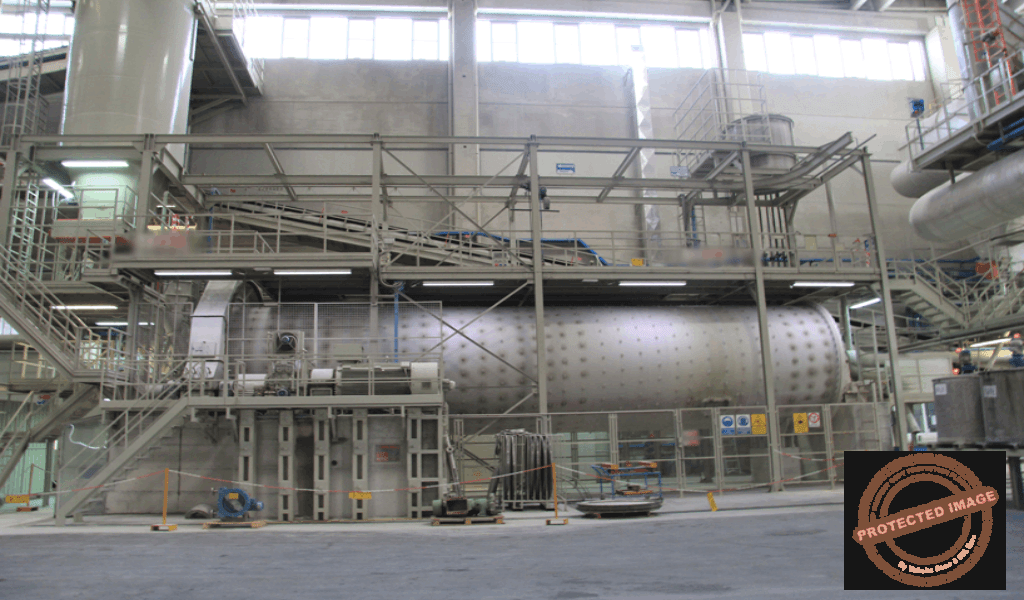 The grinding of solid raw materials involves a whole series of operations aimed at reducing the size of materials.
The grinding of solid raw materials involves a whole series of operations aimed at reducing the size of materials.
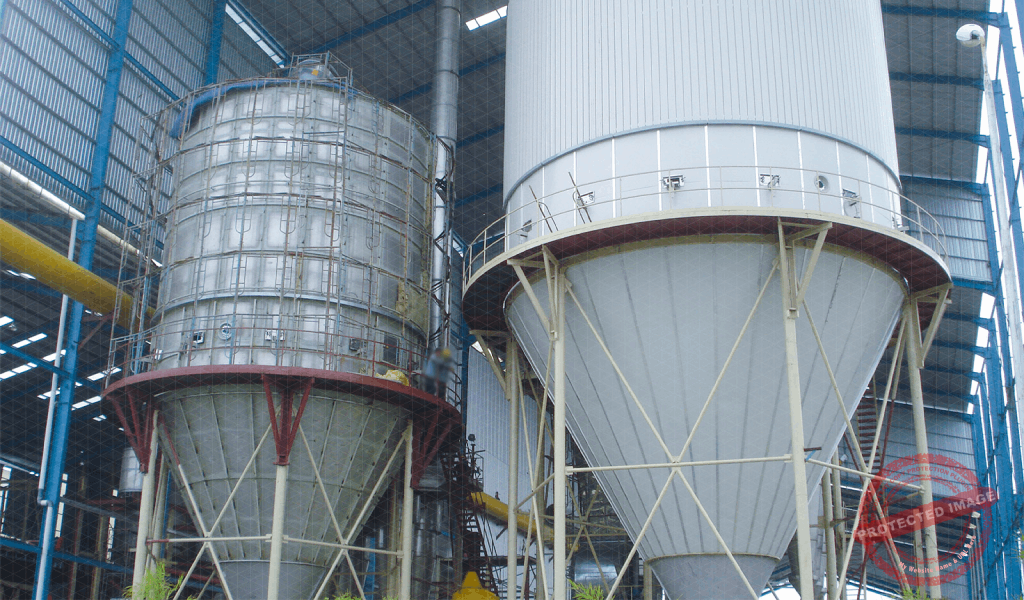 Spray drying is the process that converts the body slip obtained from the mill to a granulate with a size distrubution and moisture content suiteable for pressing.
Spray drying is the process that converts the body slip obtained from the mill to a granulate with a size distrubution and moisture content suiteable for pressing.
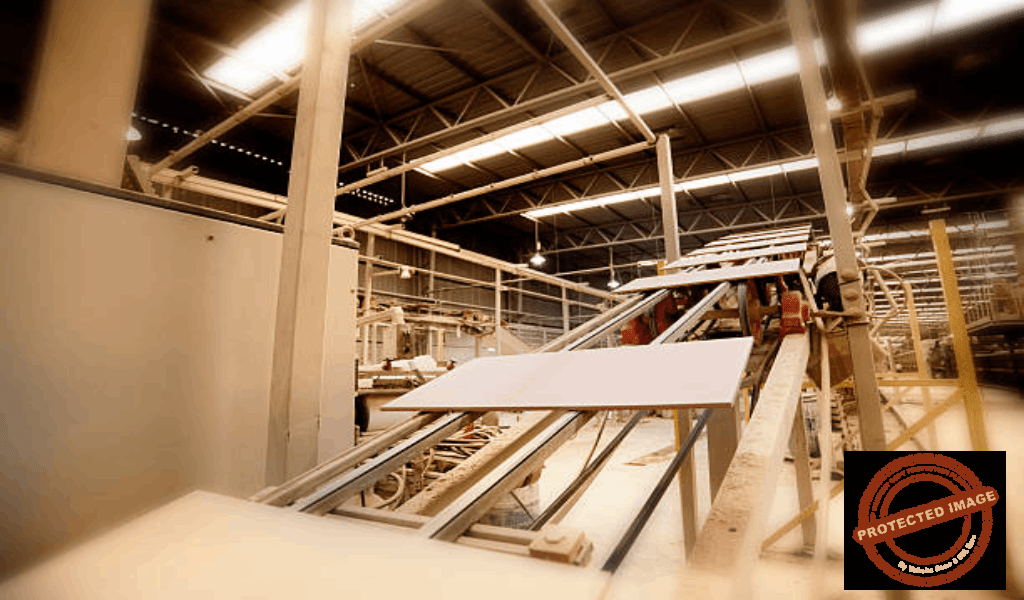 Pressing is the simultaneous compaction and sharping of a powder or granular material confined in a rigid die or flexible mould.
Pressing is the simultaneous compaction and sharping of a powder or granular material confined in a rigid die or flexible mould.
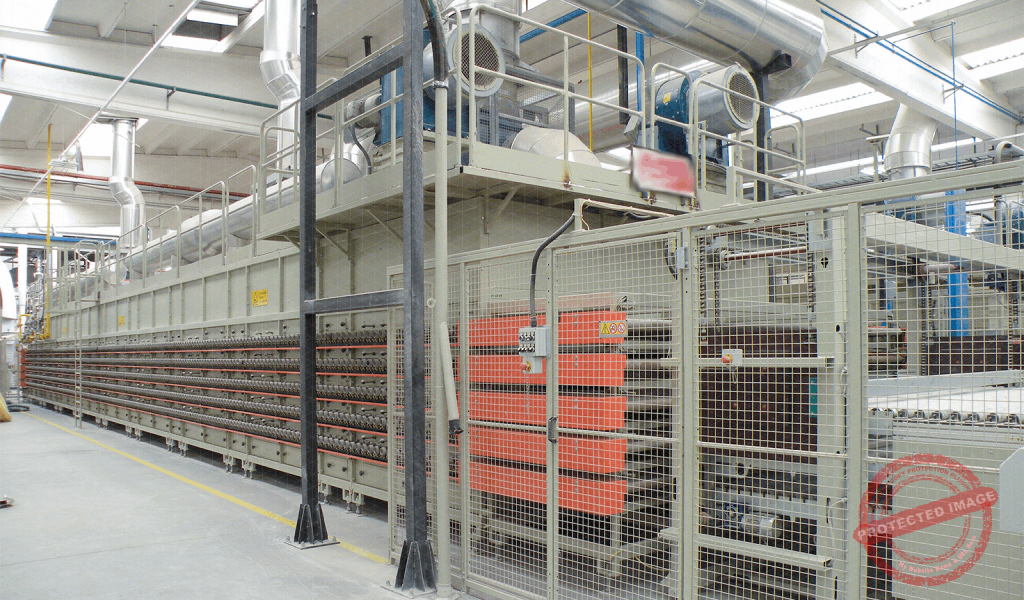 This is carried out to increase the strength of the unfired tile and also to reduce the risk of tile loss due to deformation as the tile rapidly shrinks or cracks as the steam is rapidly evolved in the kiln.
This is carried out to increase the strength of the unfired tile and also to reduce the risk of tile loss due to deformation as the tile rapidly shrinks or cracks as the steam is rapidly evolved in the kiln.
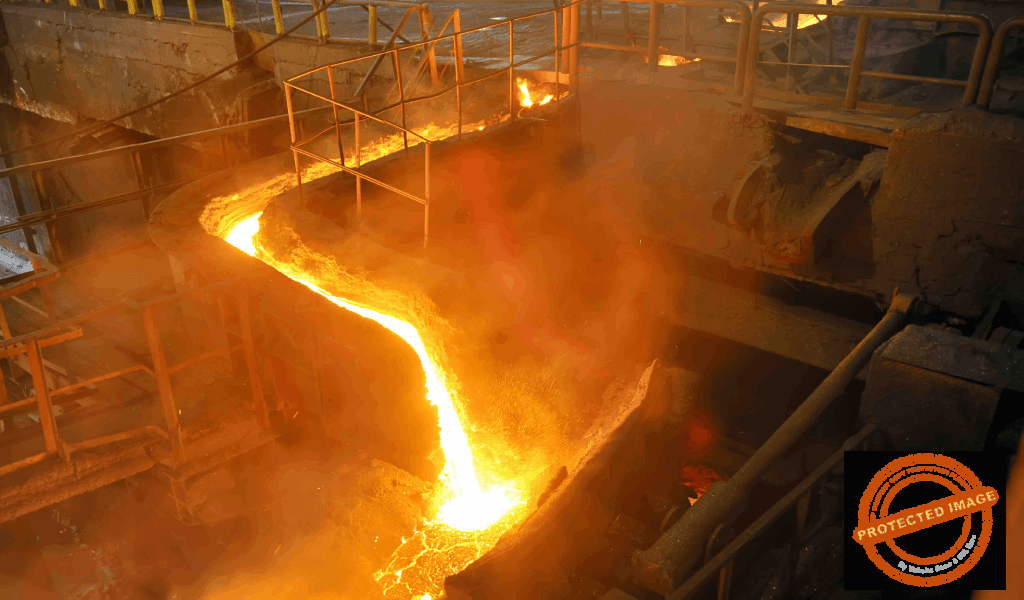 Firing is usually the final stage in the ceramic tile manufacturing, at which the weak, unfired, newly pressed piece of tile is transformed into a strong, durable product due to the effect of chemical and physical reactions within the green body during heating.
Firing is usually the final stage in the ceramic tile manufacturing, at which the weak, unfired, newly pressed piece of tile is transformed into a strong, durable product due to the effect of chemical and physical reactions within the green body during heating.
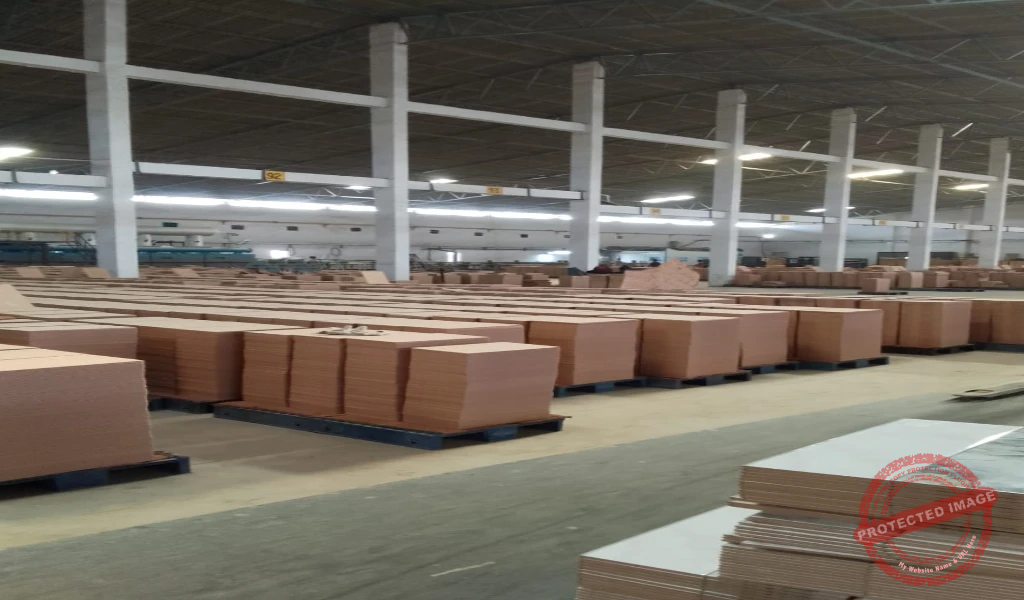 Once the tiles have been fired, they are carefully inspected for any defects, such as cracks, chips, or uneven coloring. Any defective tiles are discarded. The remaining tiles are then cleaned and polished to give them a smooth, shiny finish.
Once the tiles have been fired, they are carefully inspected for any defects, such as cracks, chips, or uneven coloring. Any defective tiles are discarded. The remaining tiles are then cleaned and polished to give them a smooth, shiny finish.
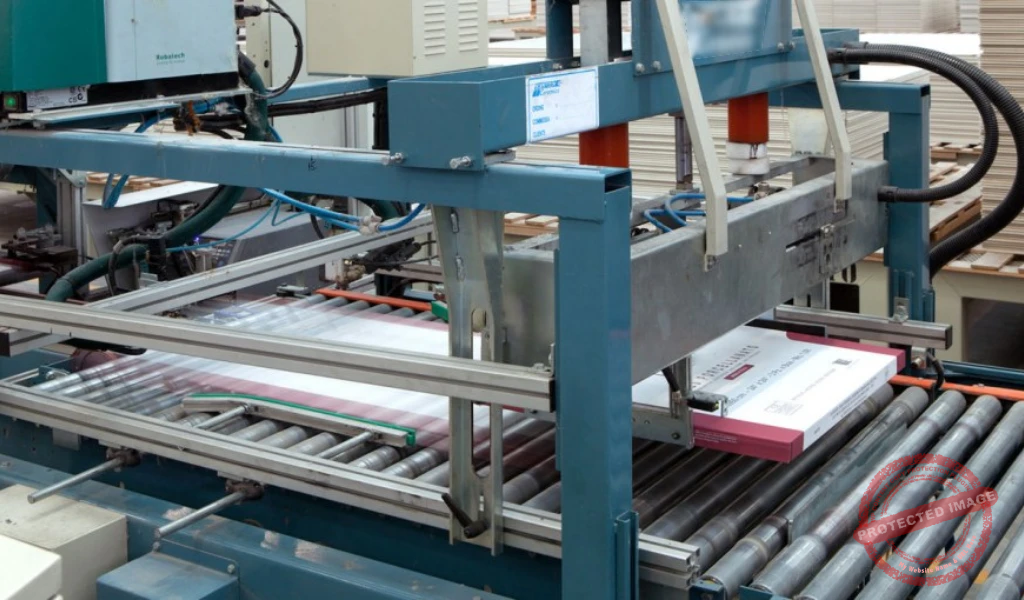 The finished tiles are sorted by size, color, and finish. This ensures that the tiles are easy to identify and select for different projects.
The finished tiles are sorted by size, color, and finish. This ensures that the tiles are easy to identify and select for different projects.
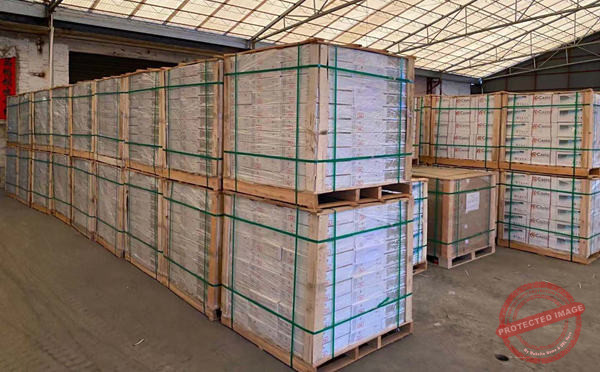 The tiles are then packaged for shipping. The packaging protects the tiles from damage during transportation. The type of packaging used depends on the size and weight of the tiles.
The tiles are then packaged for shipping. The packaging protects the tiles from damage during transportation. The type of packaging used depends on the size and weight of the tiles.
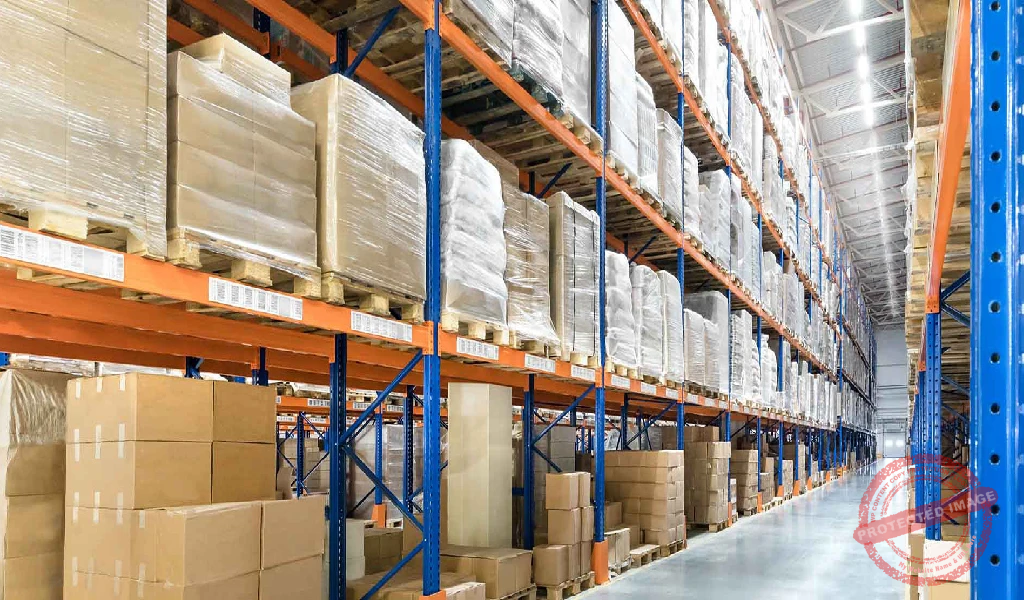 The packaged tiles are then stored in a warehouse until they are needed. The warehouse must be climate-controlled to protect the tiles from damage from moisture and temperature extremes.
The packaged tiles are then stored in a warehouse until they are needed. The warehouse must be climate-controlled to protect the tiles from damage from moisture and temperature extremes.
 The tiles are shipped from the warehouse to the customer. The tiles are typically shipped by truck or by rail. The type of shipping used depends on the distance the tiles need to be shipped.
The tiles are shipped from the warehouse to the customer. The tiles are typically shipped by truck or by rail. The type of shipping used depends on the distance the tiles need to be shipped.
